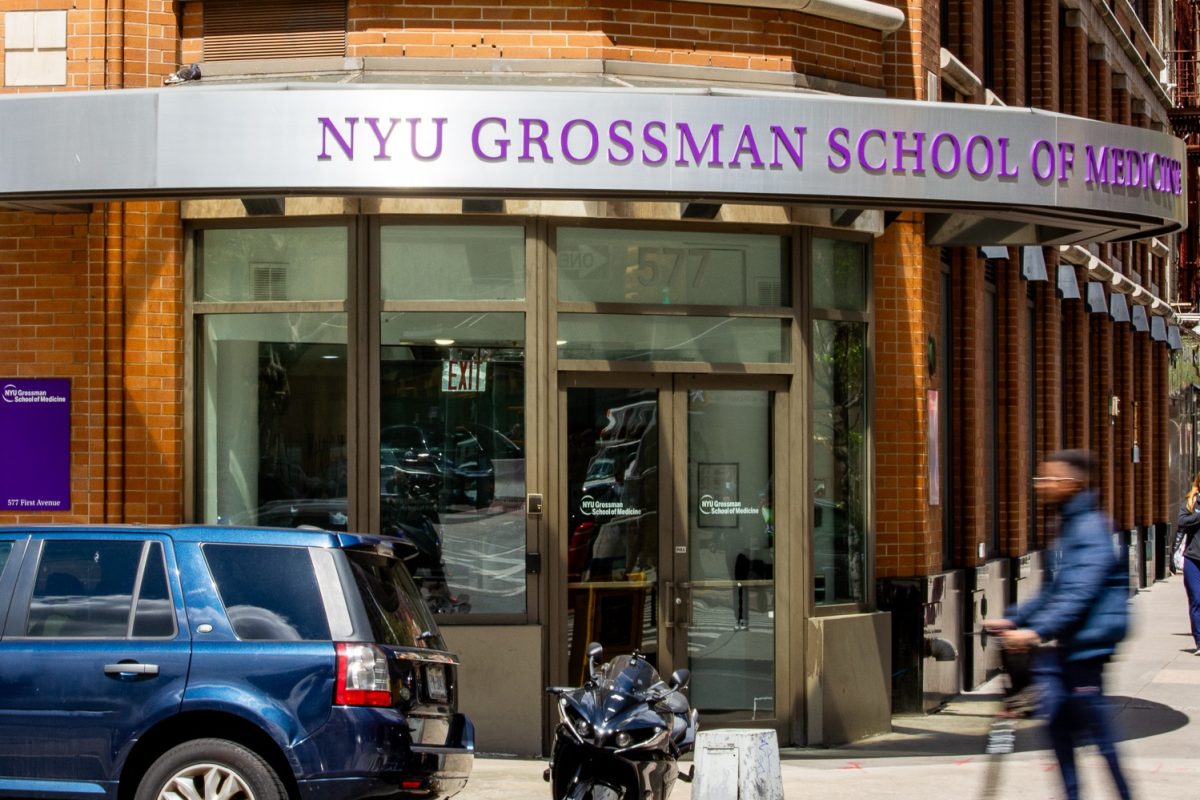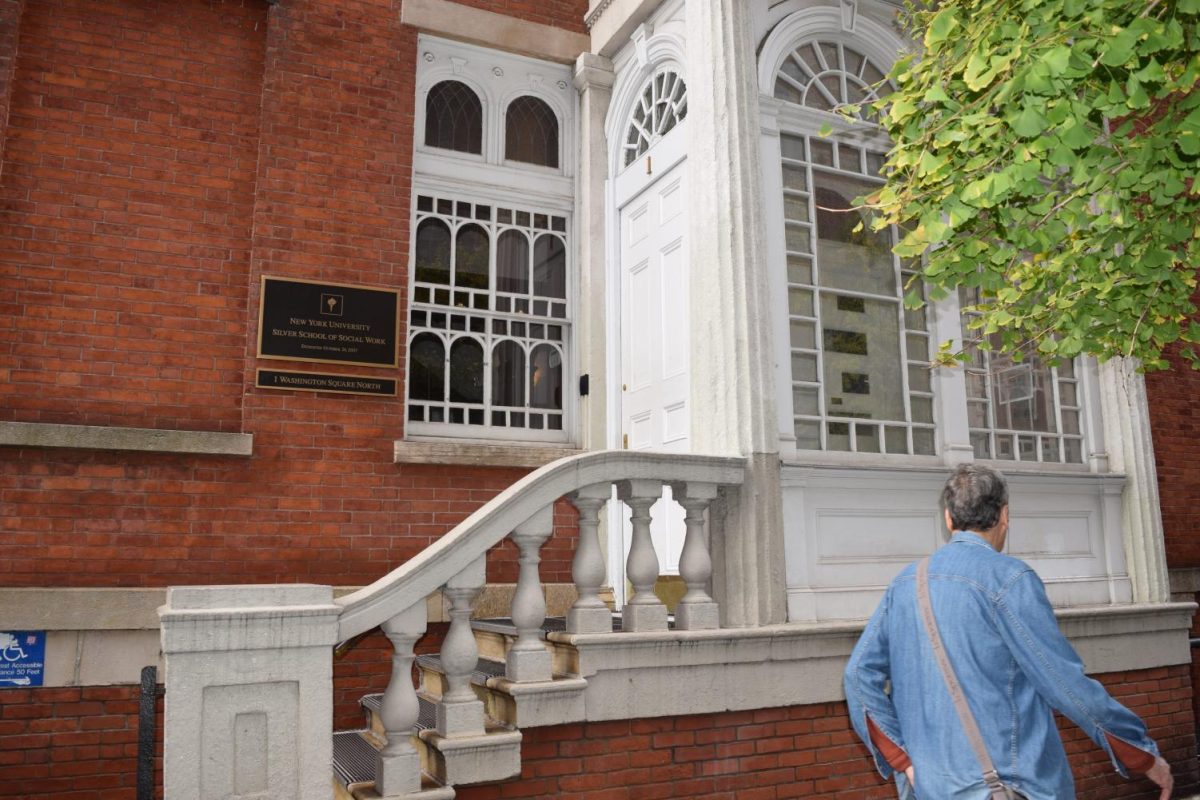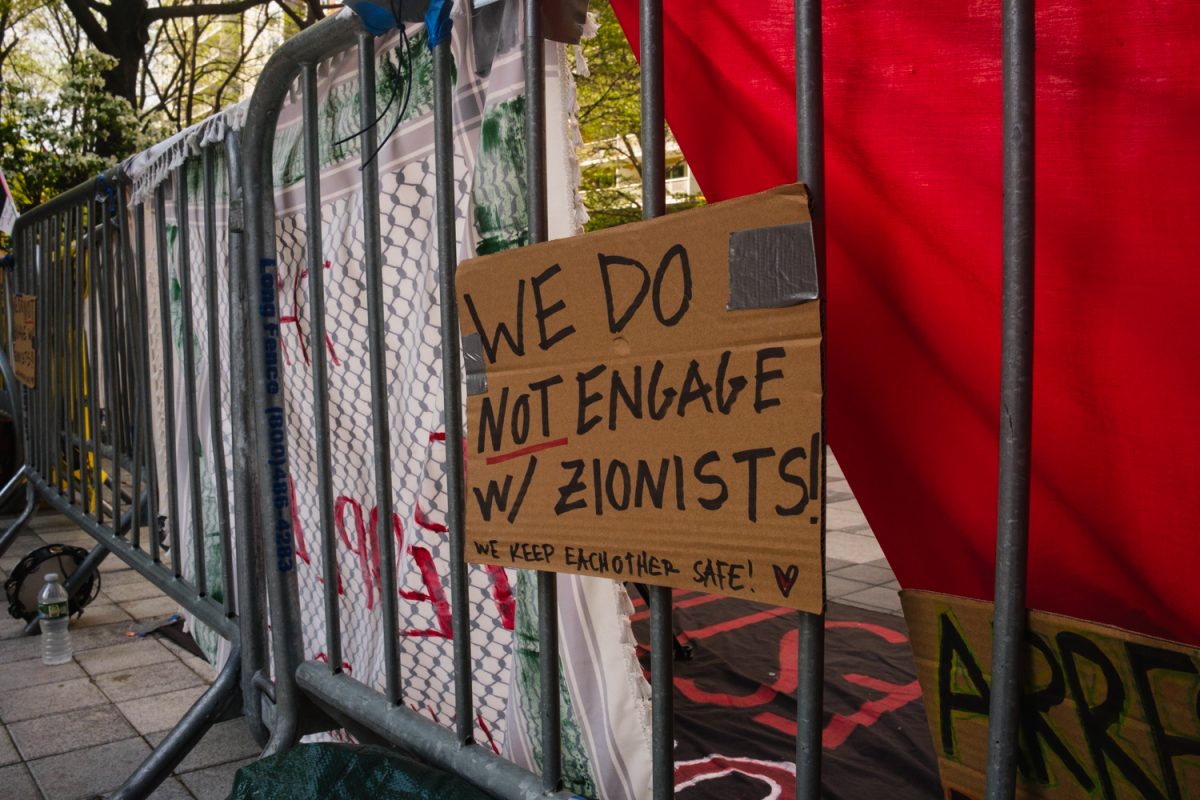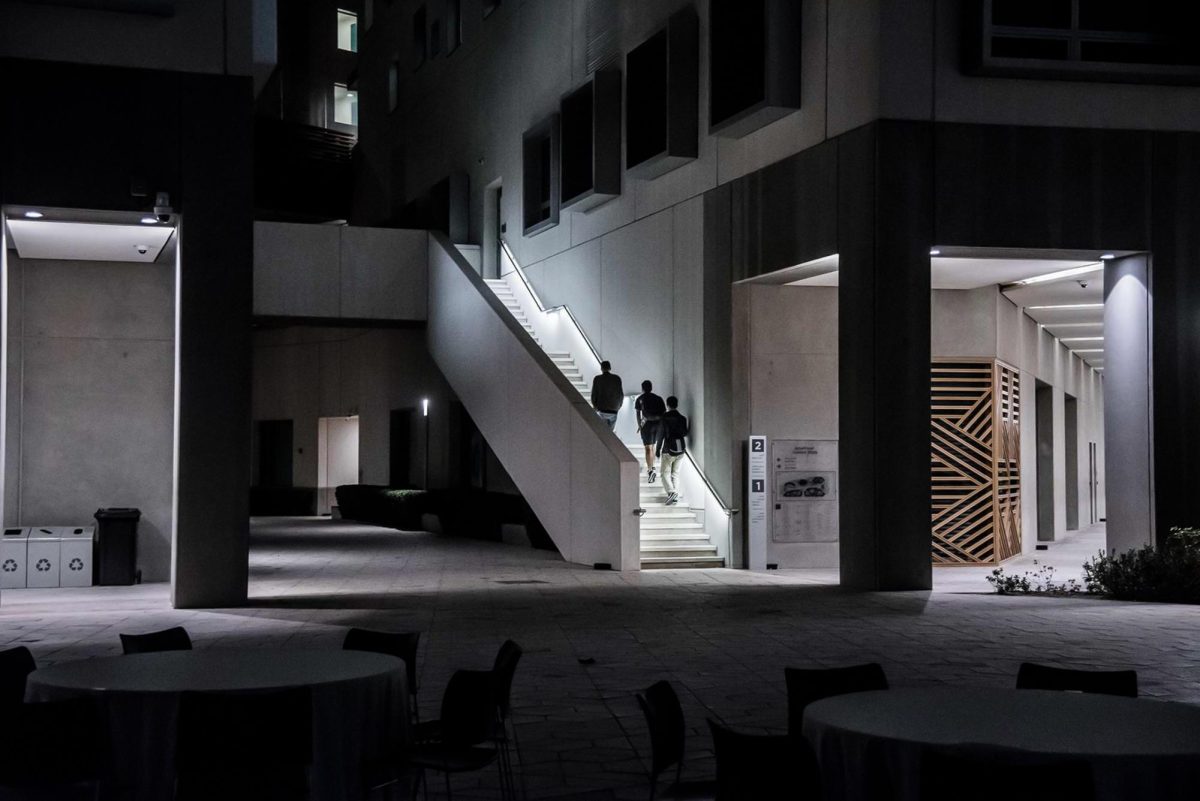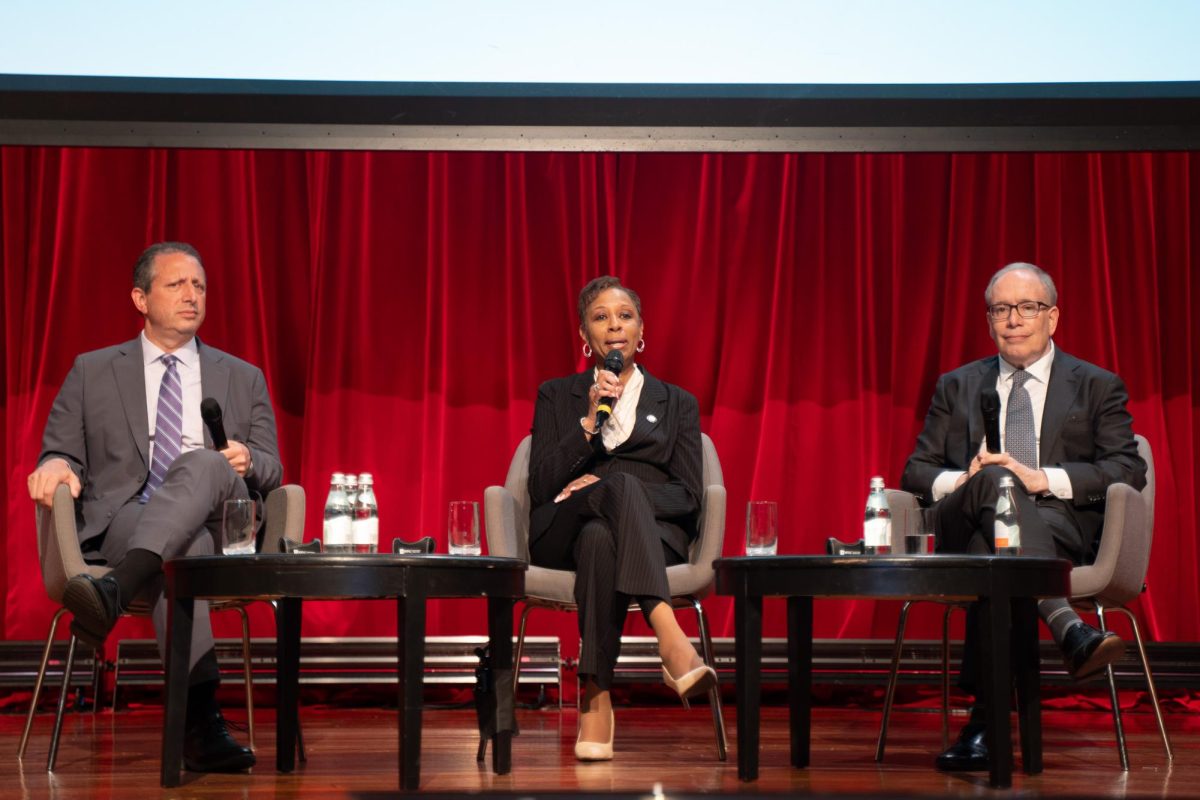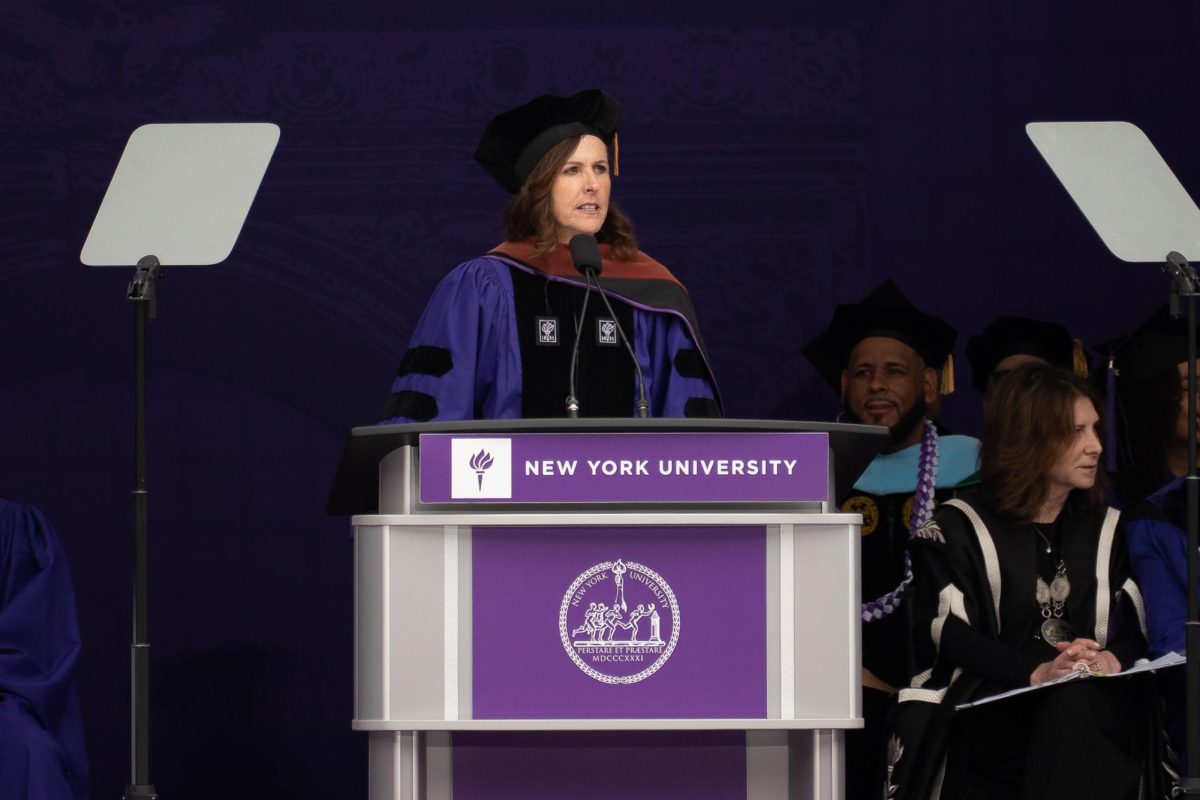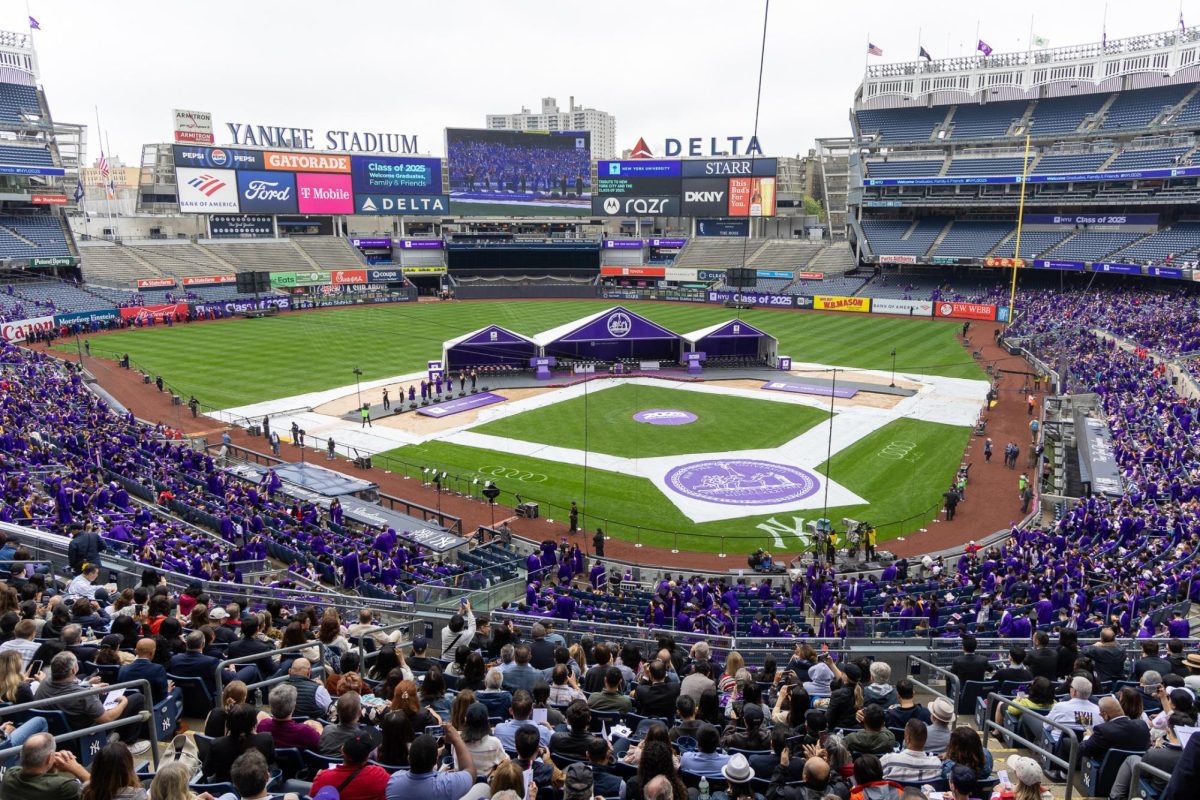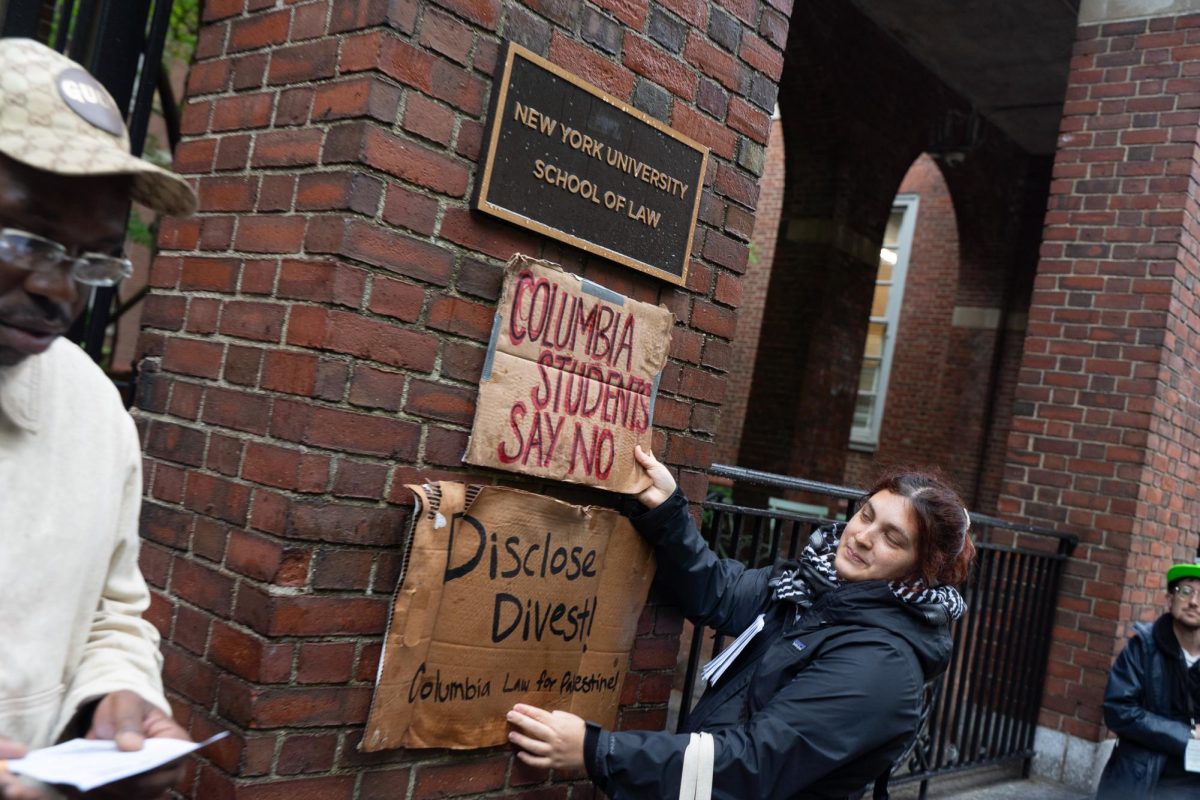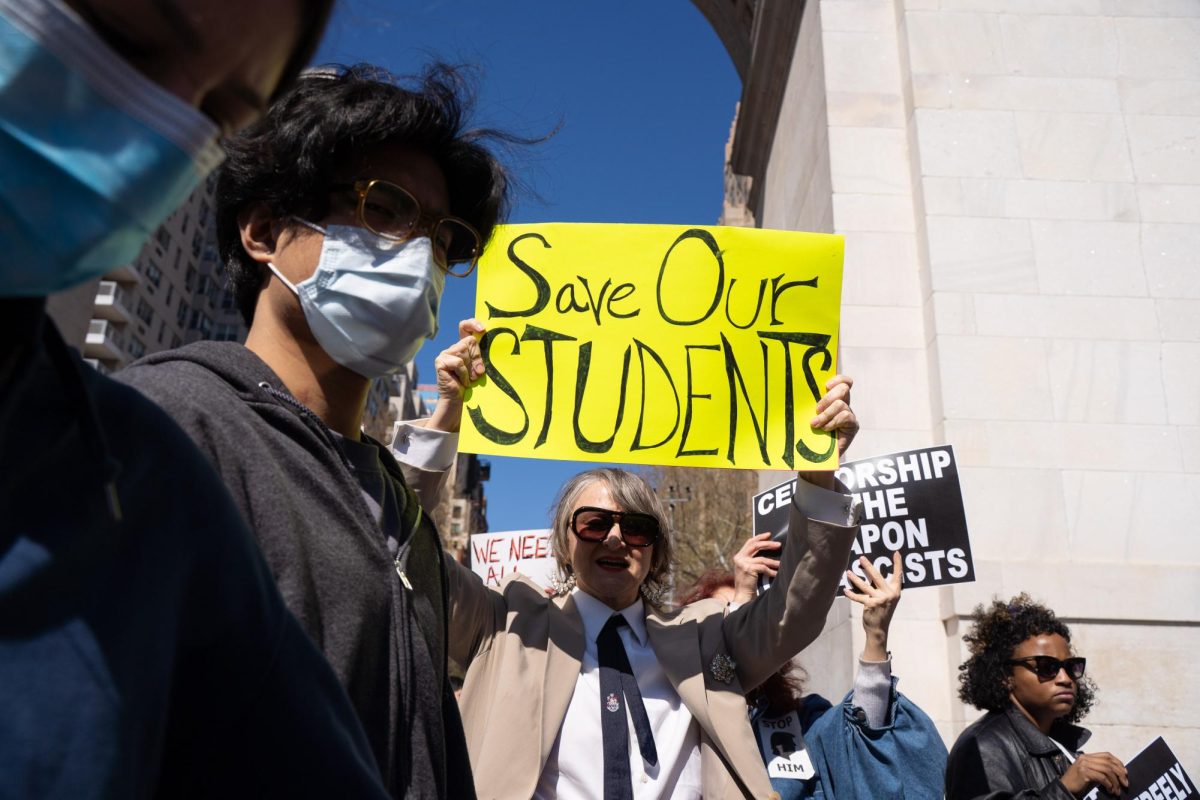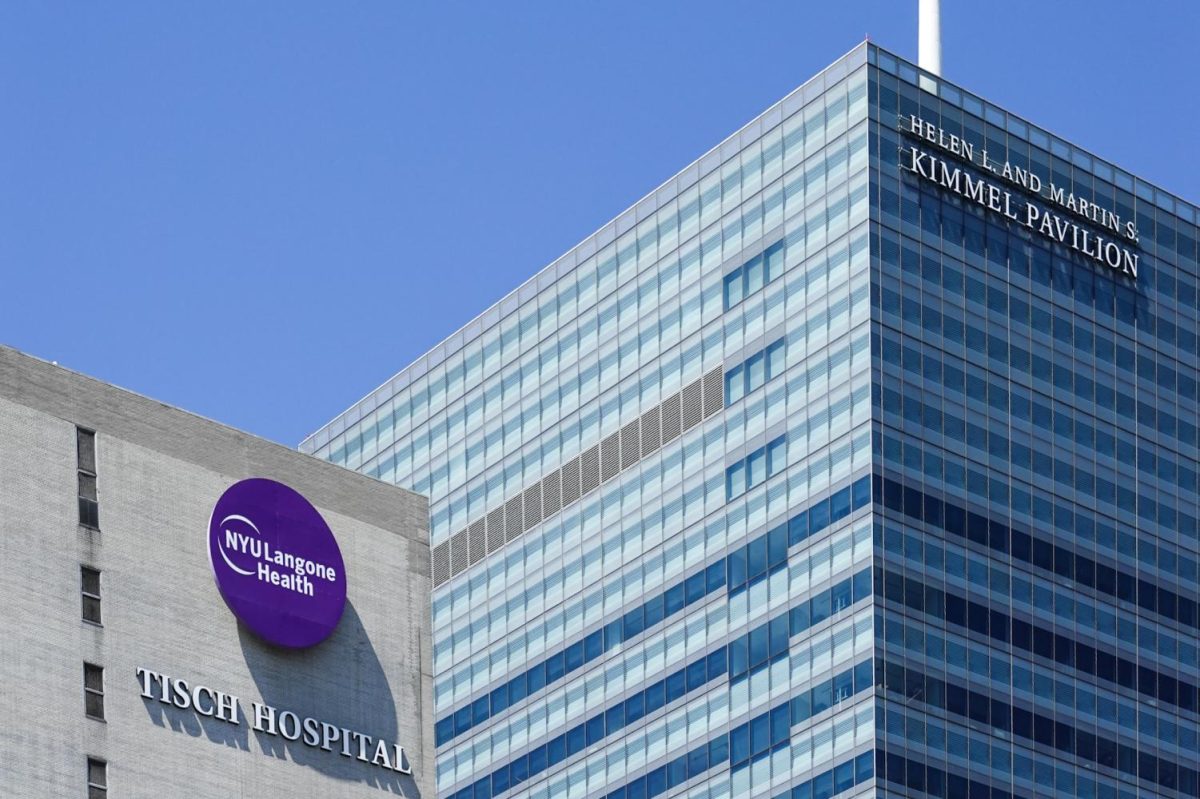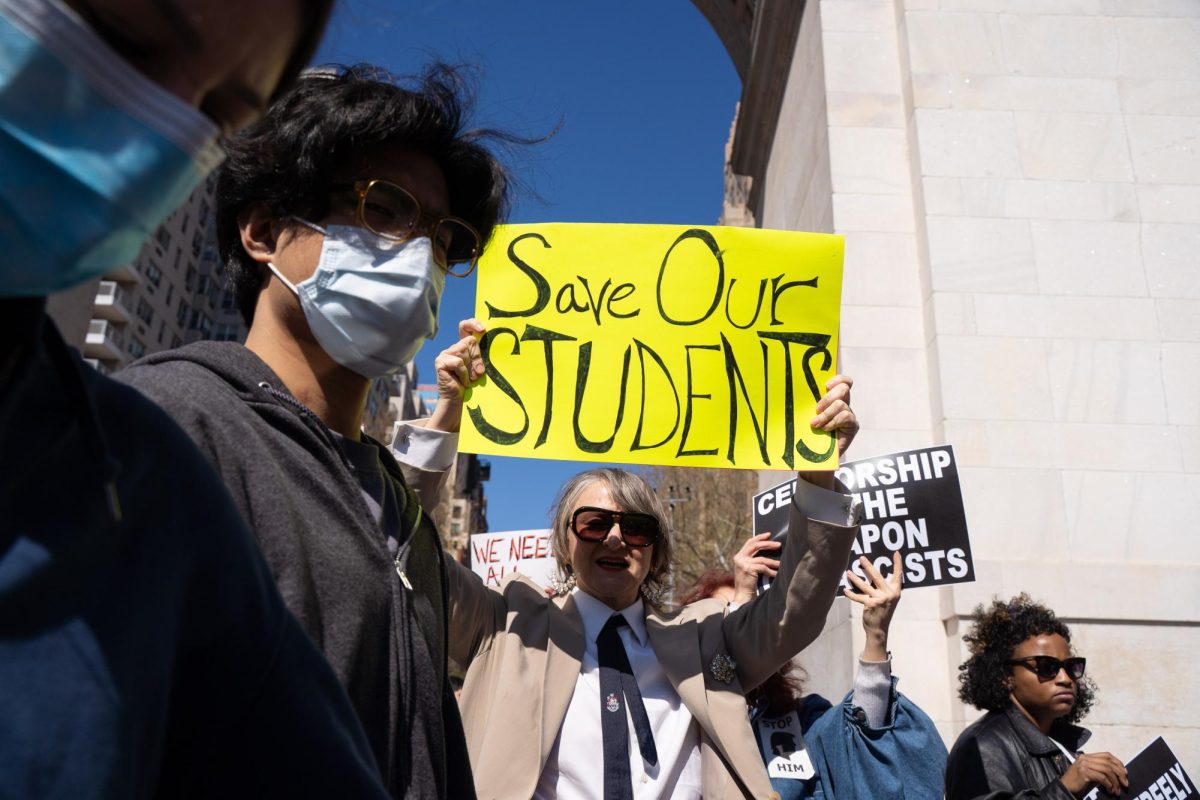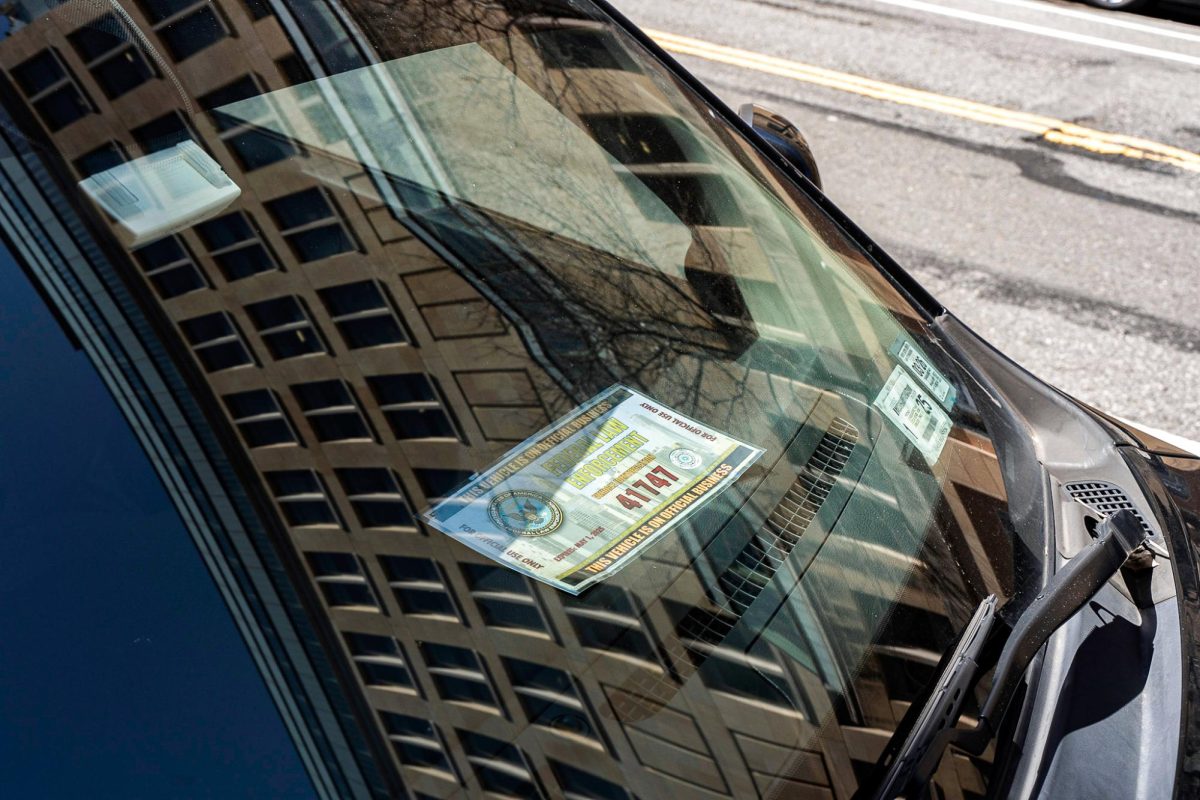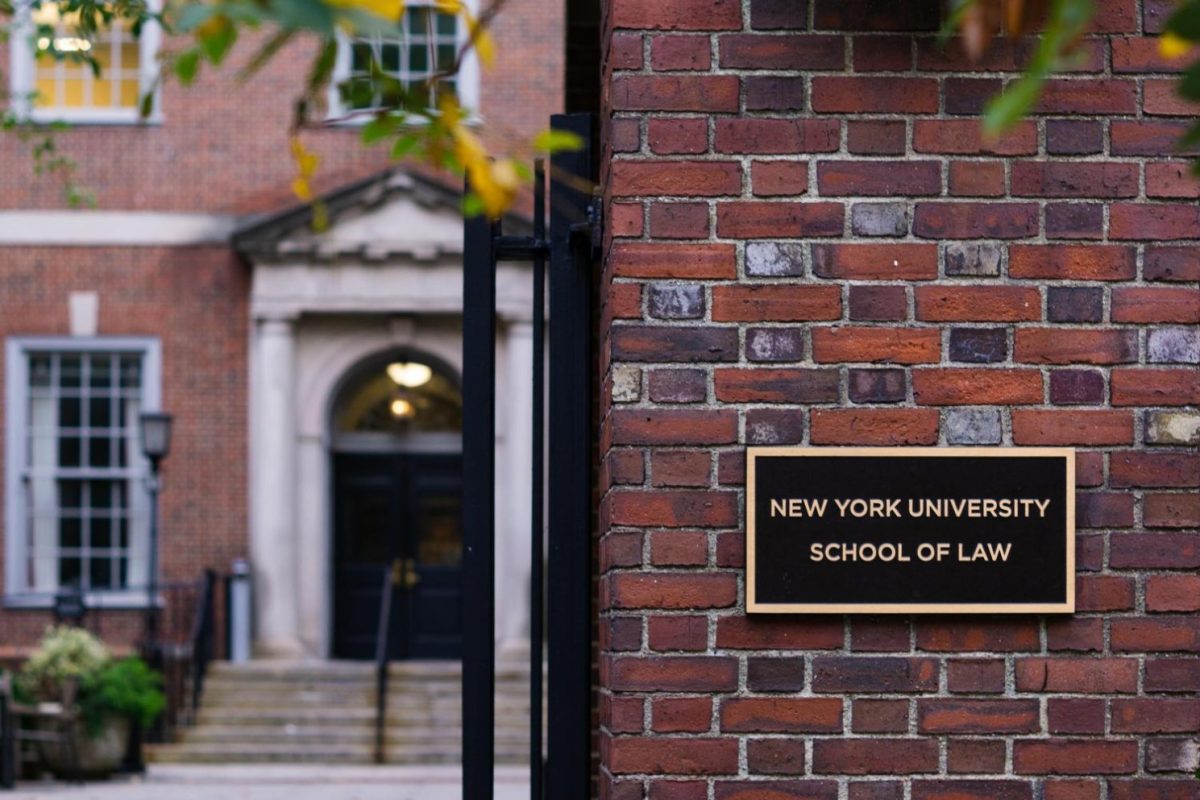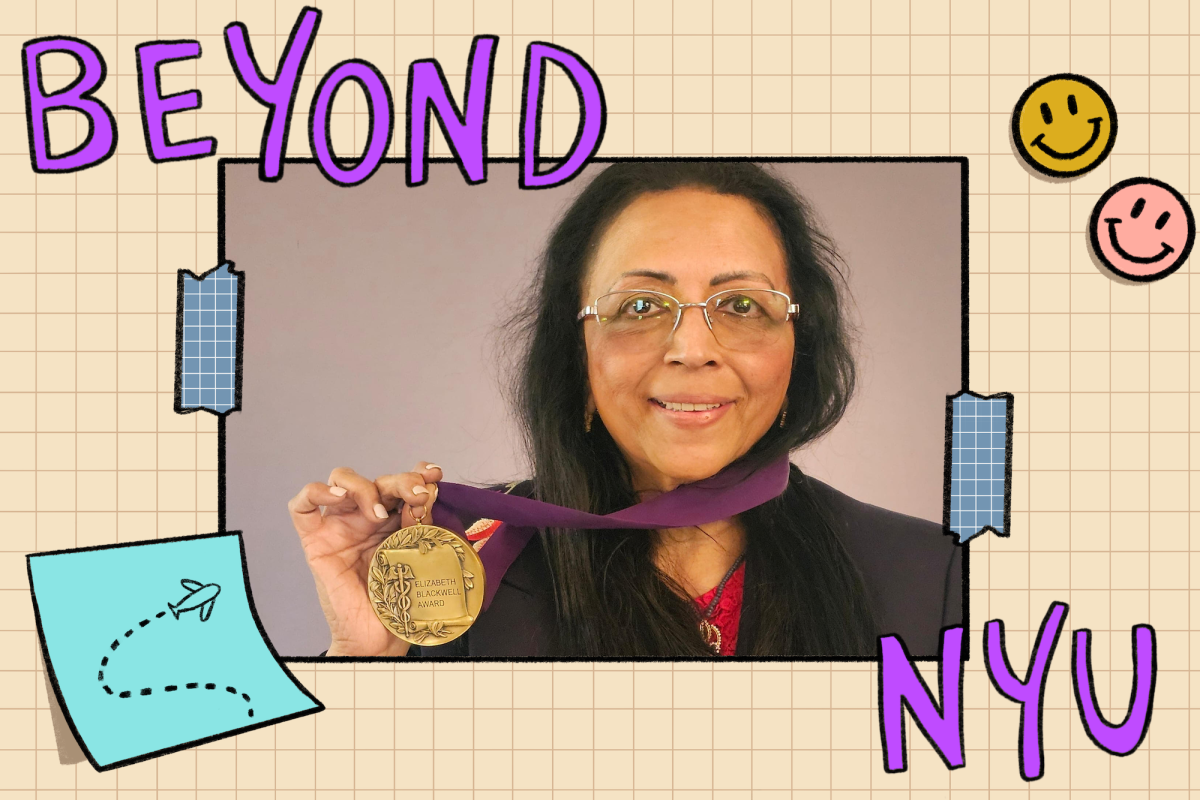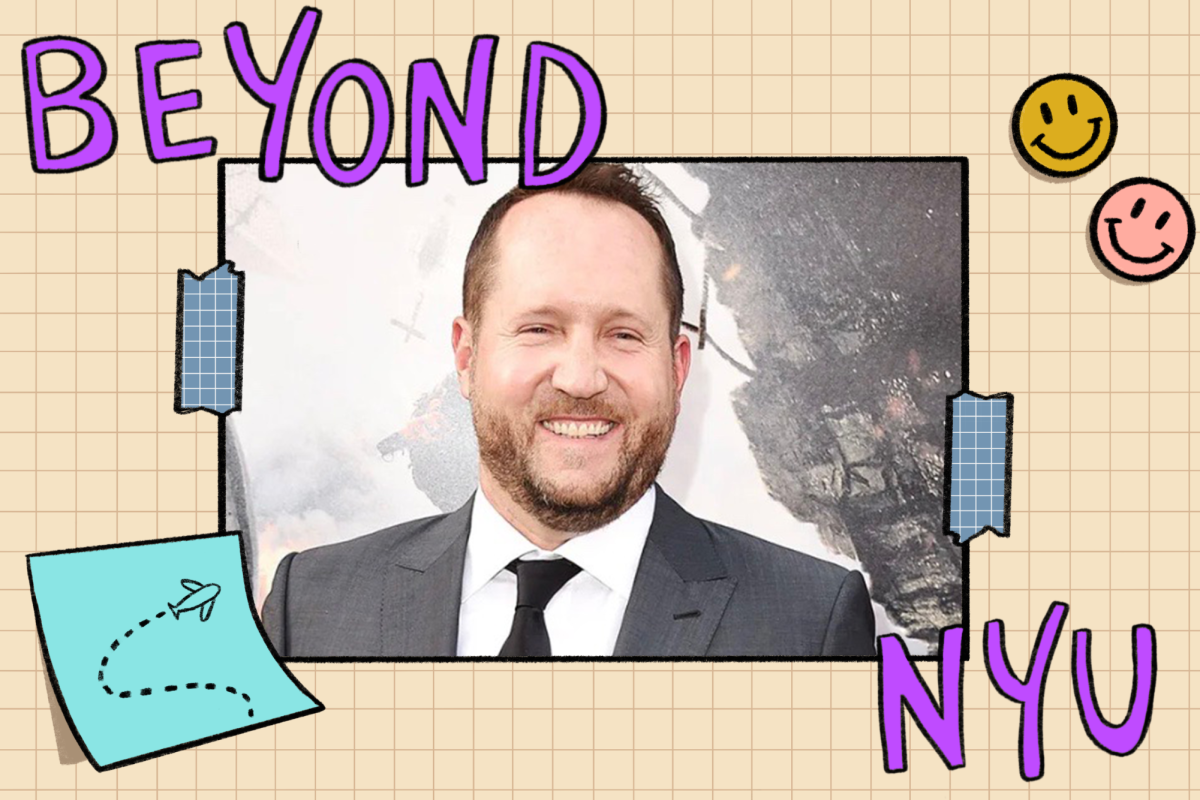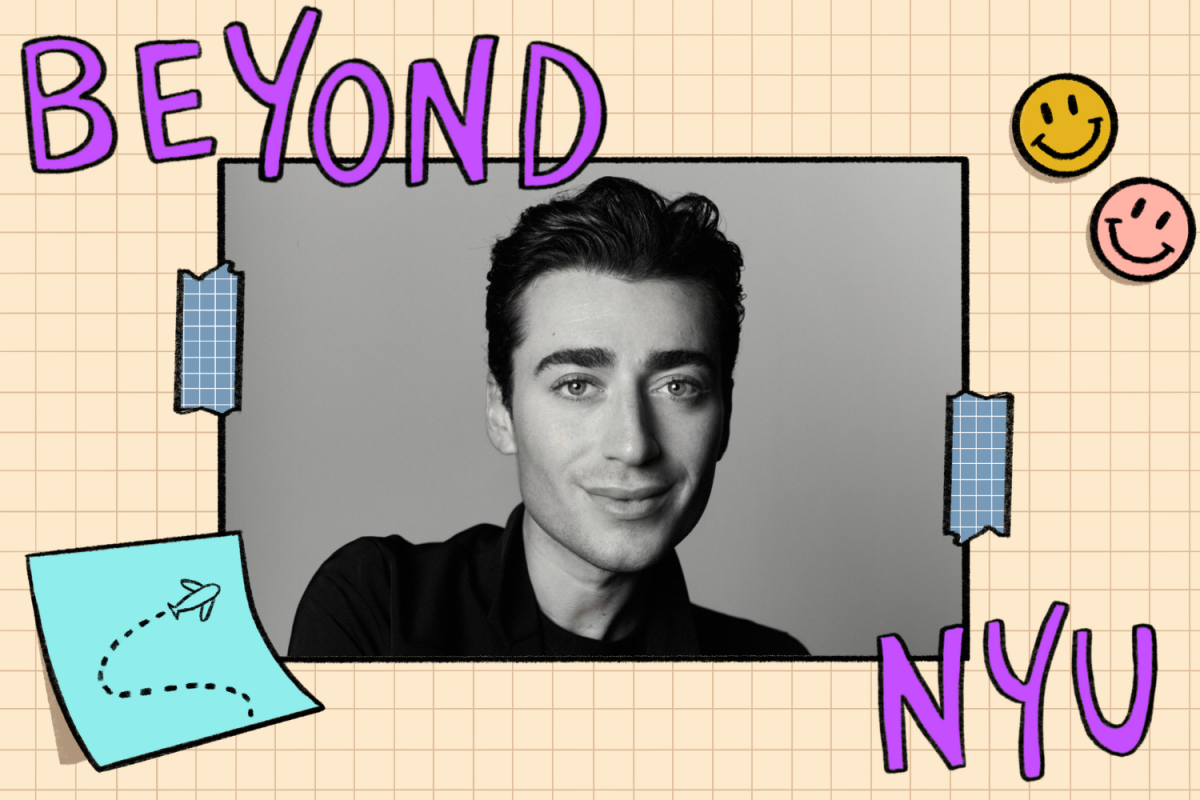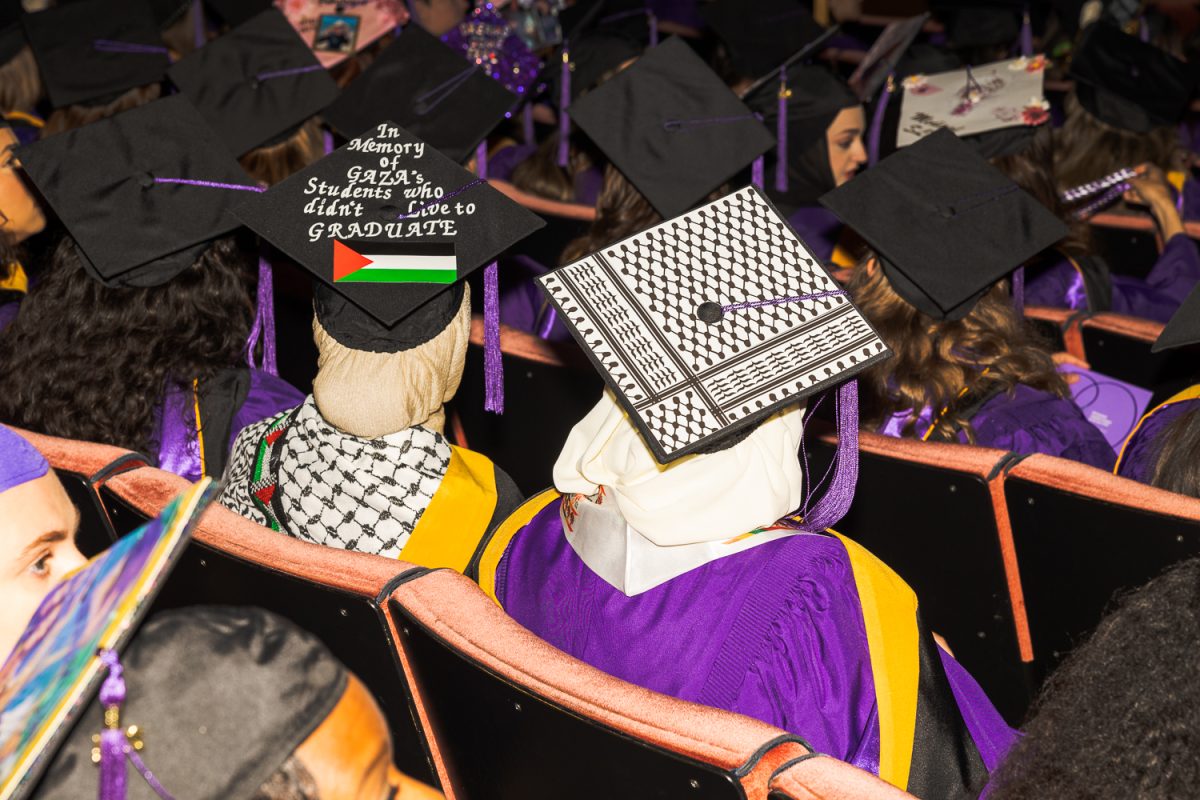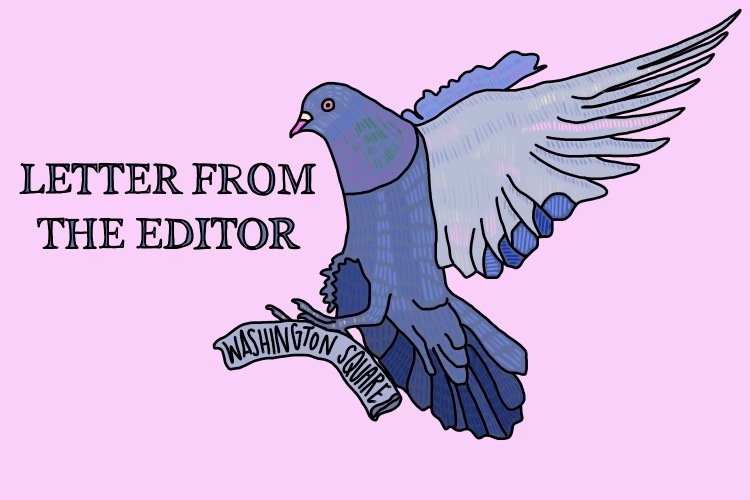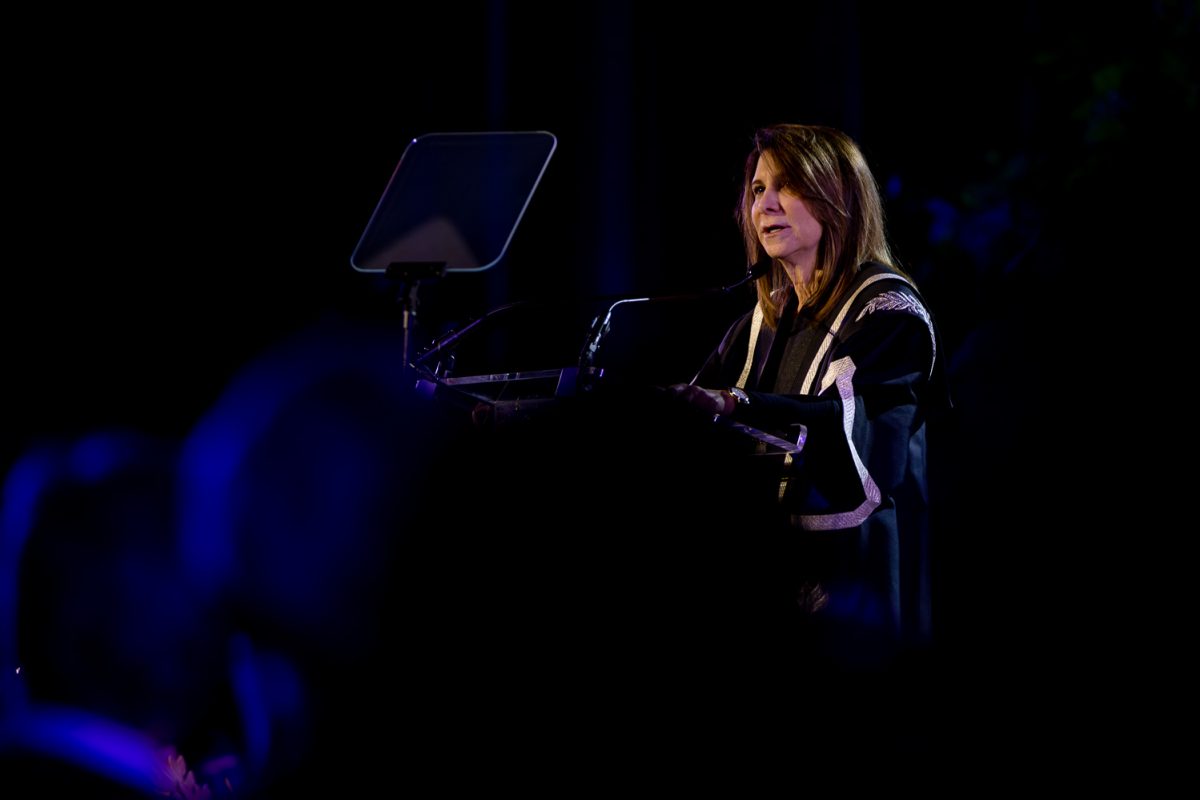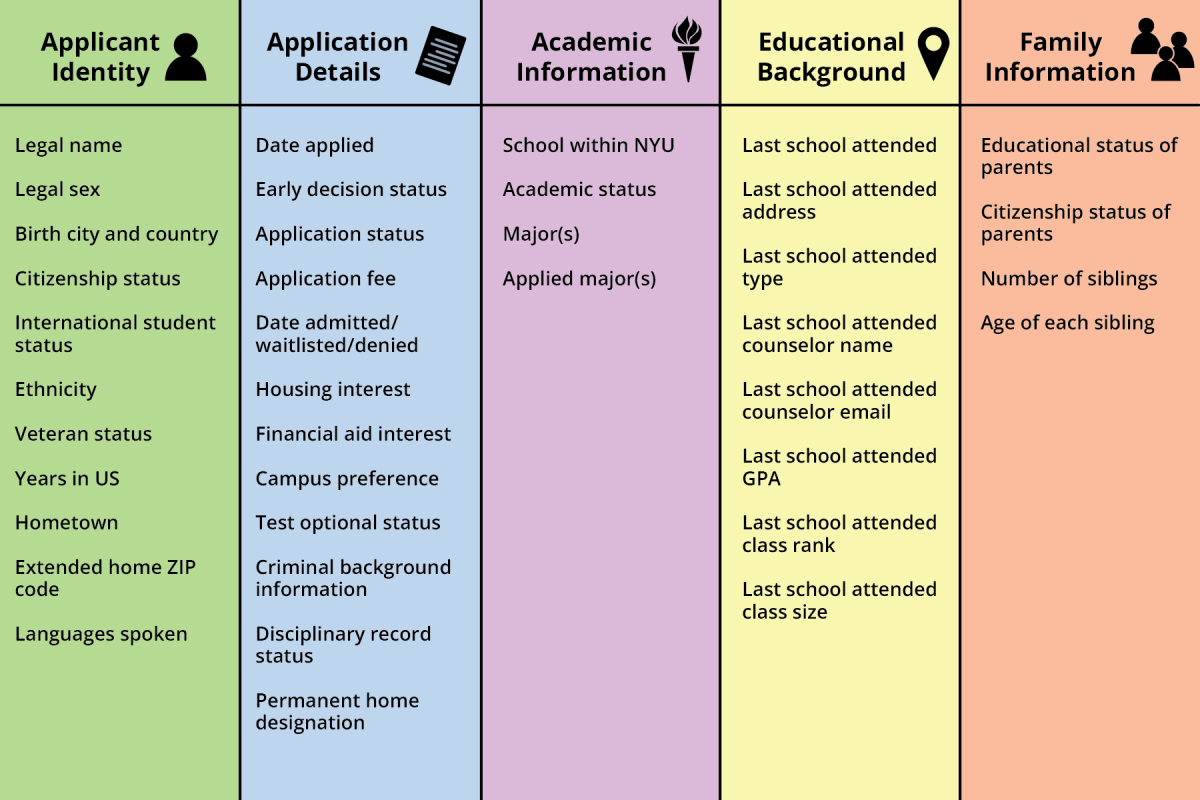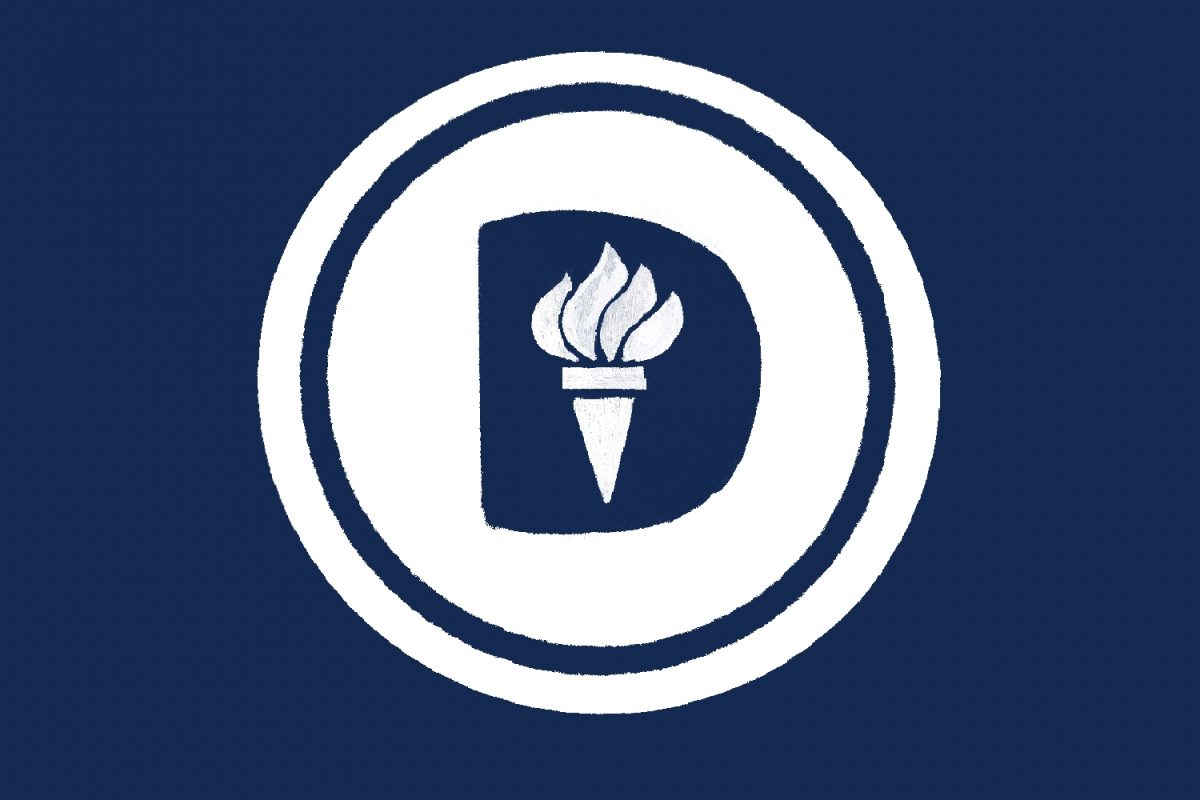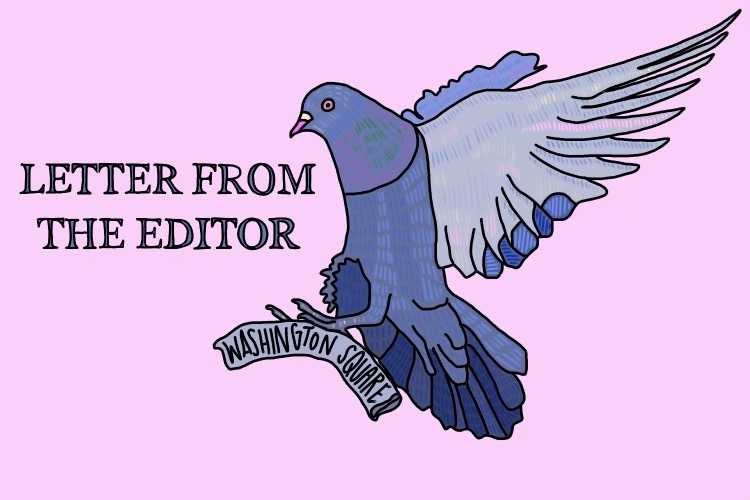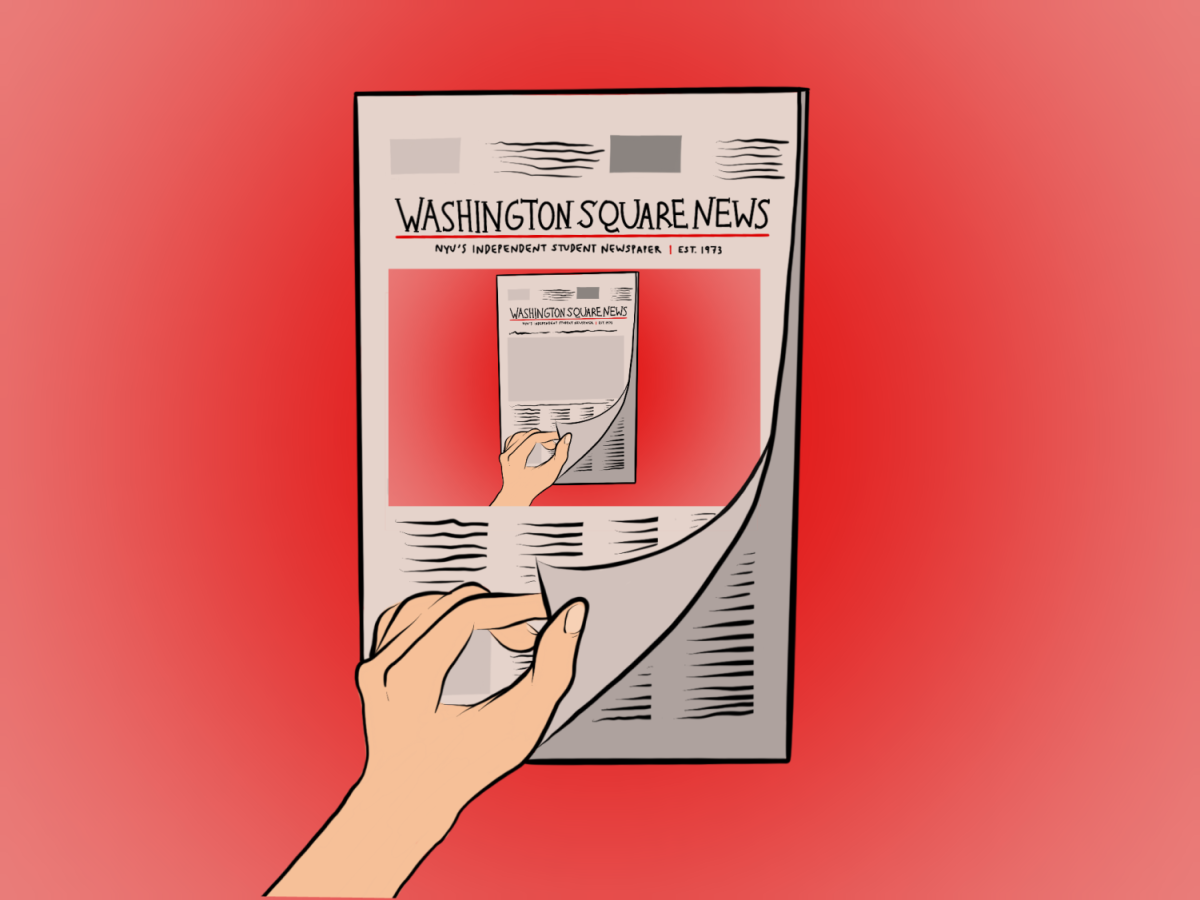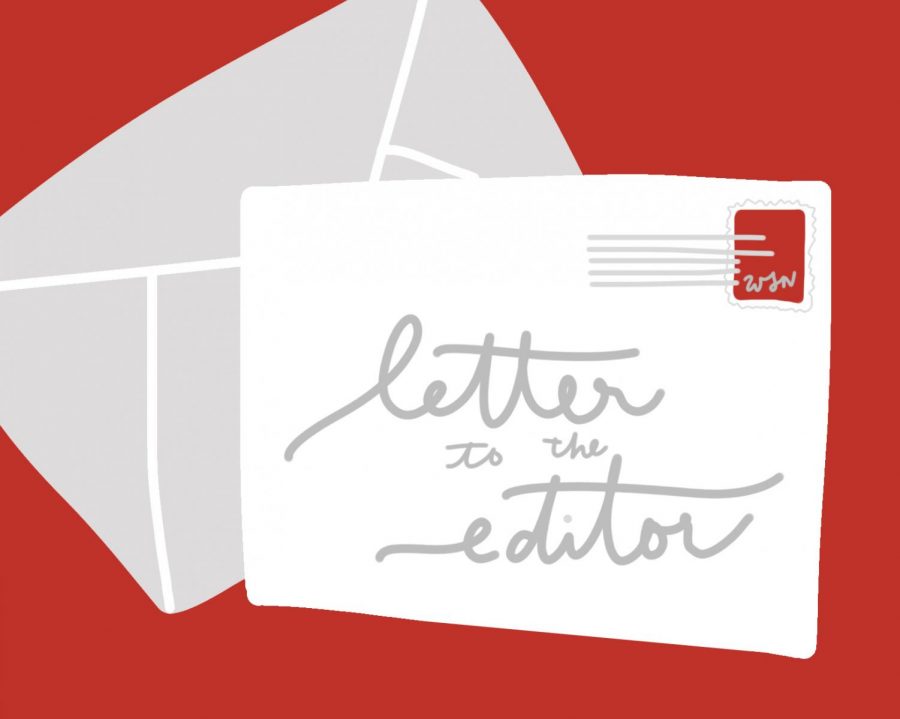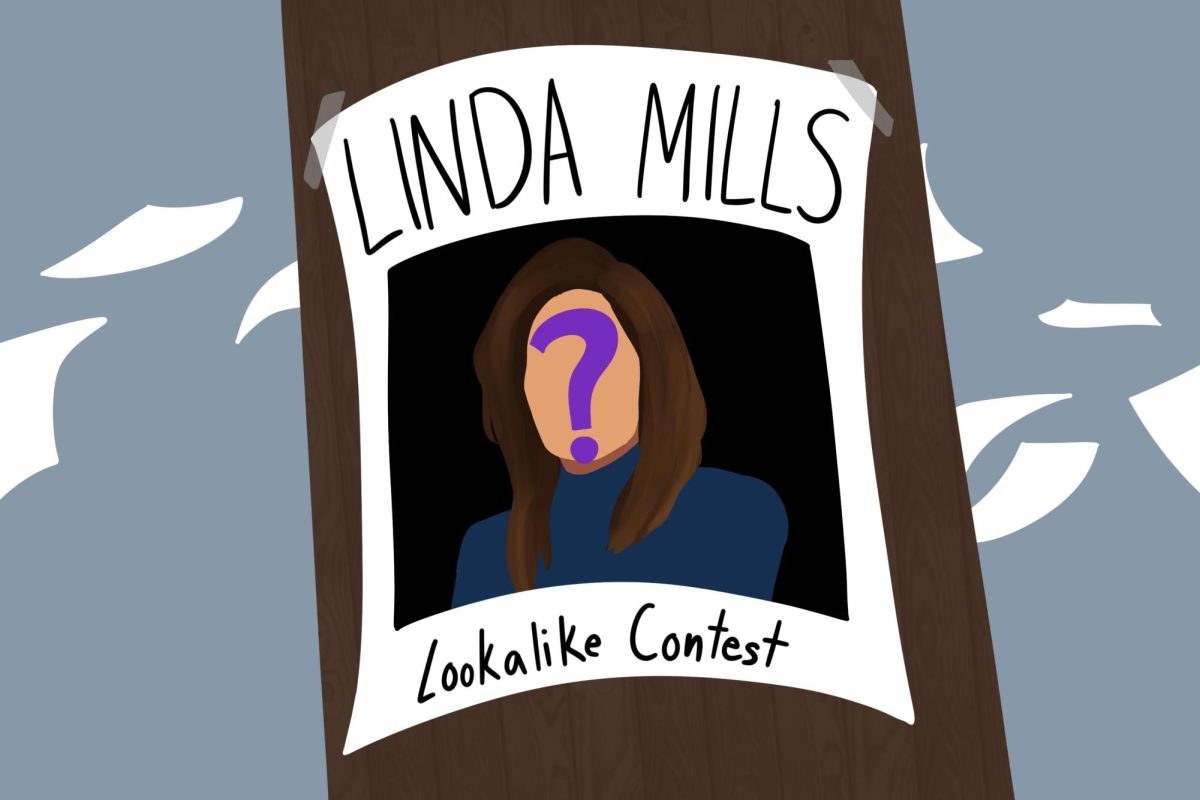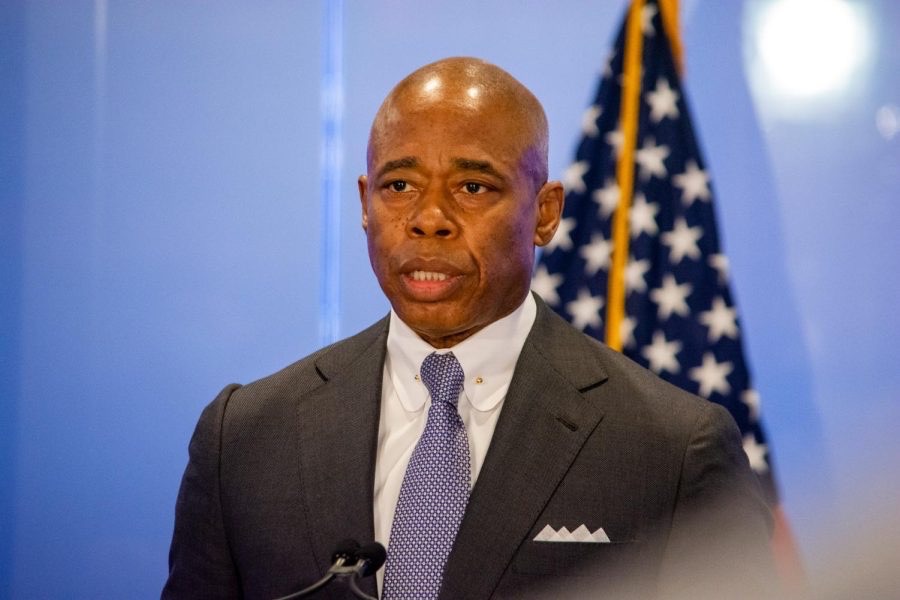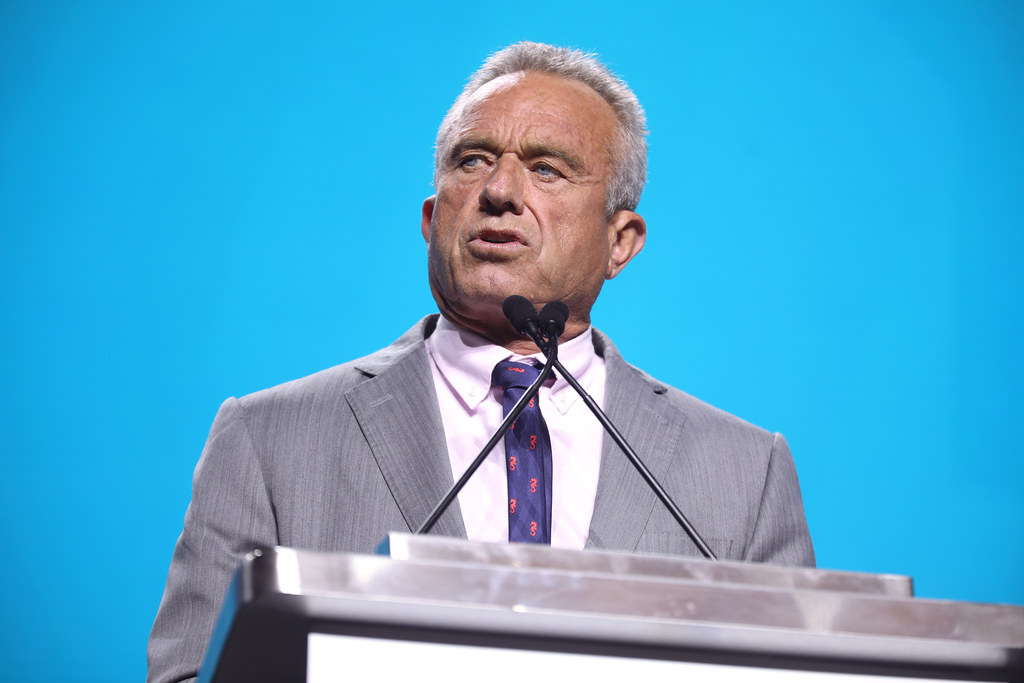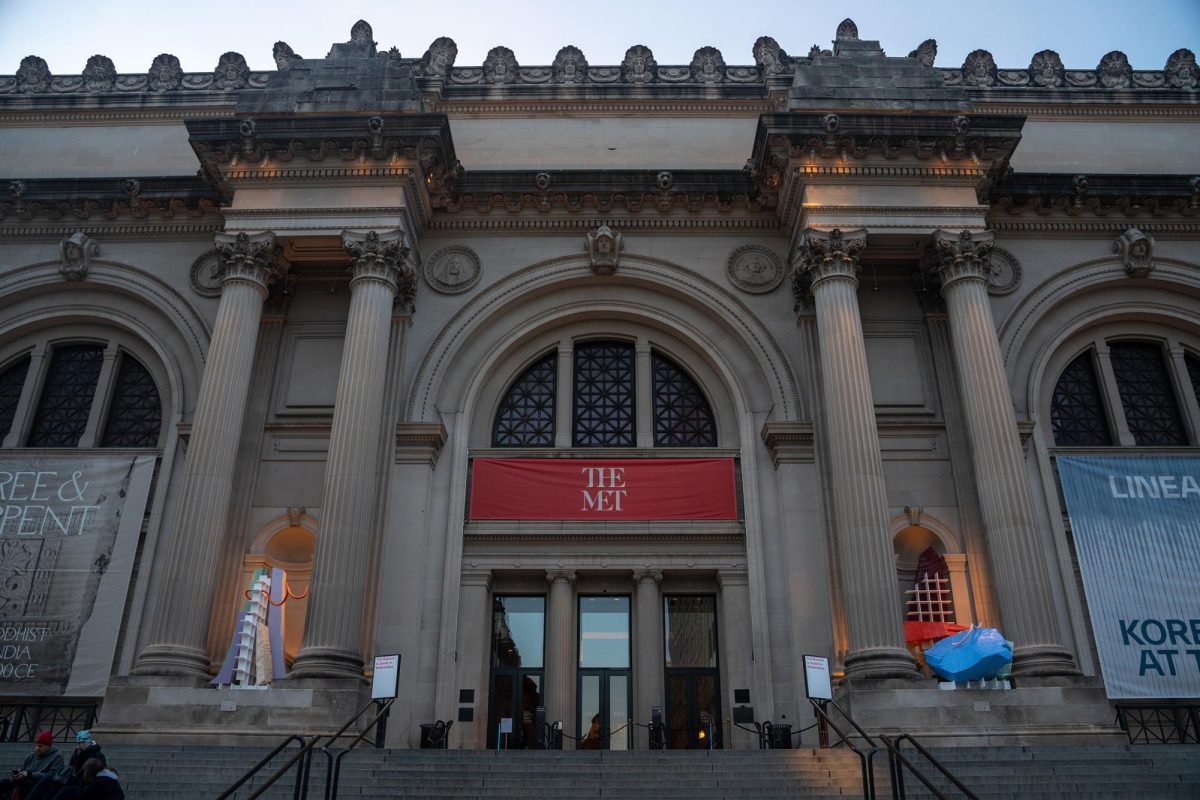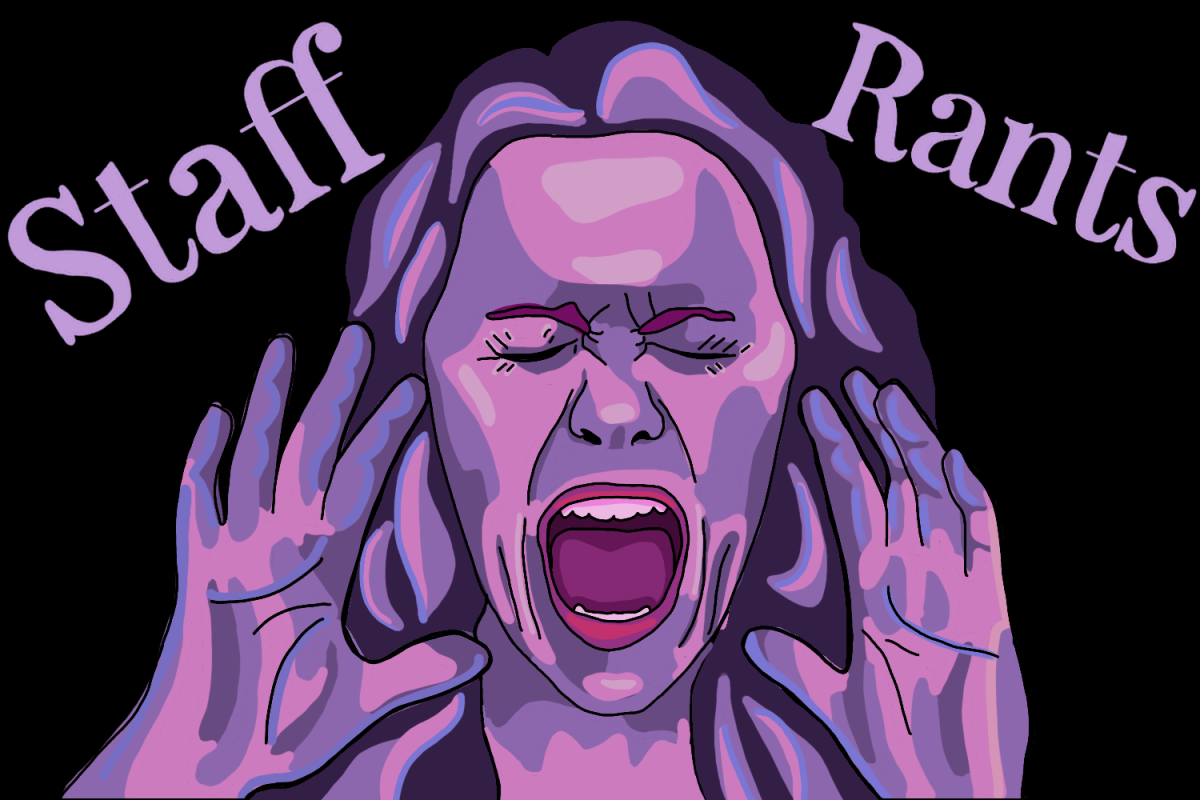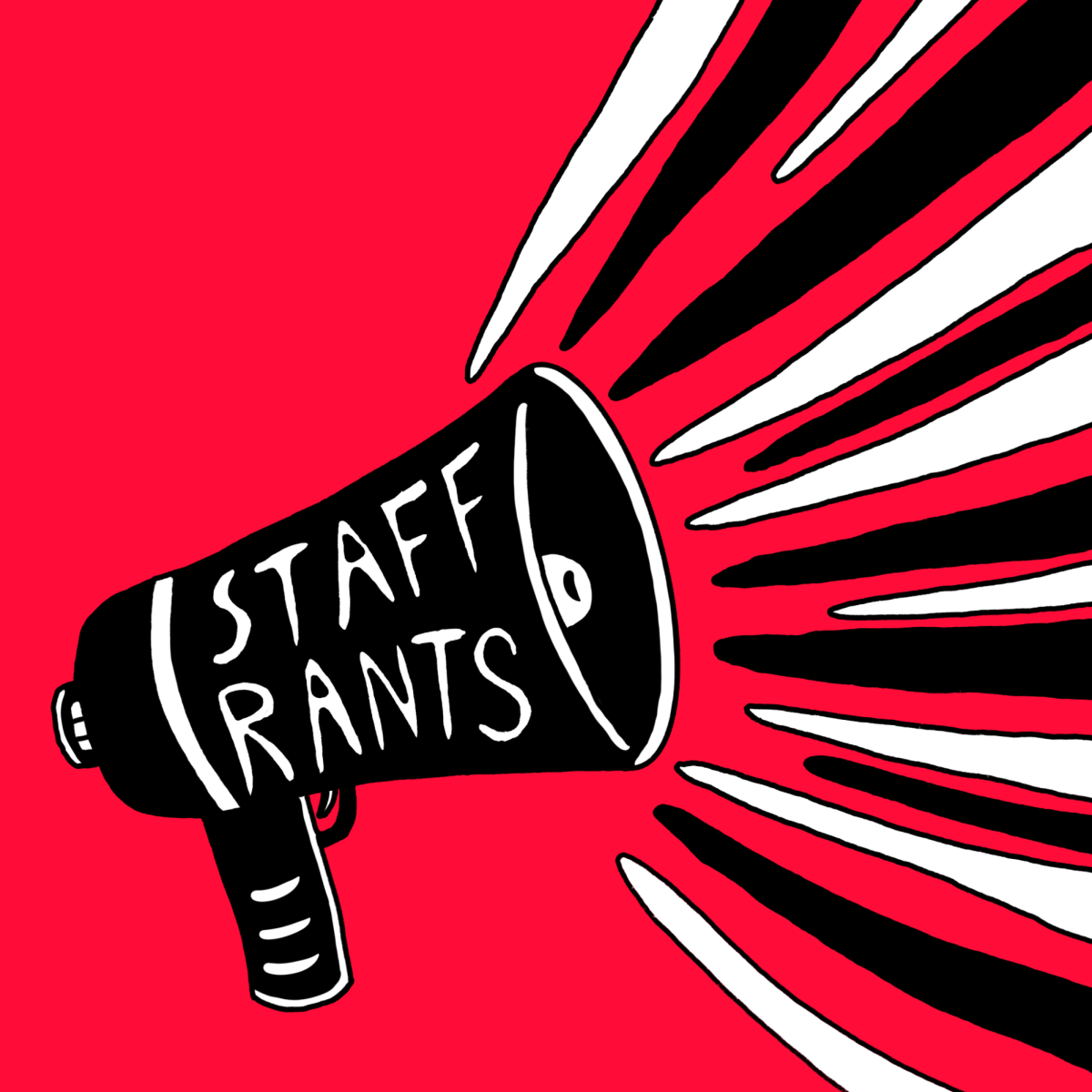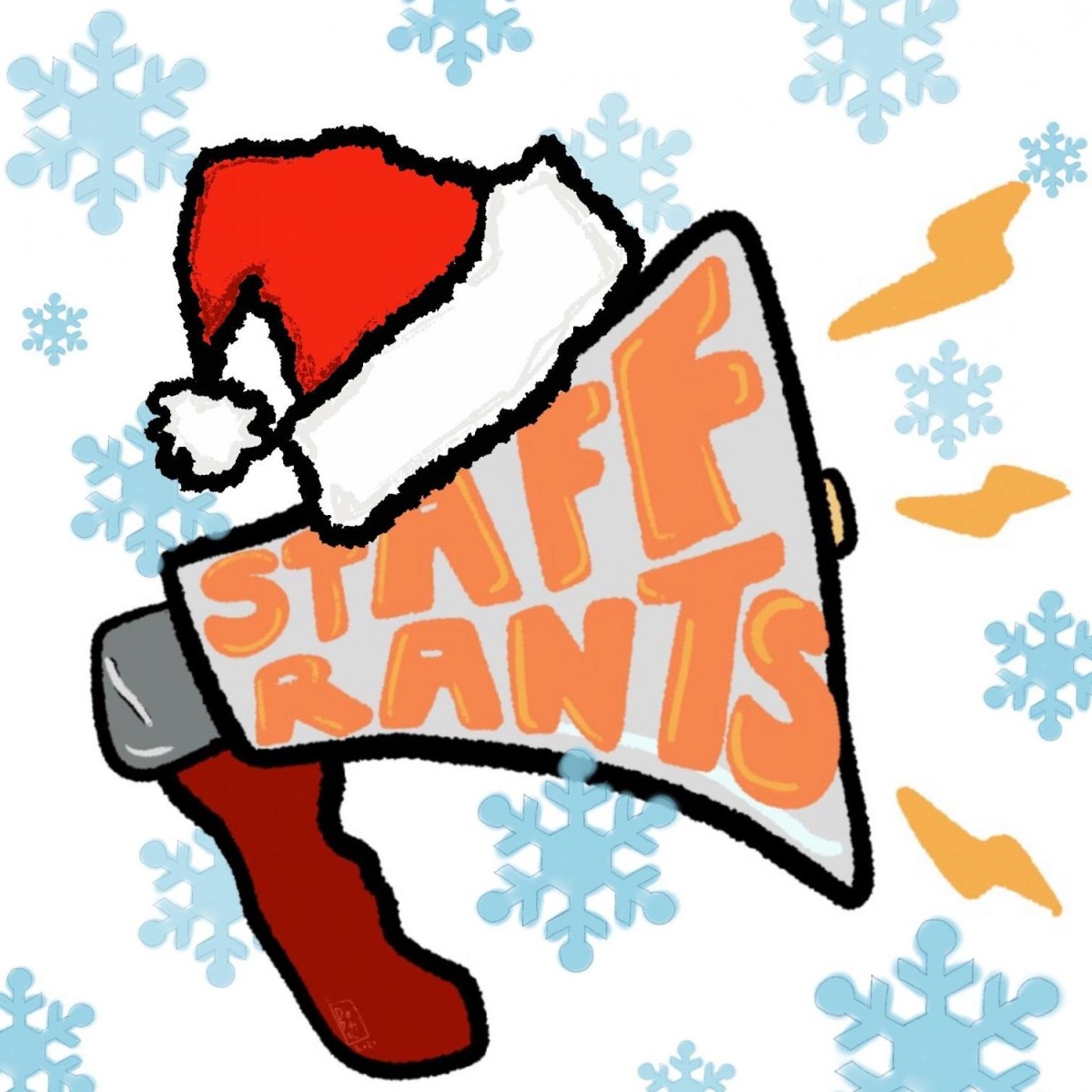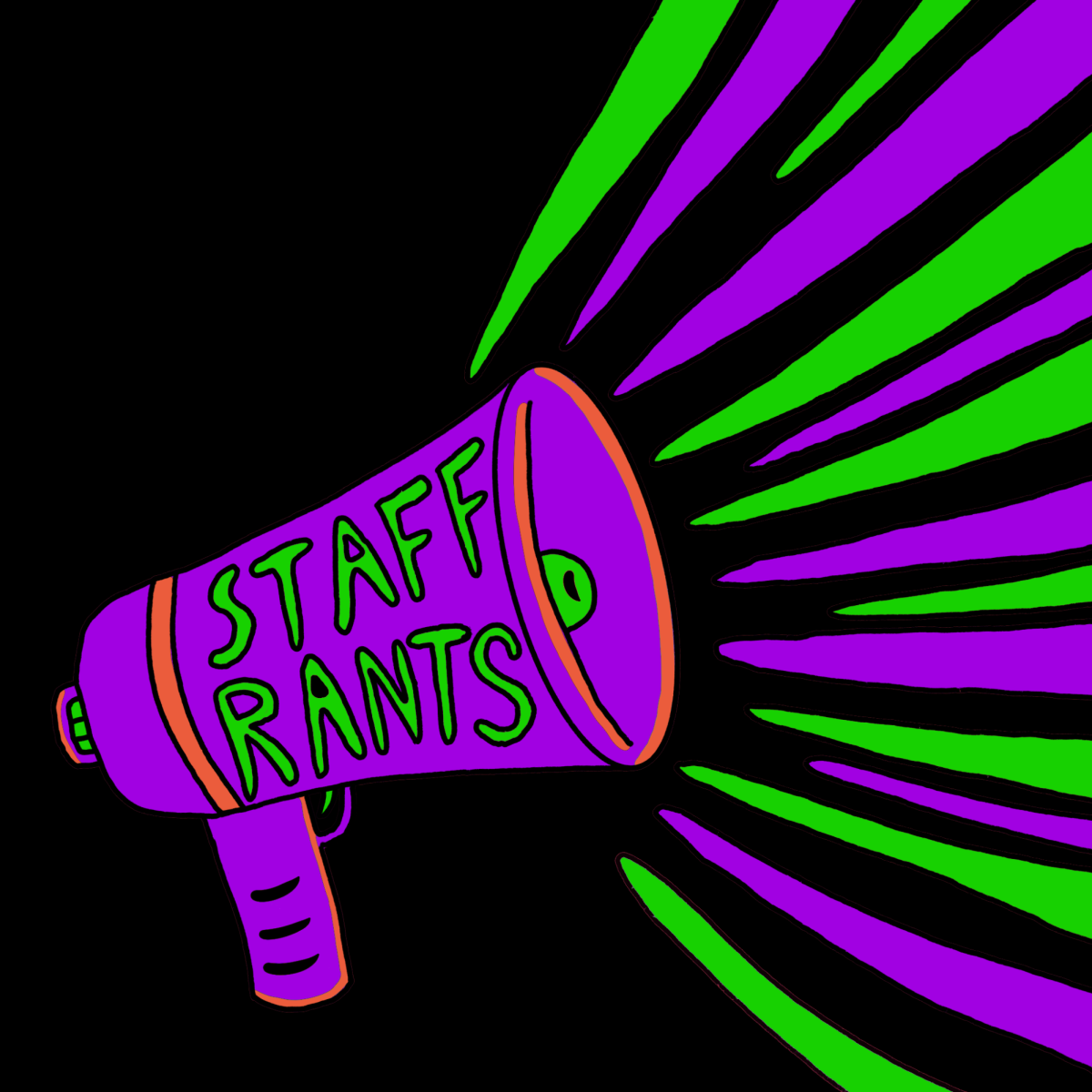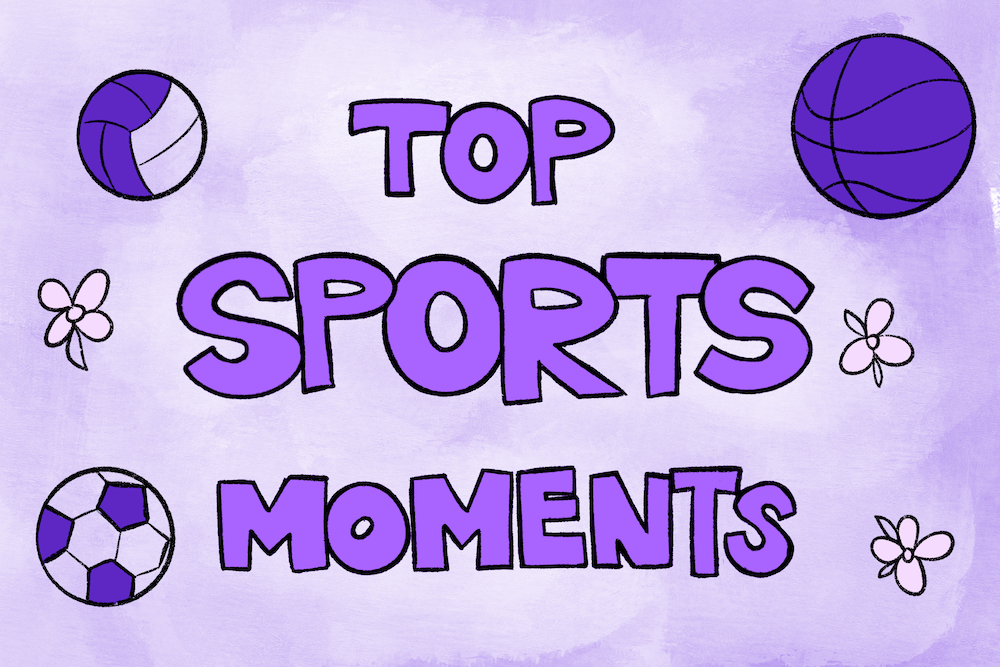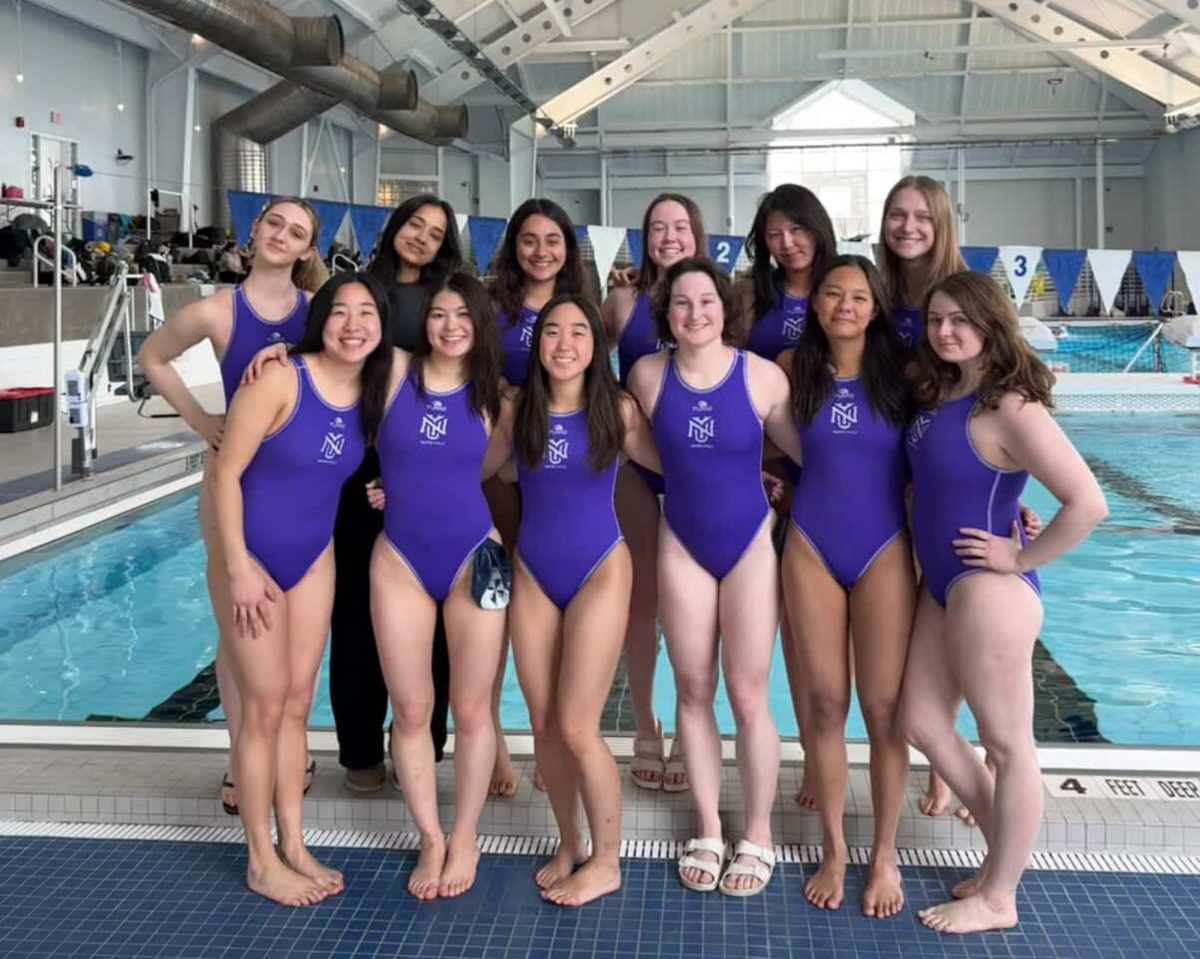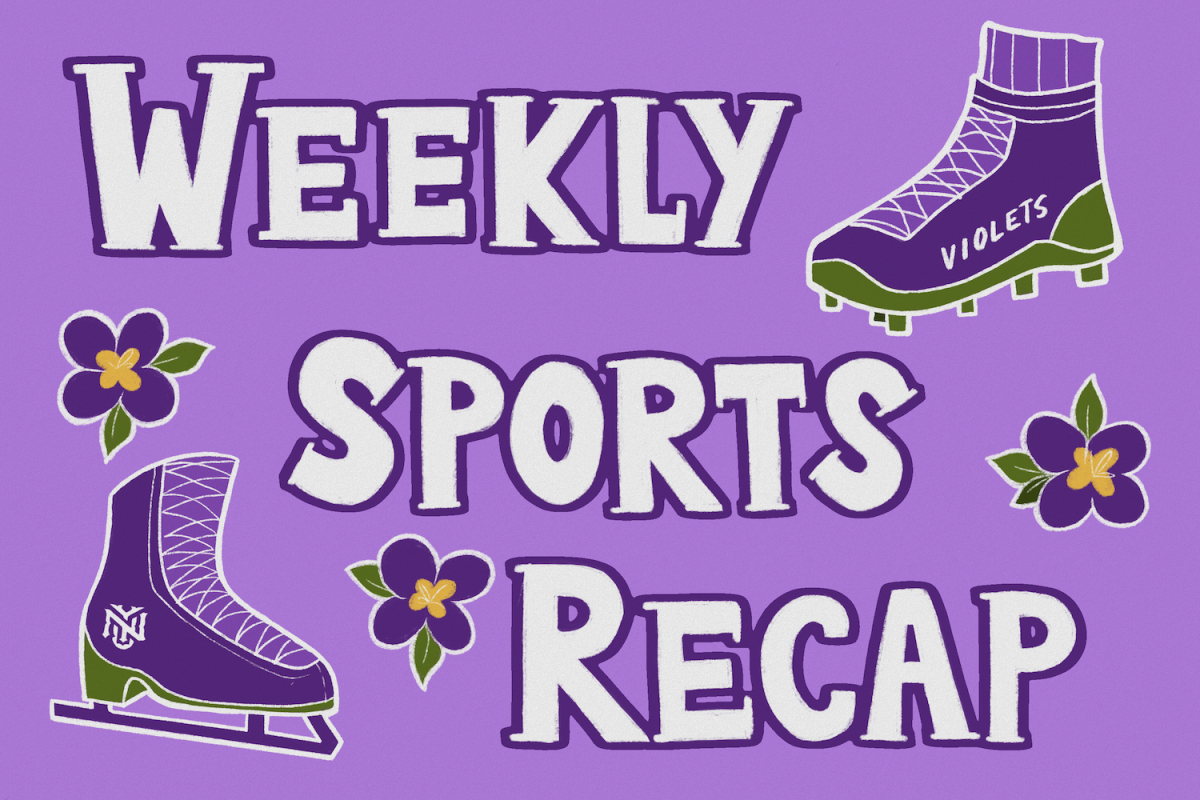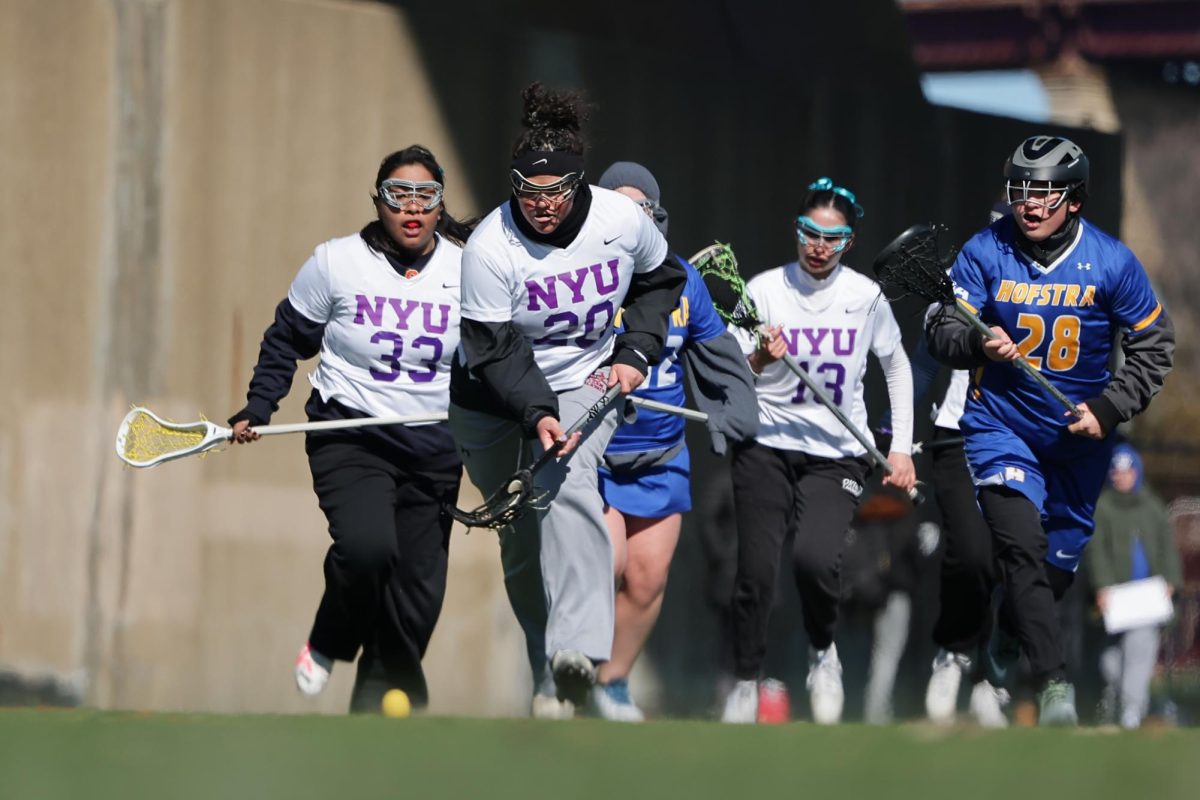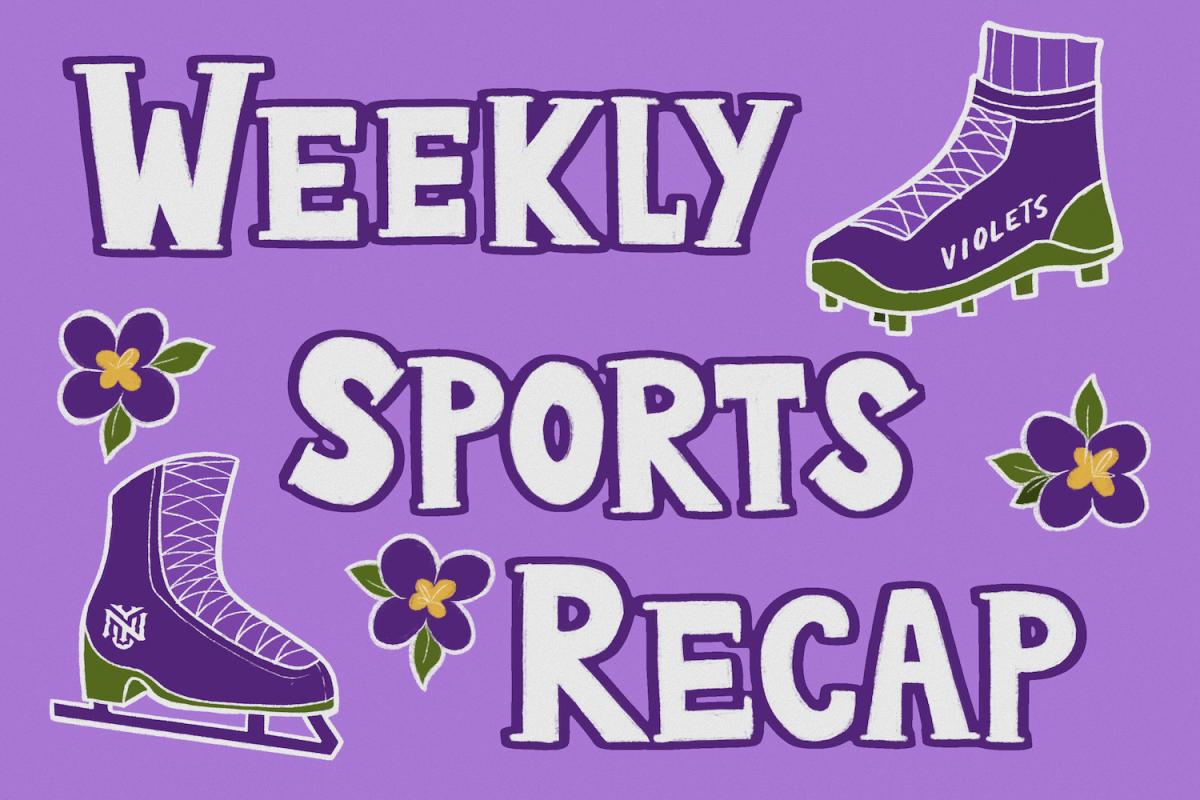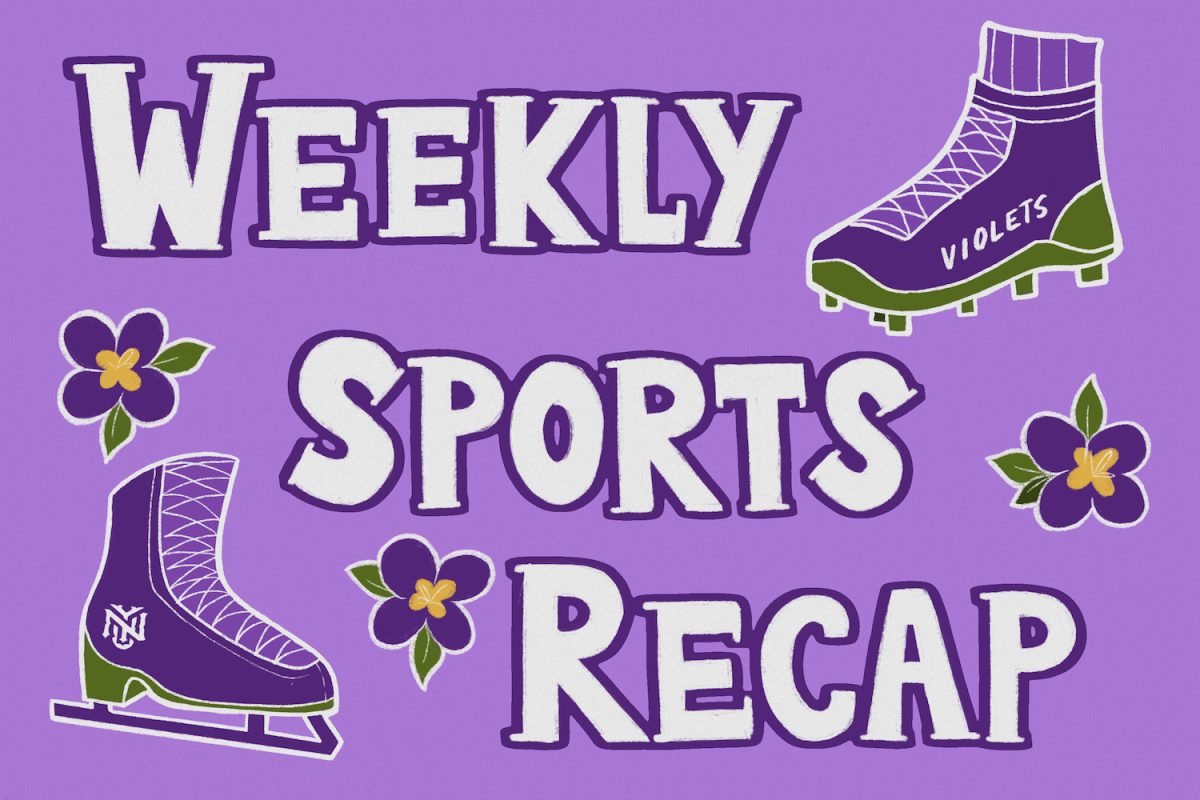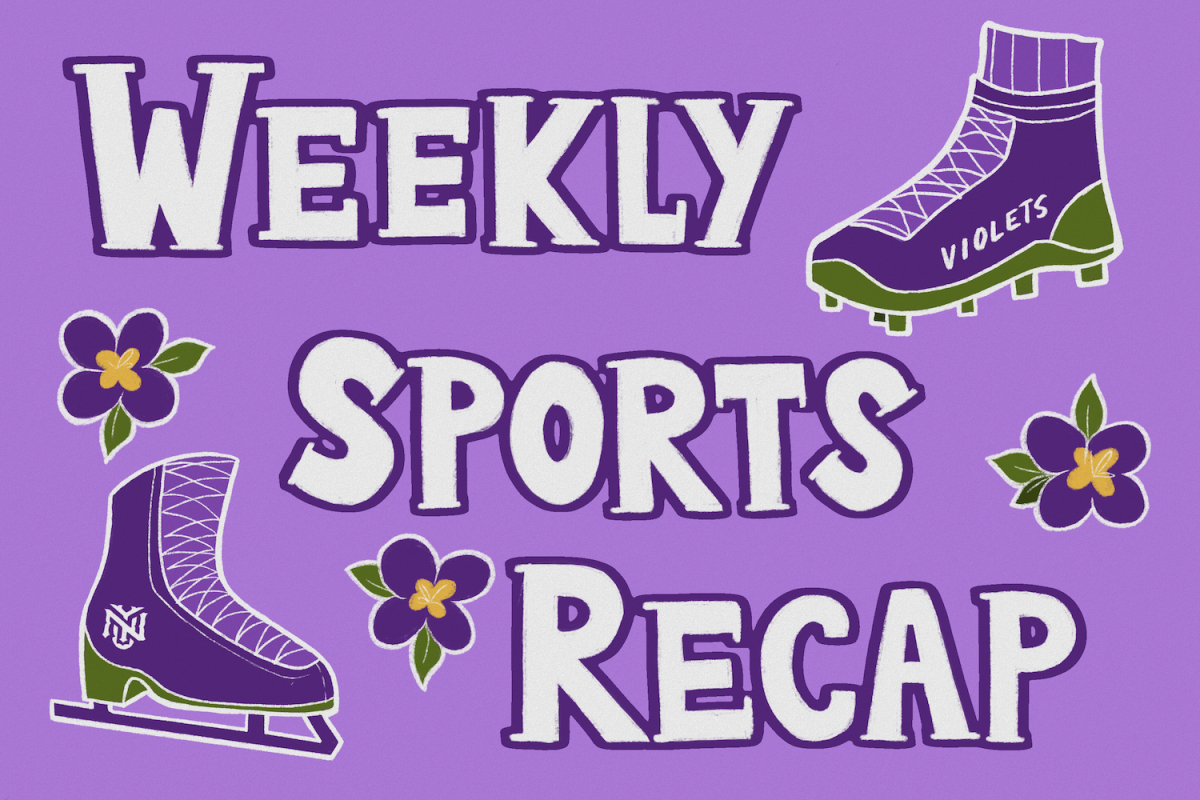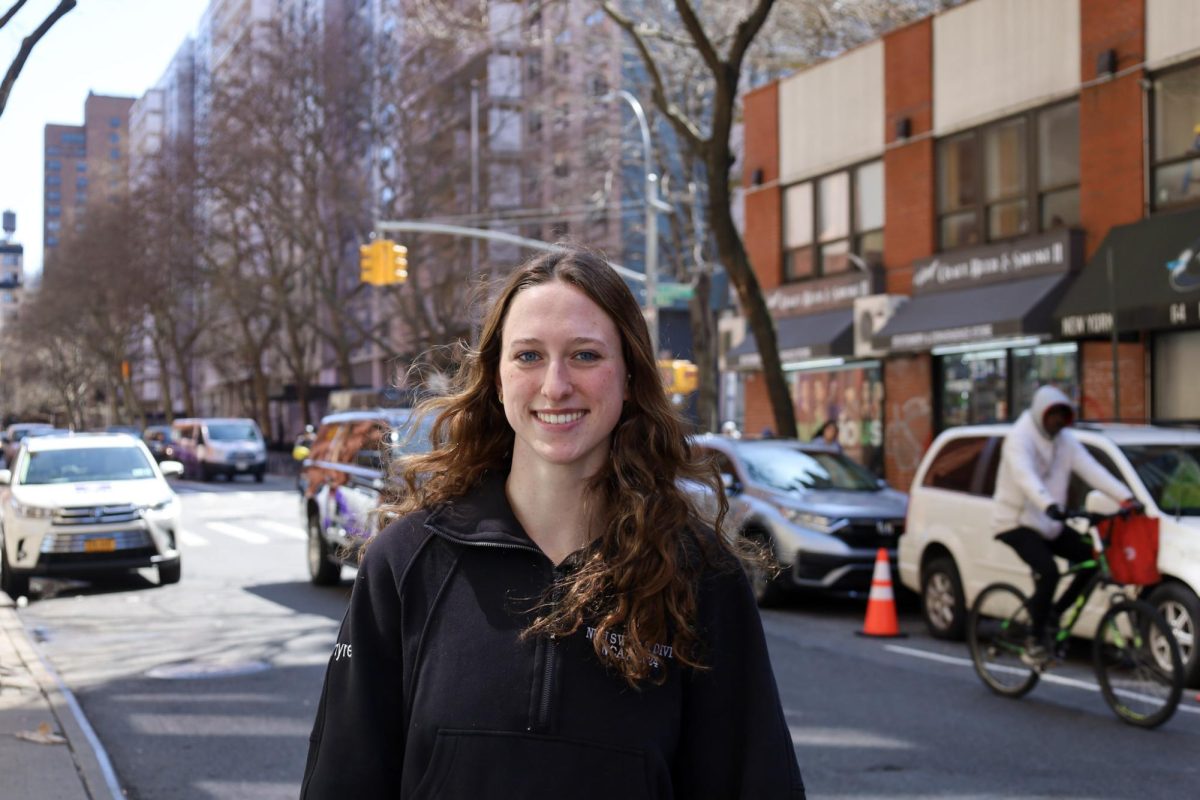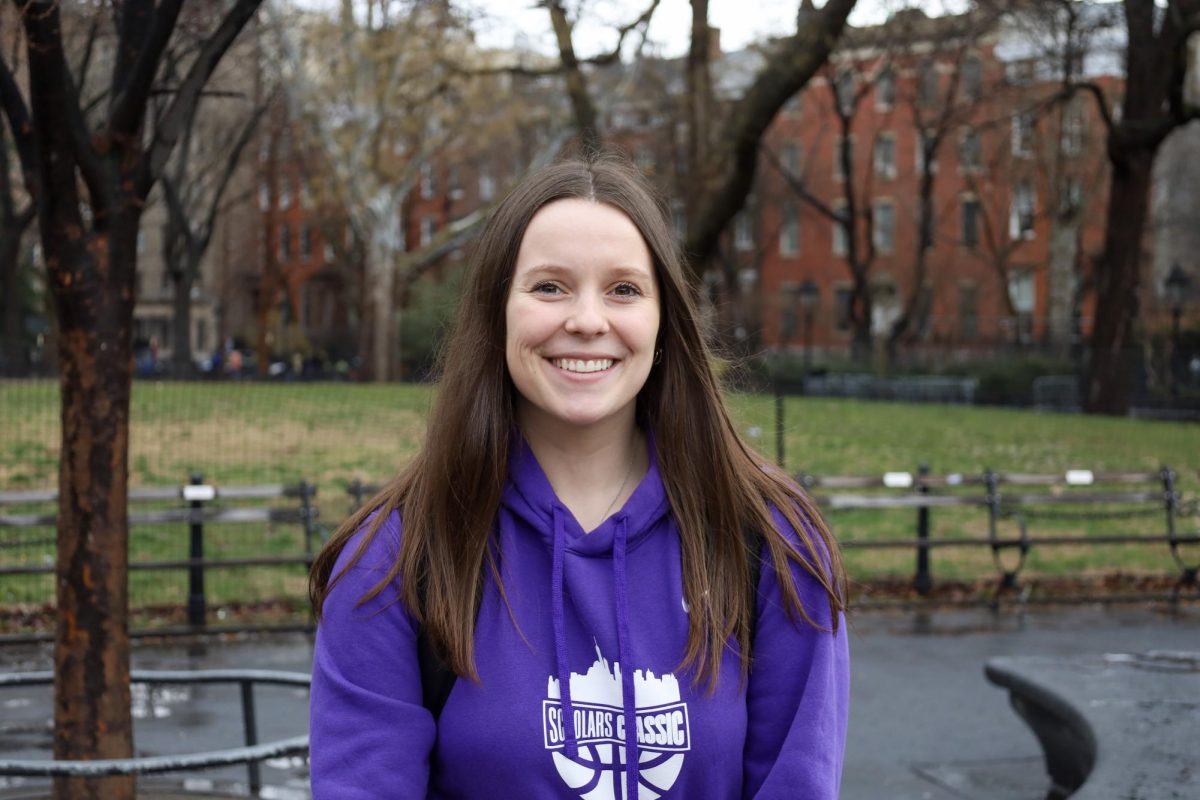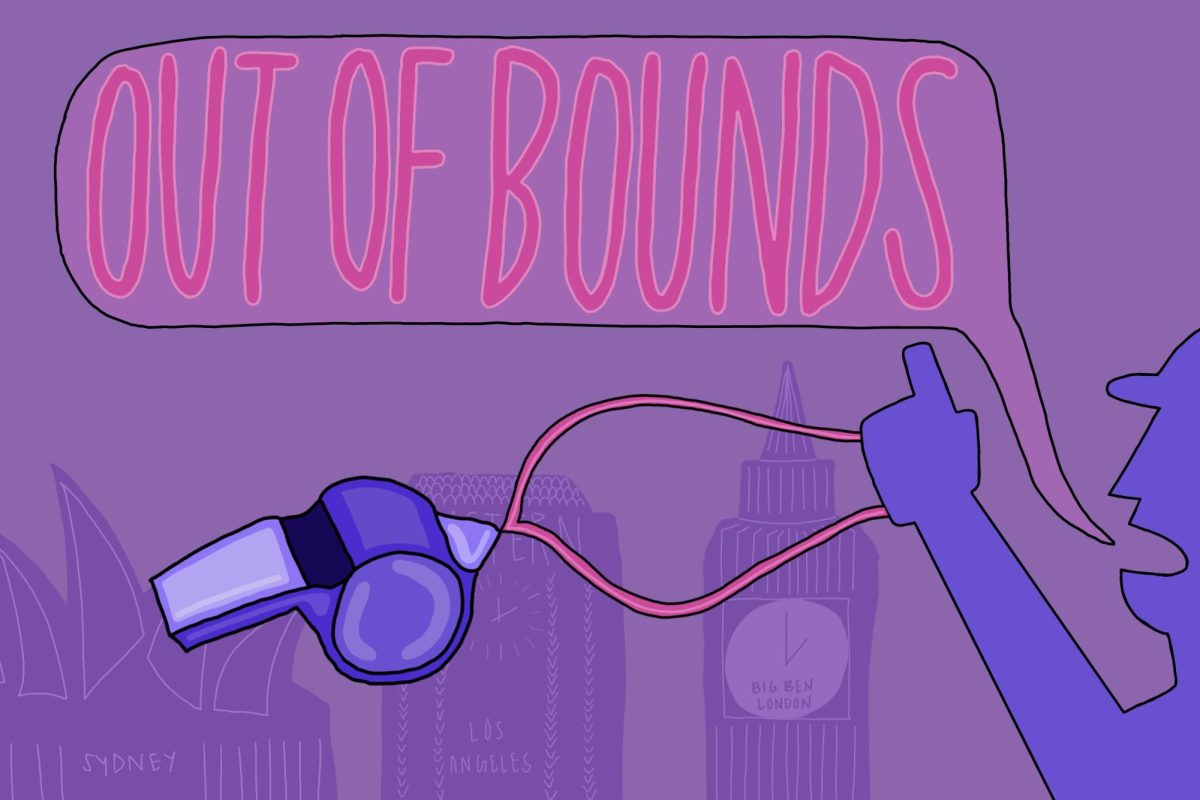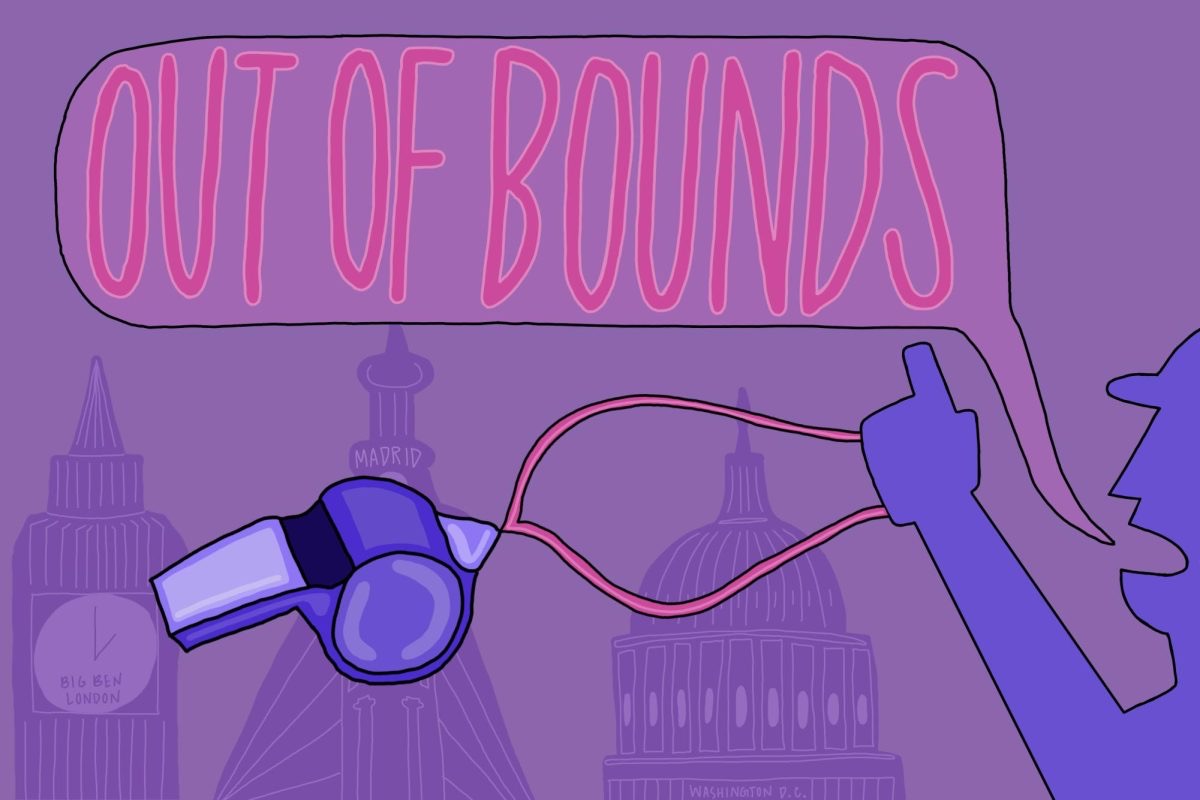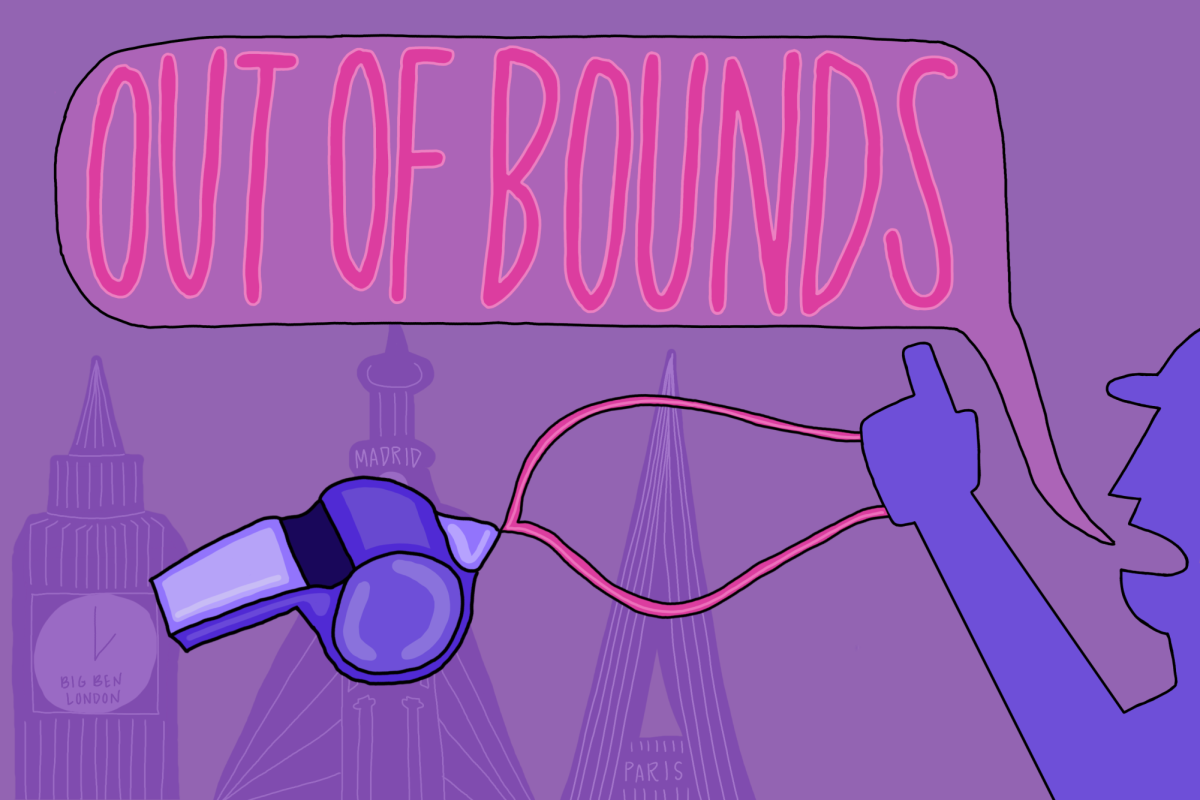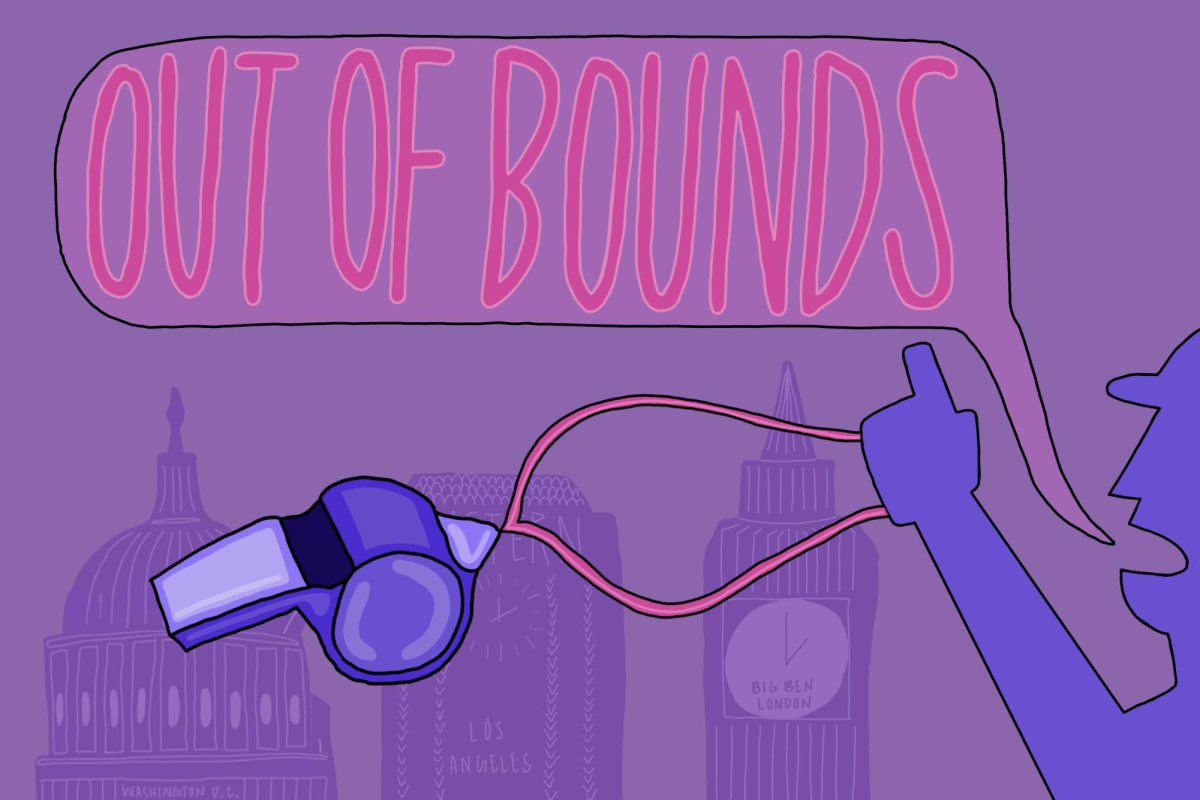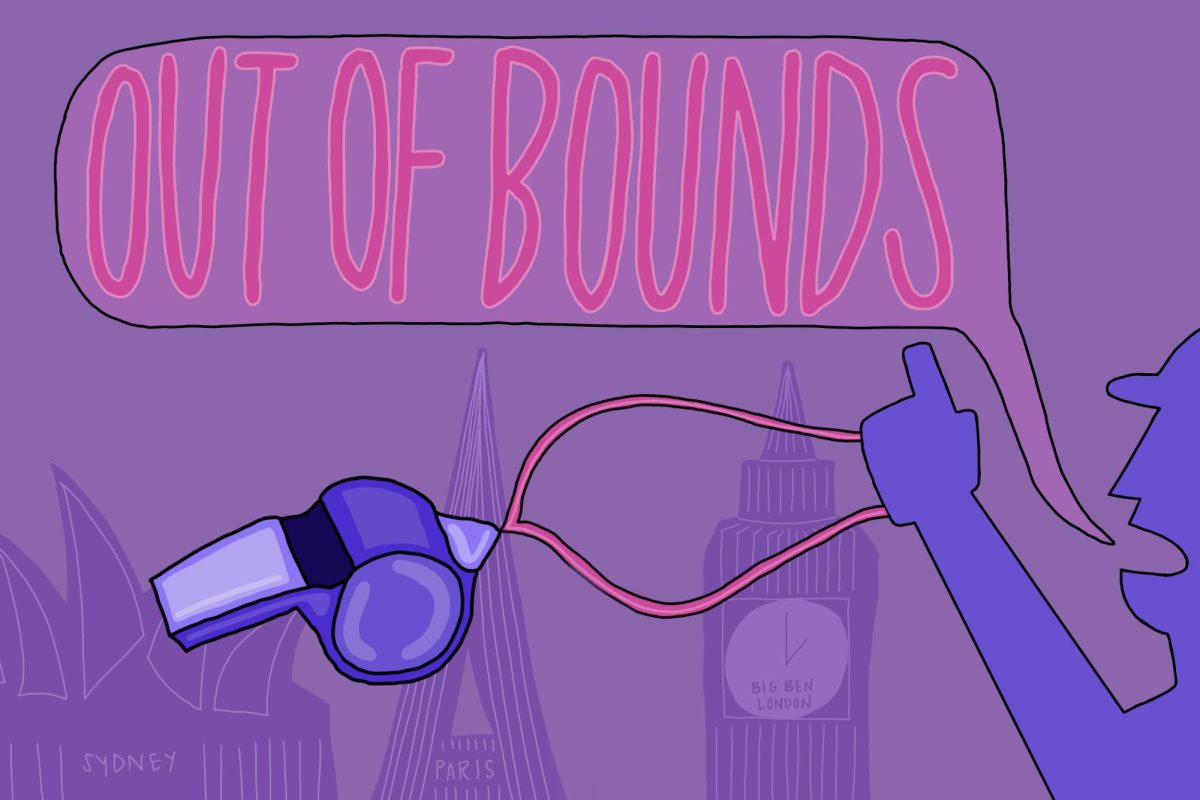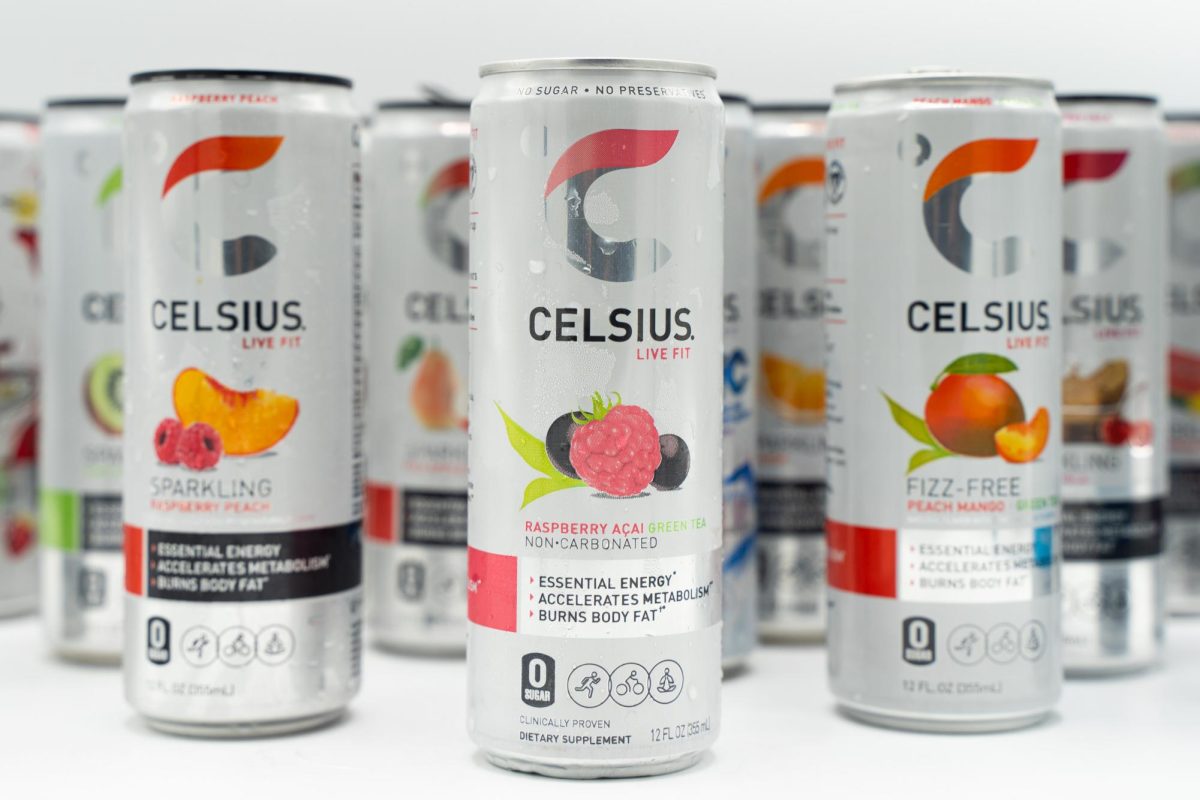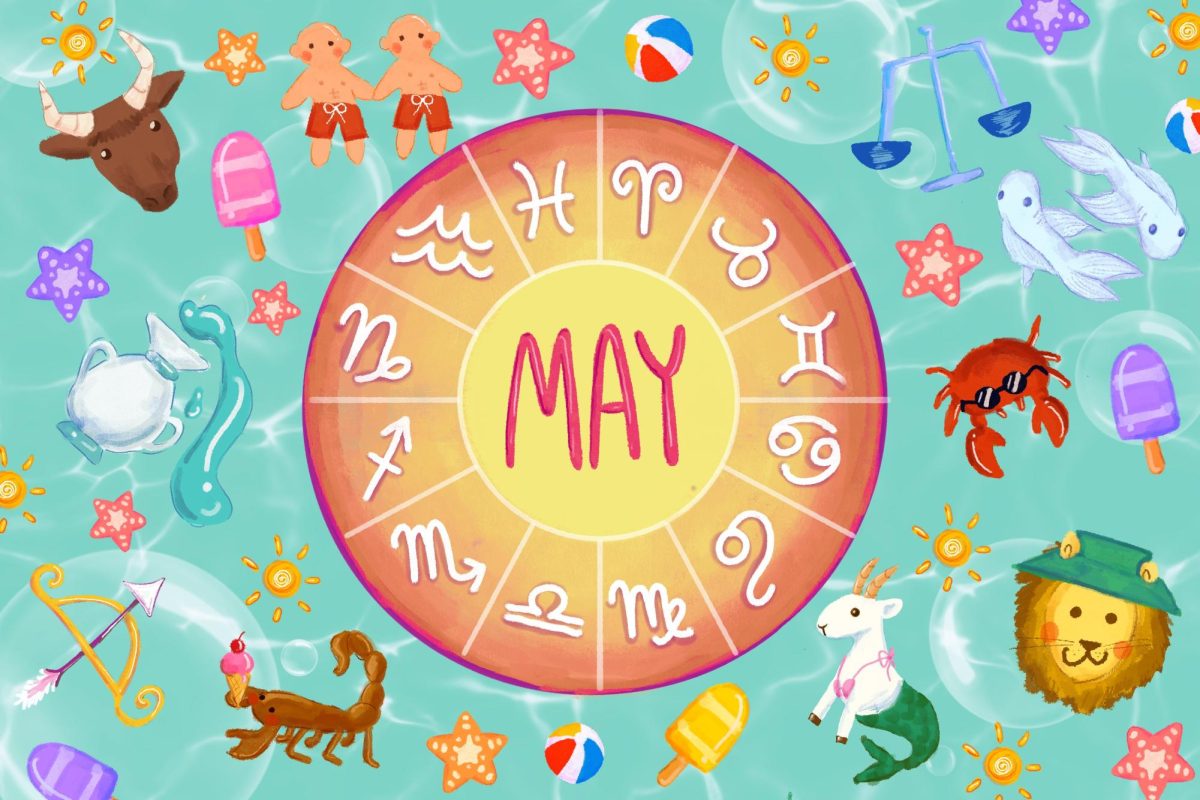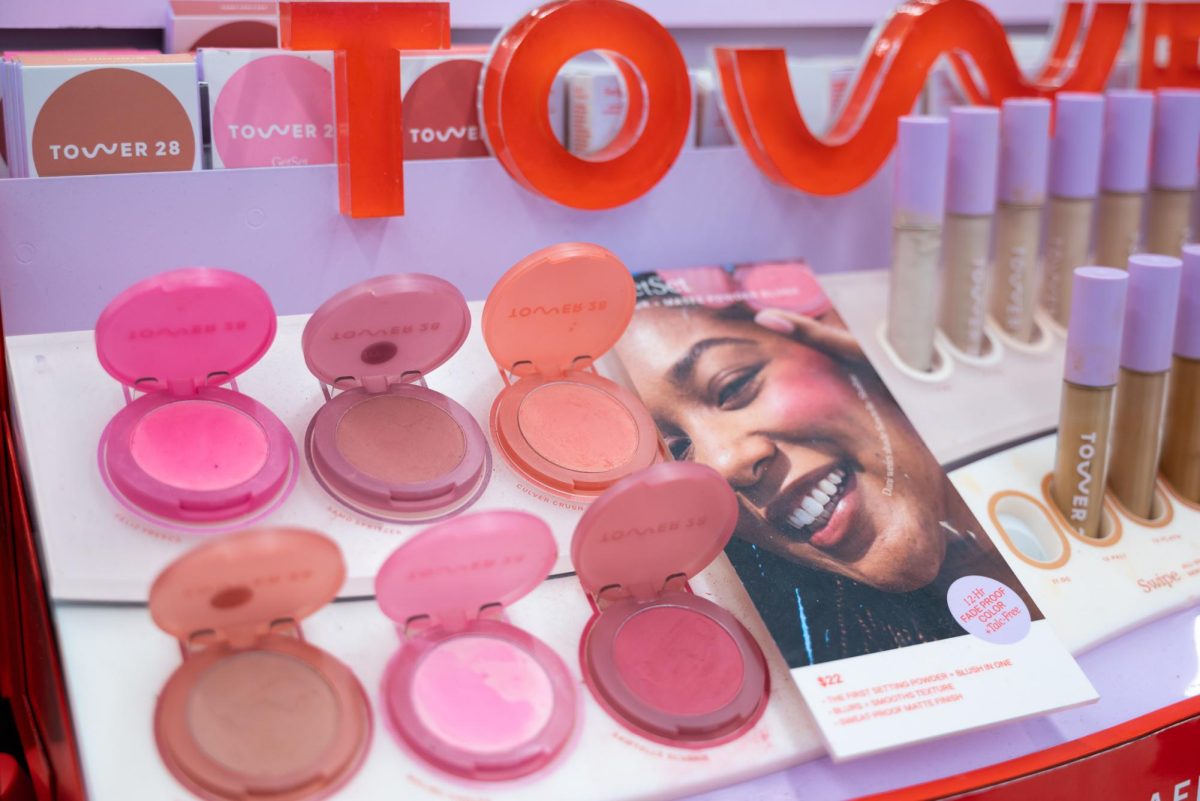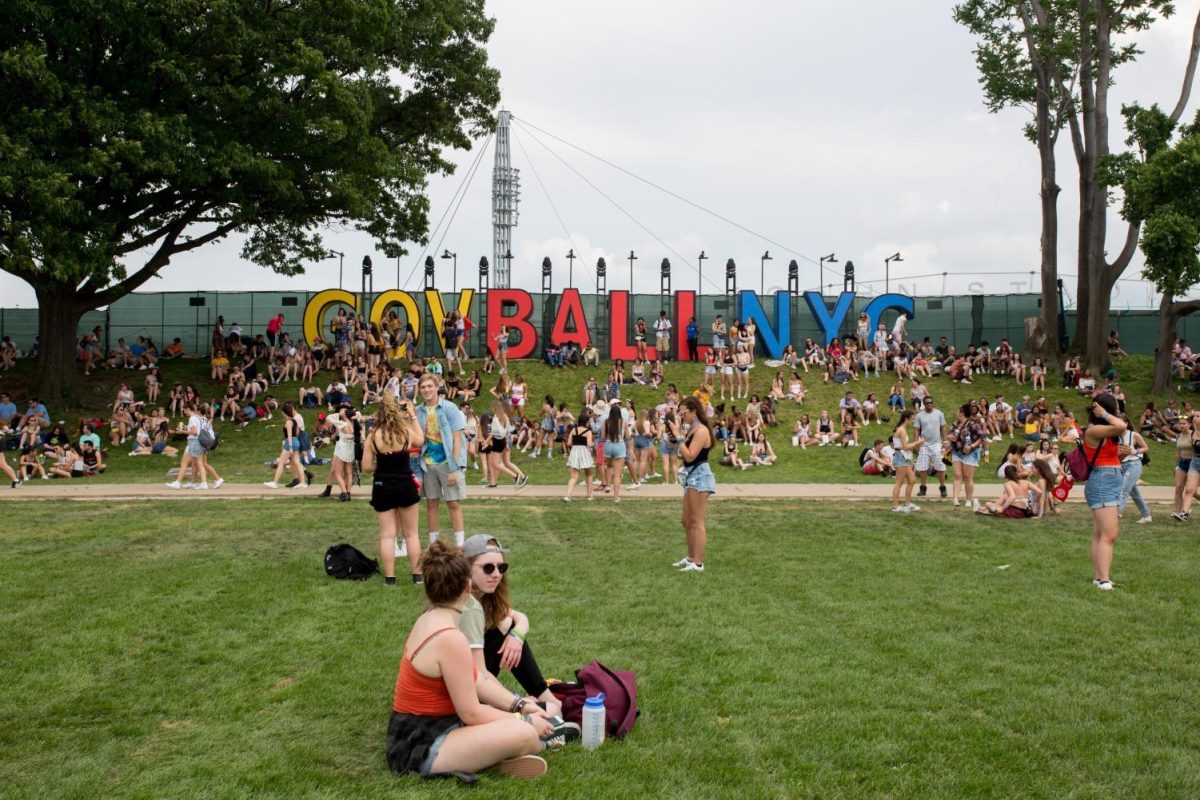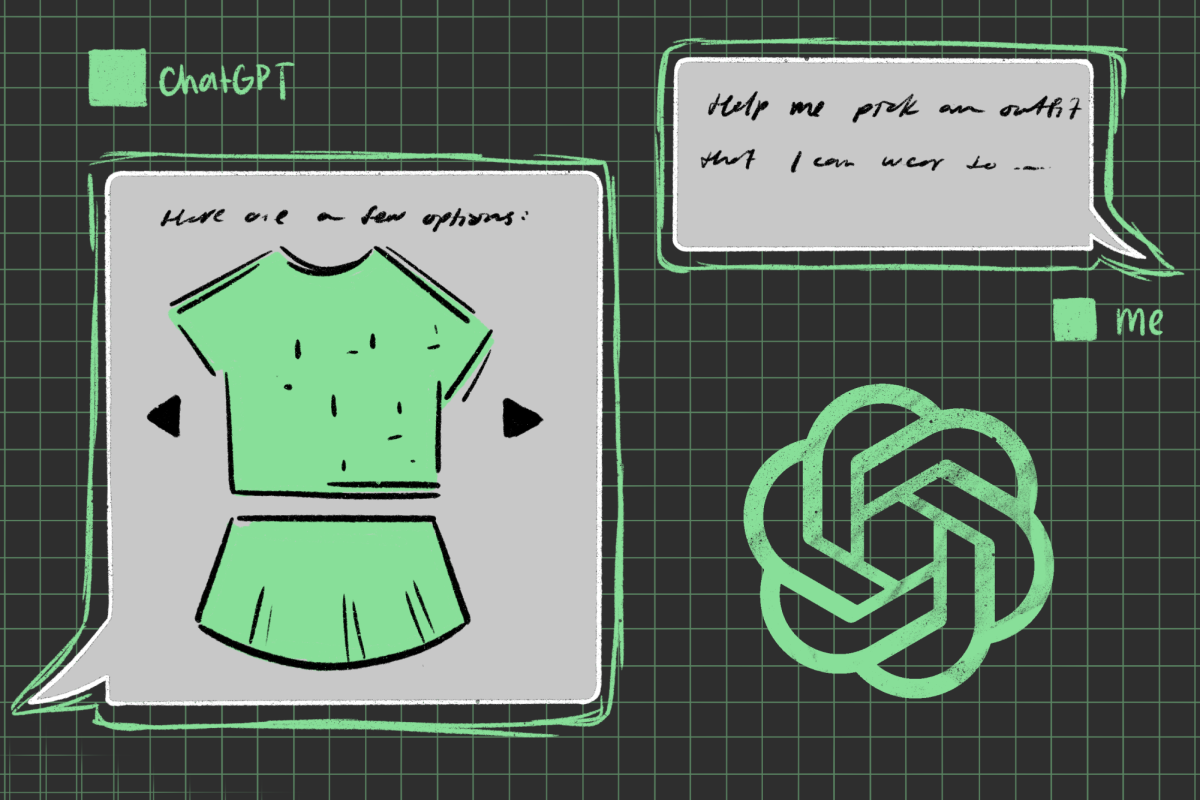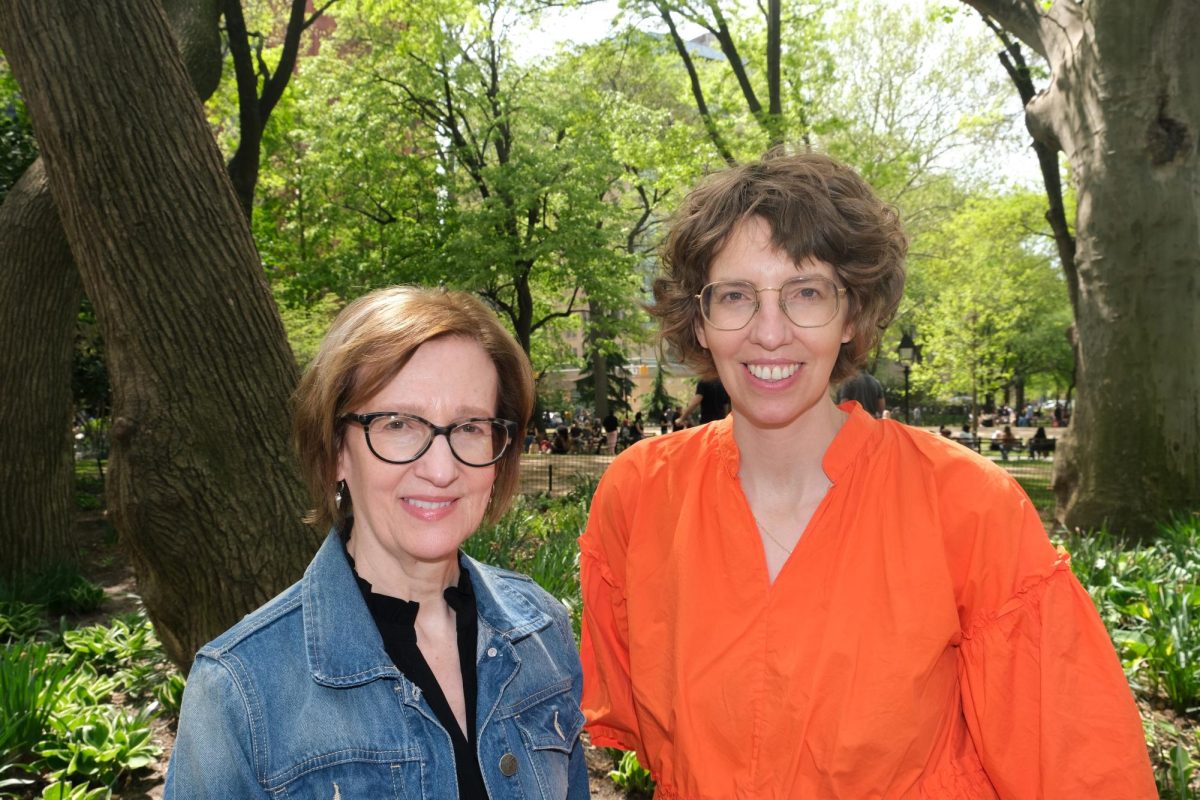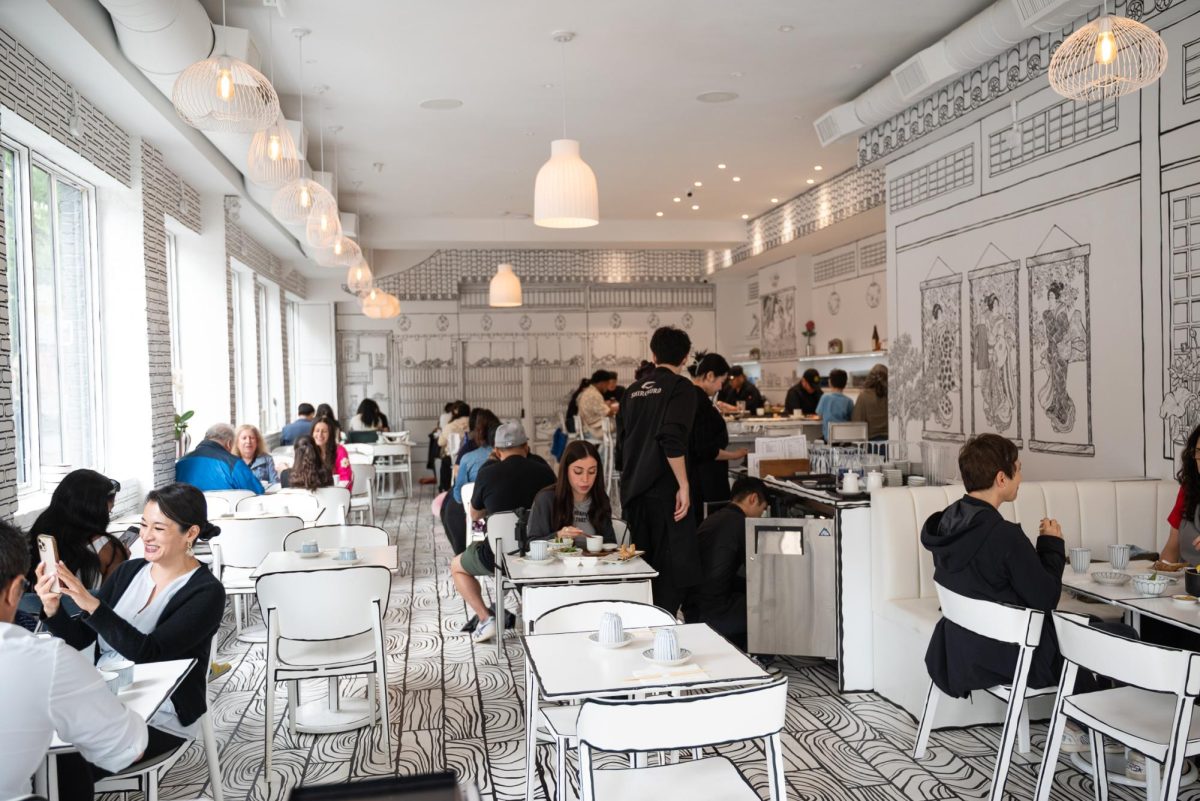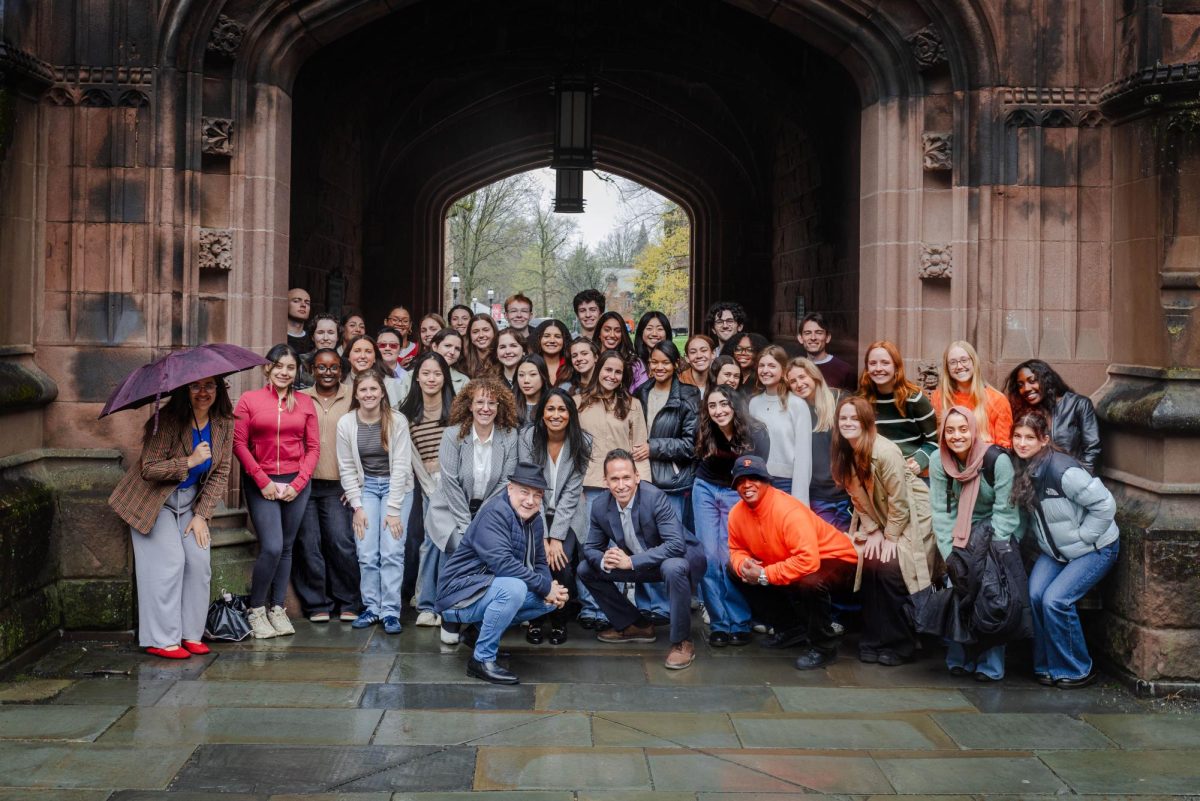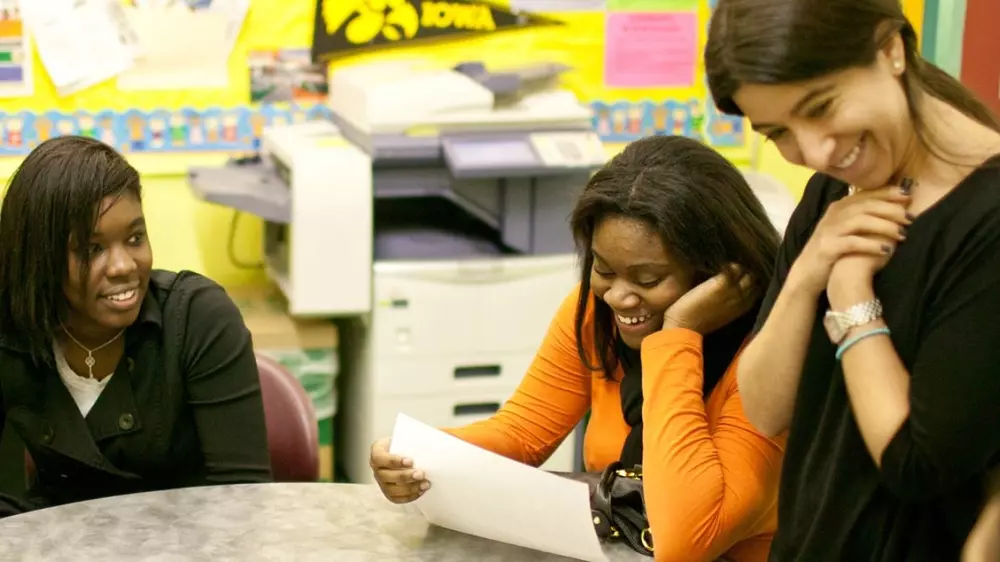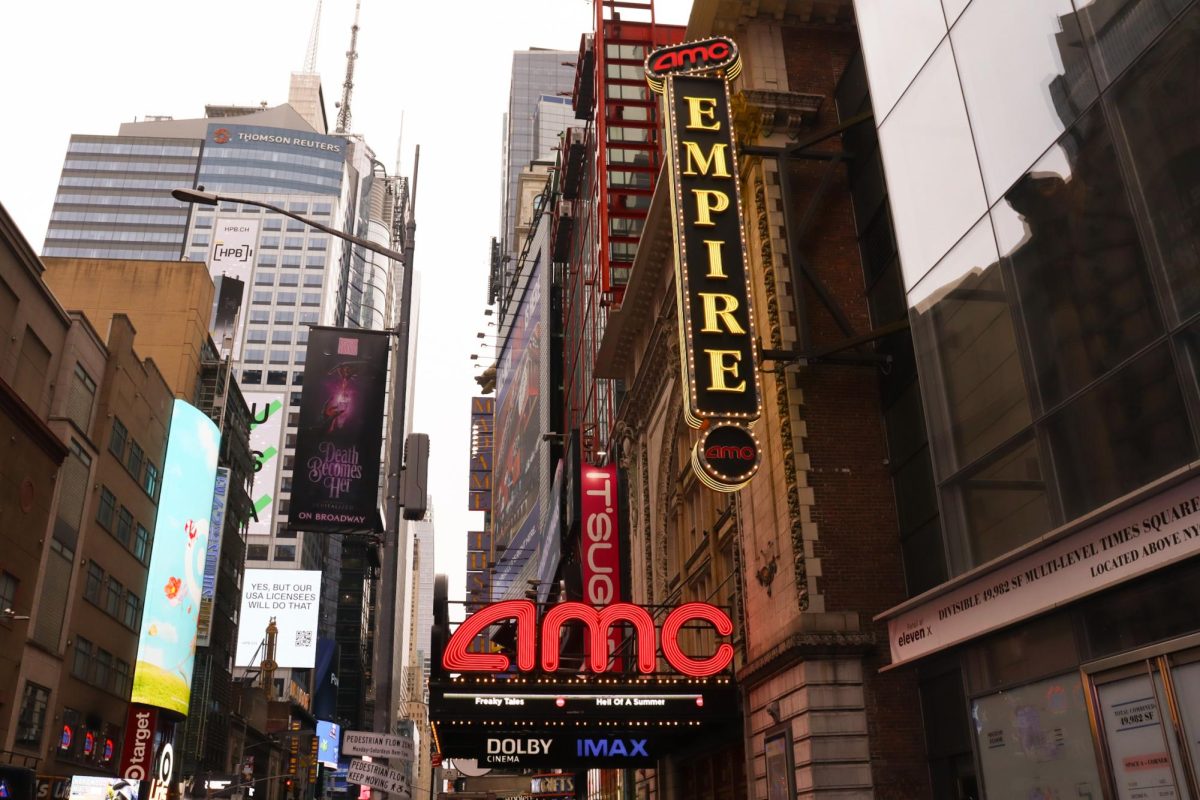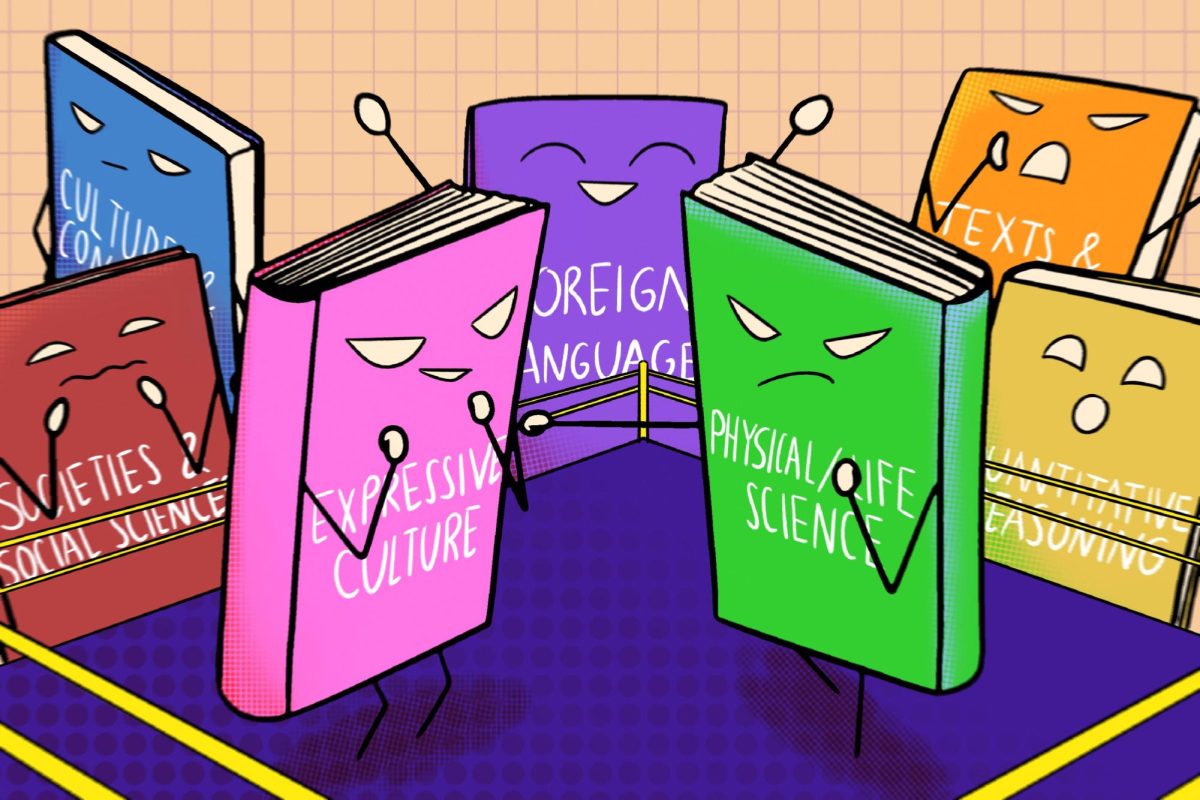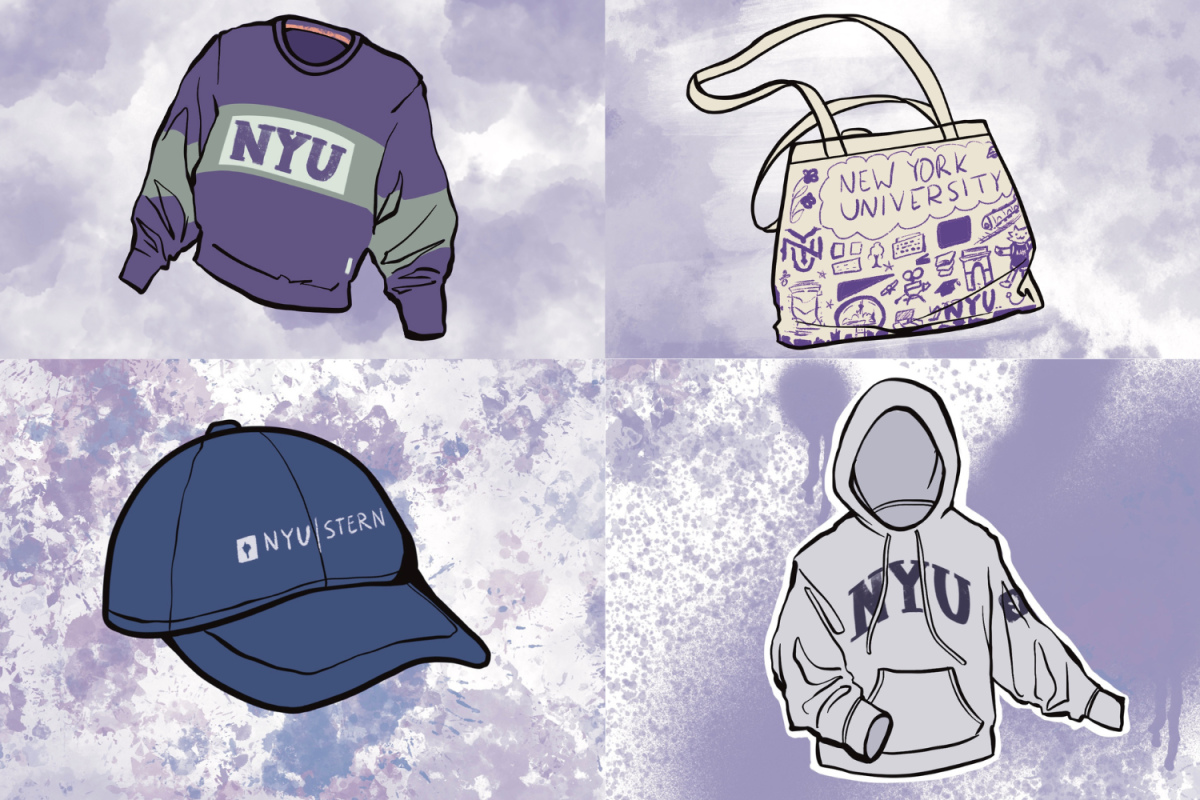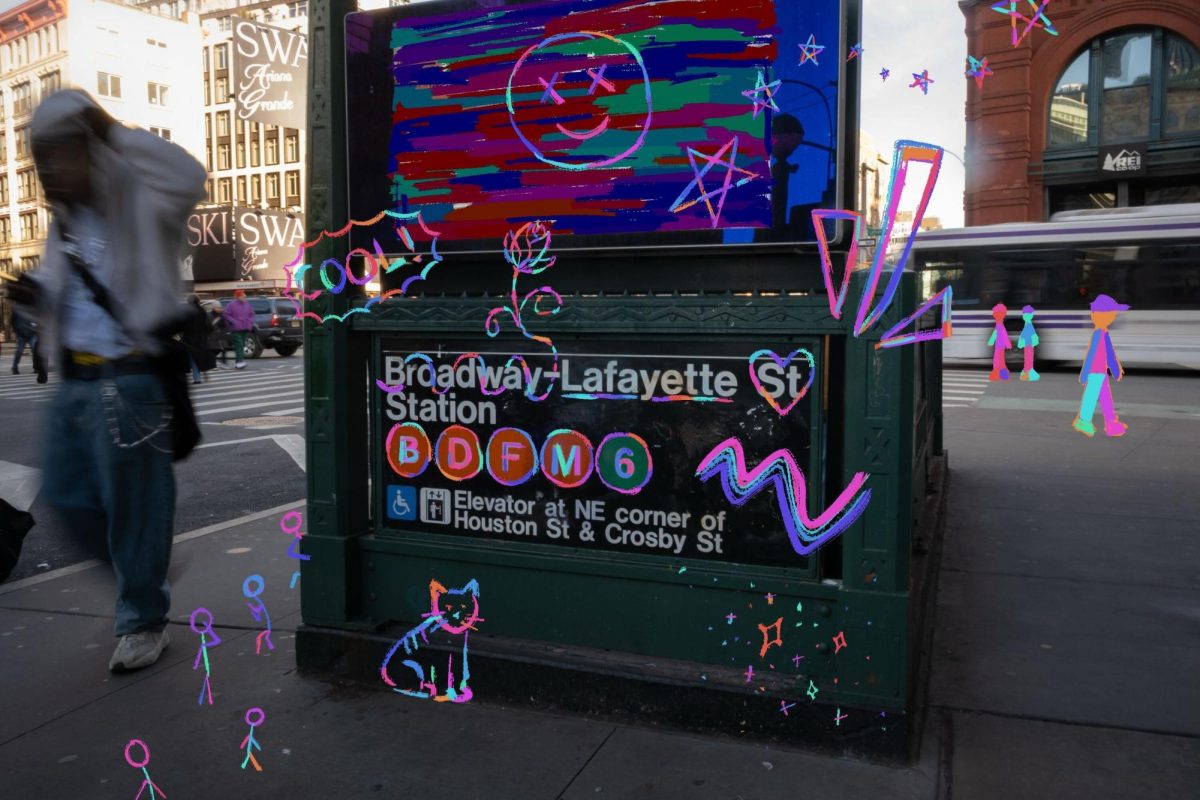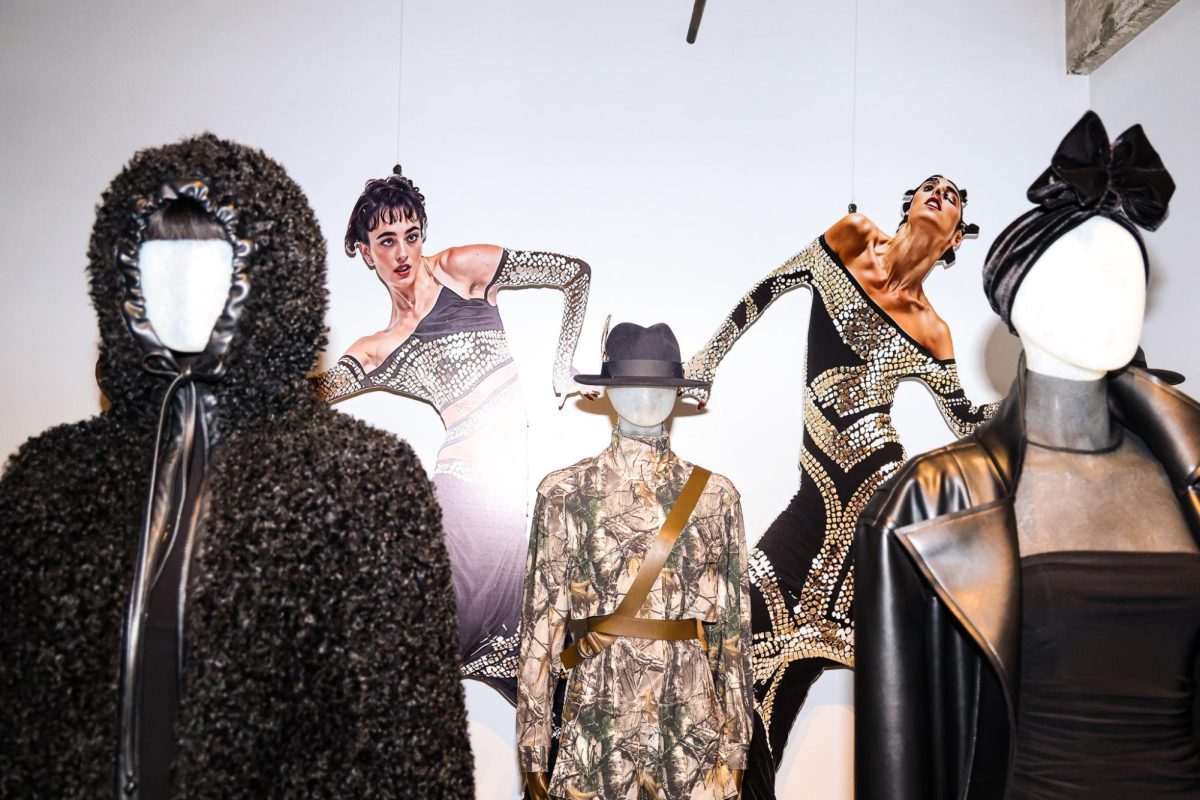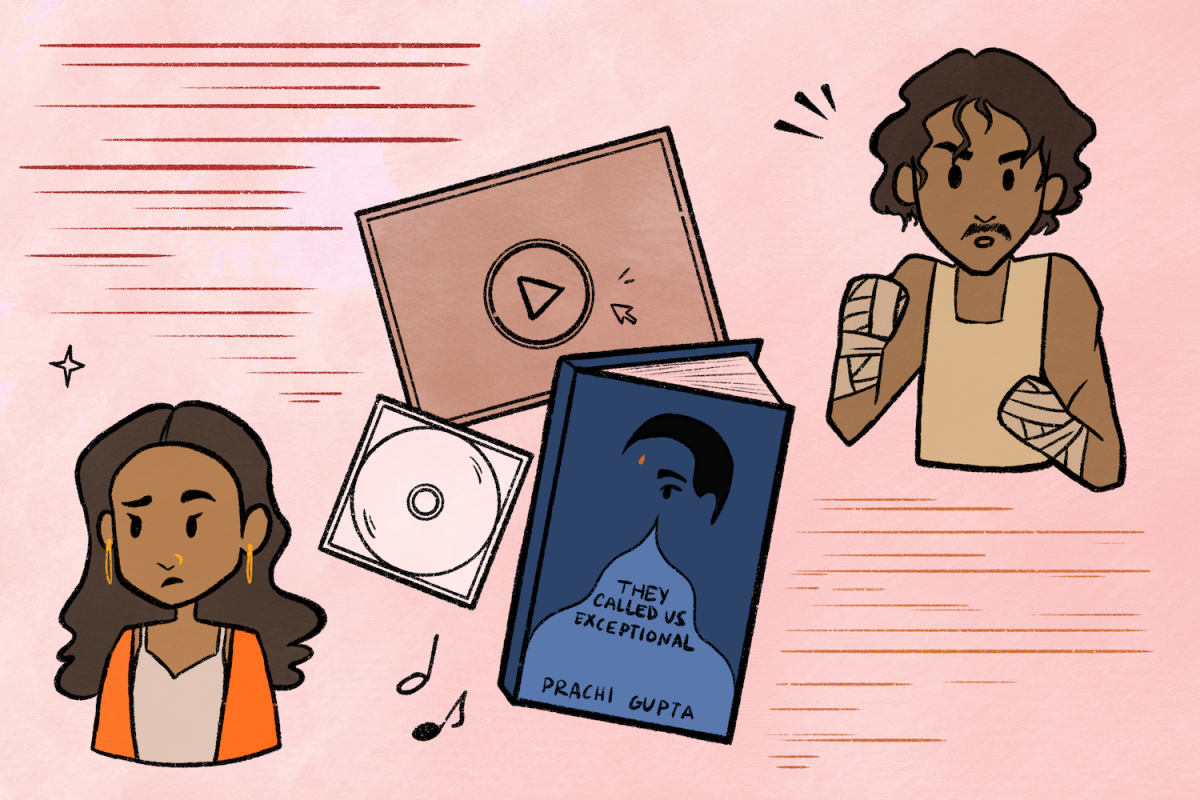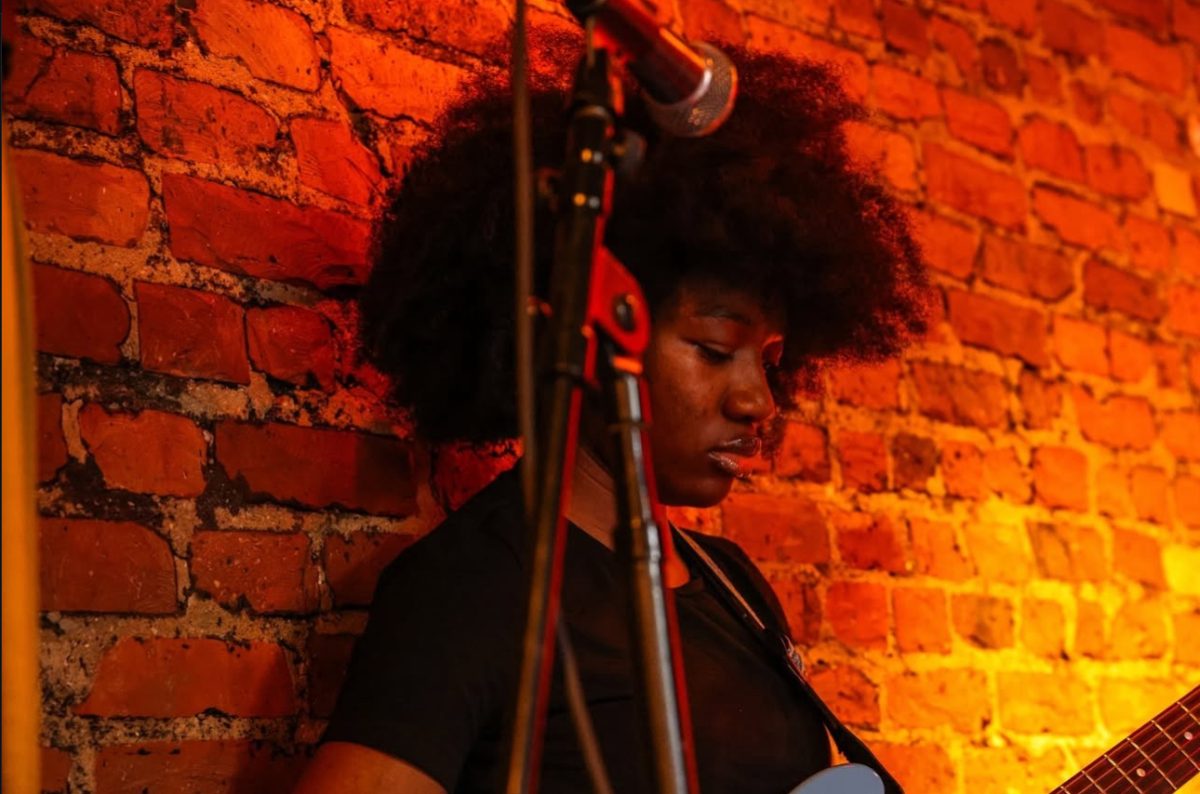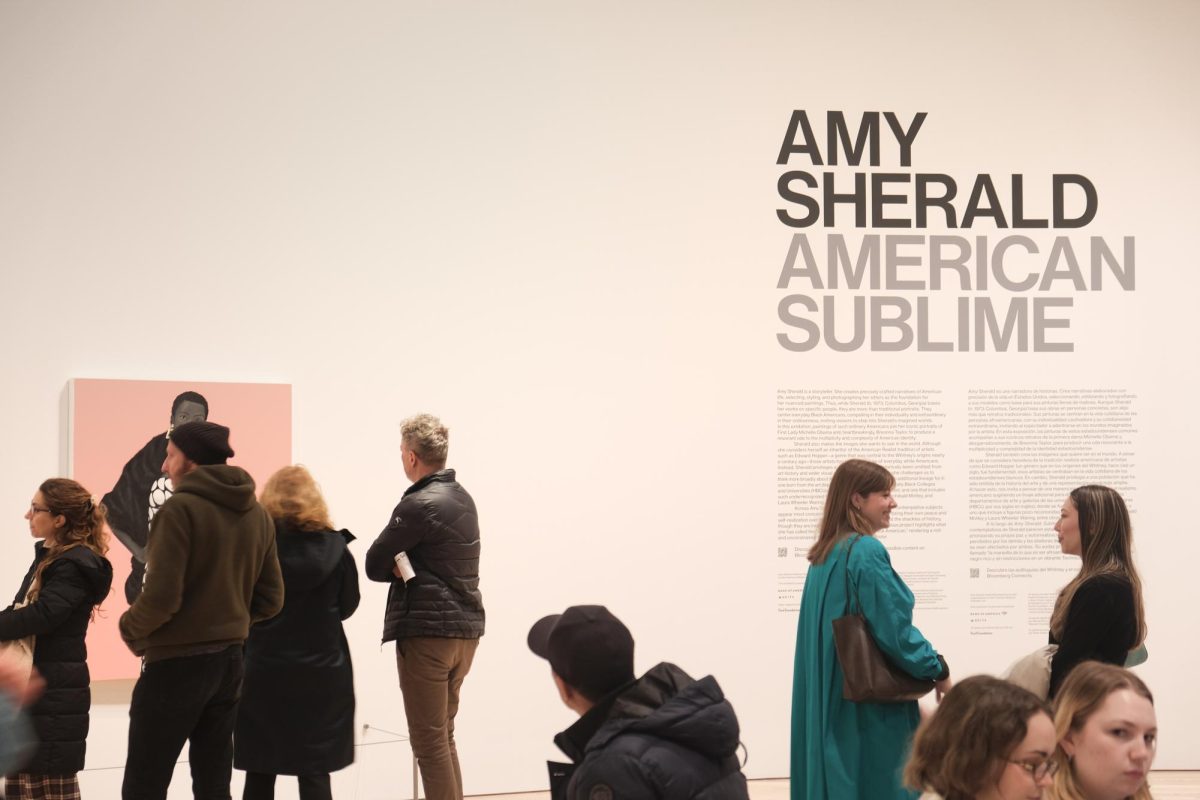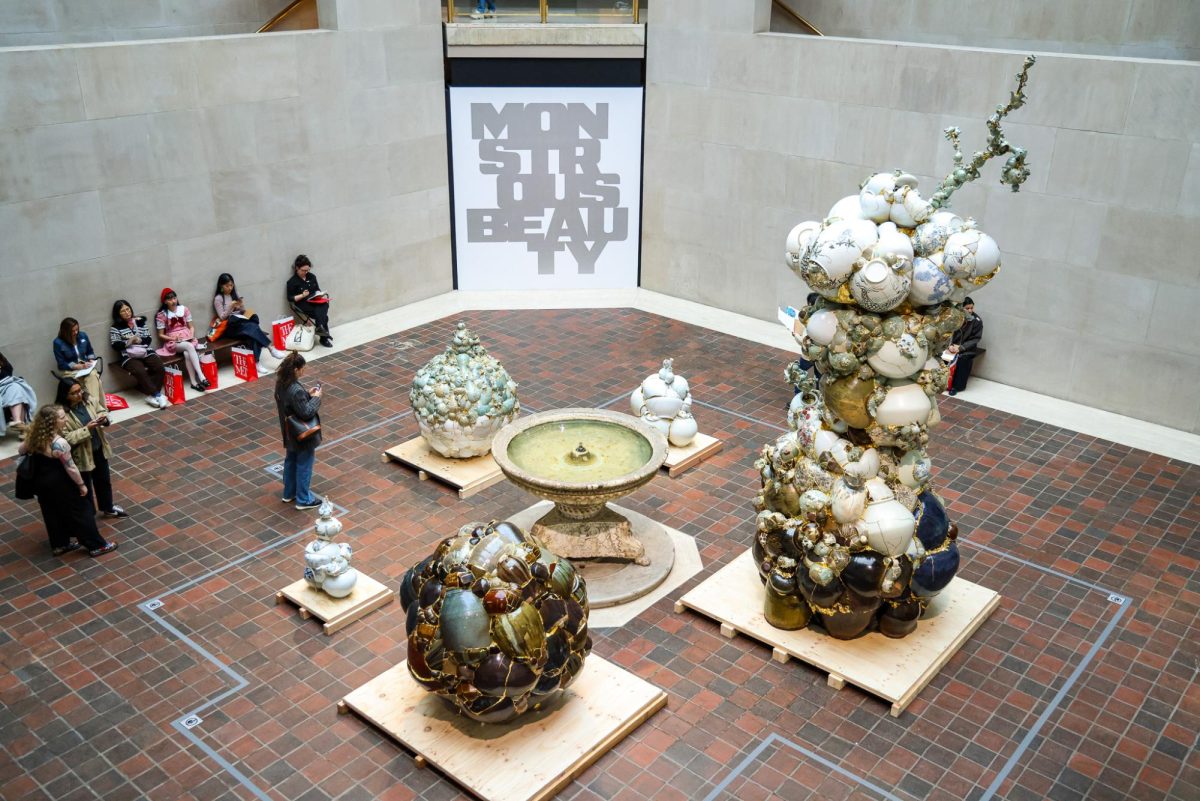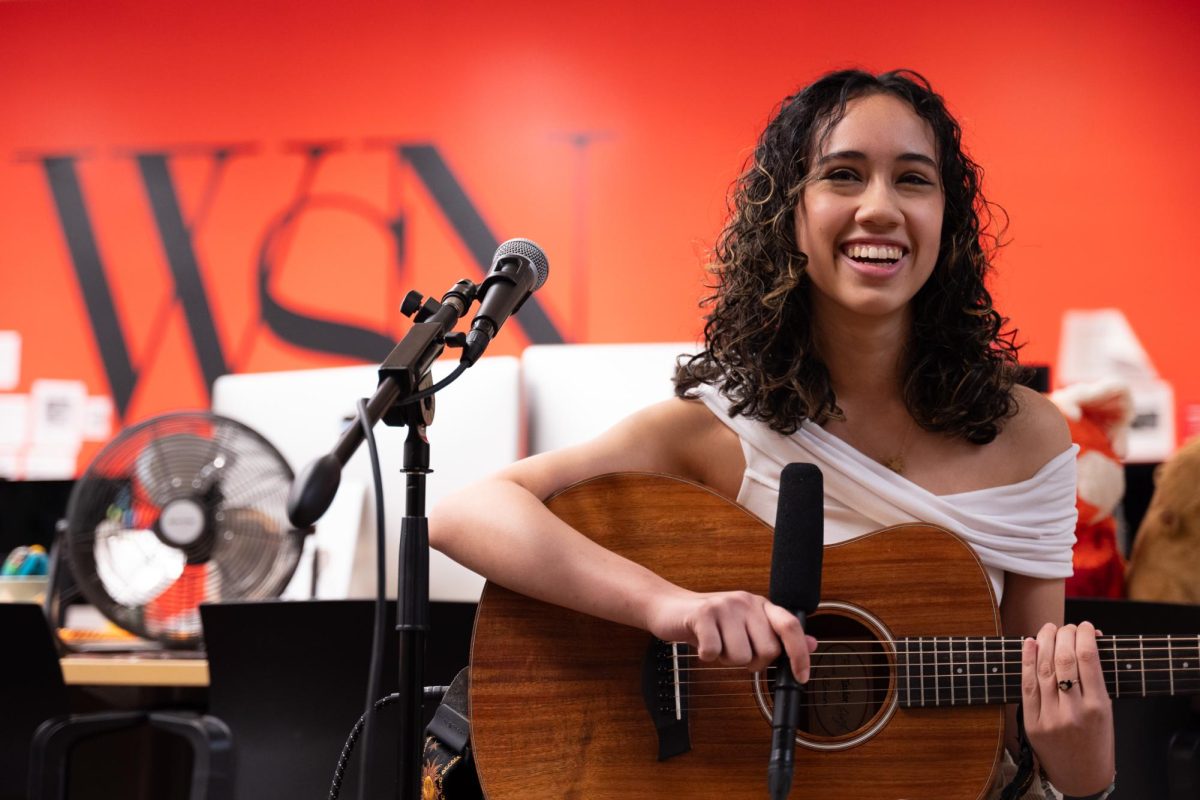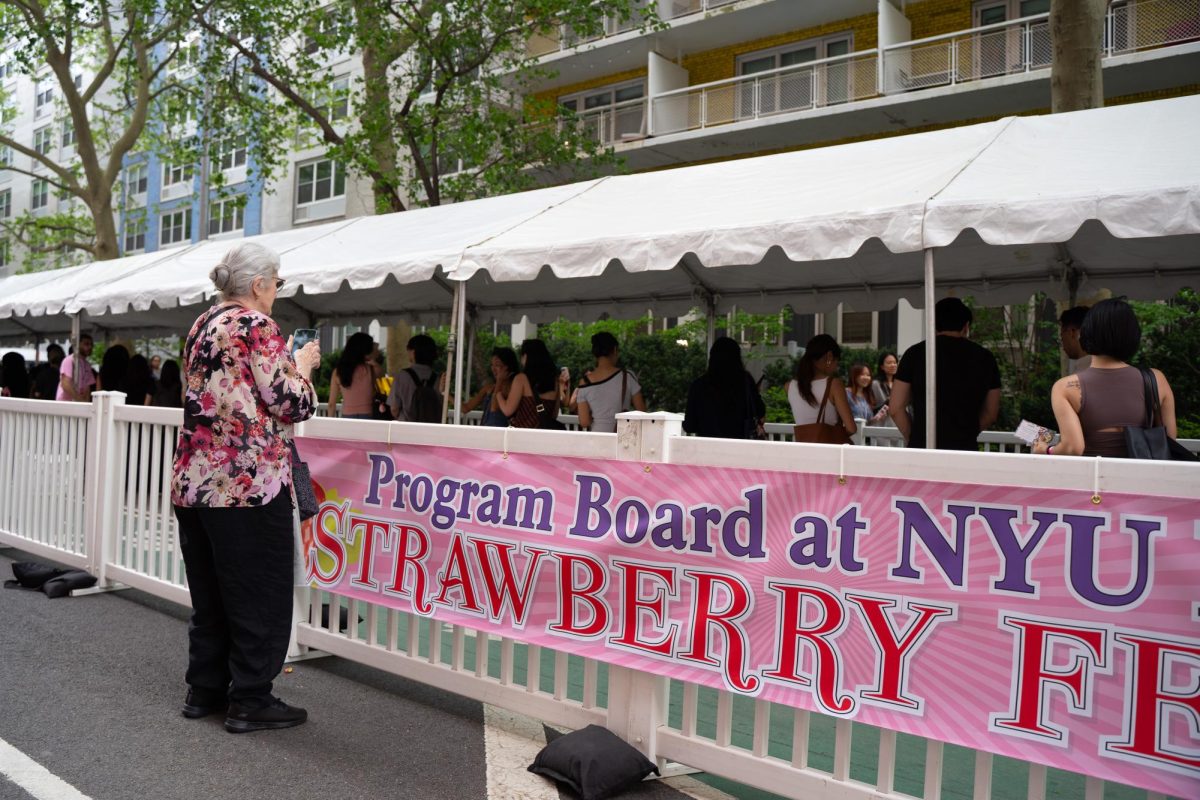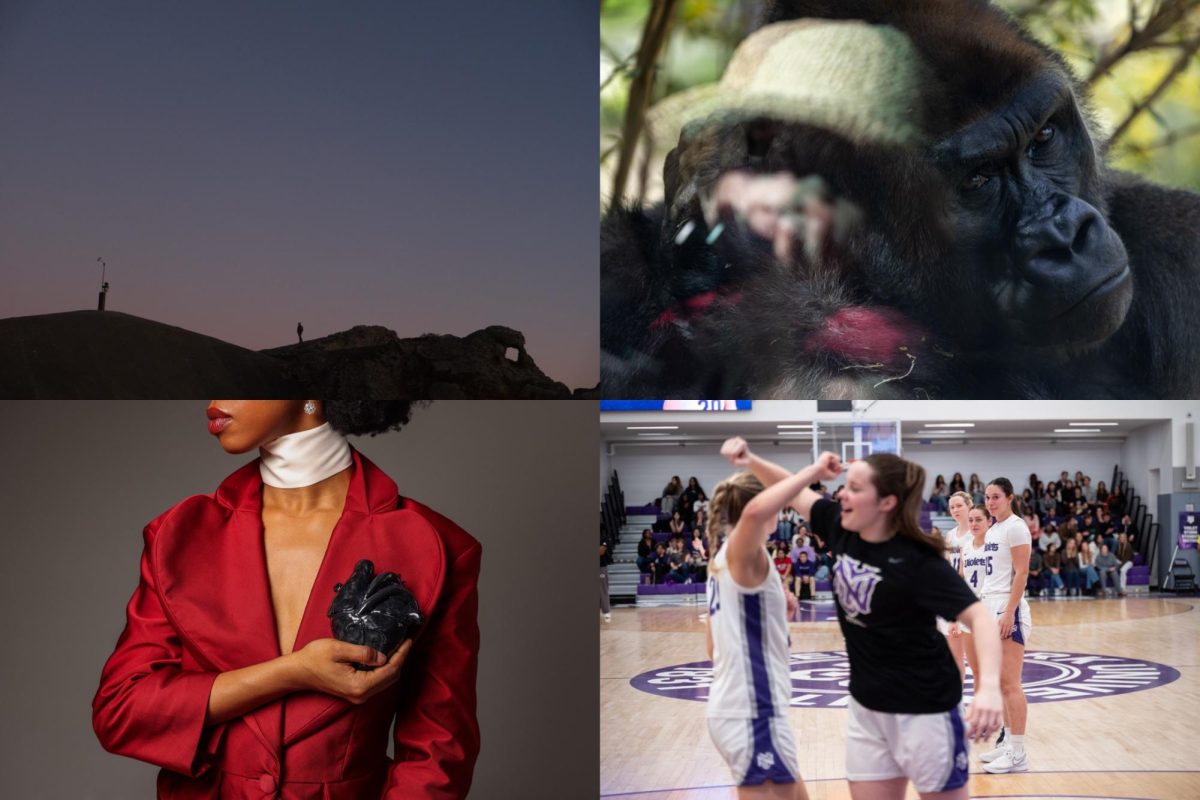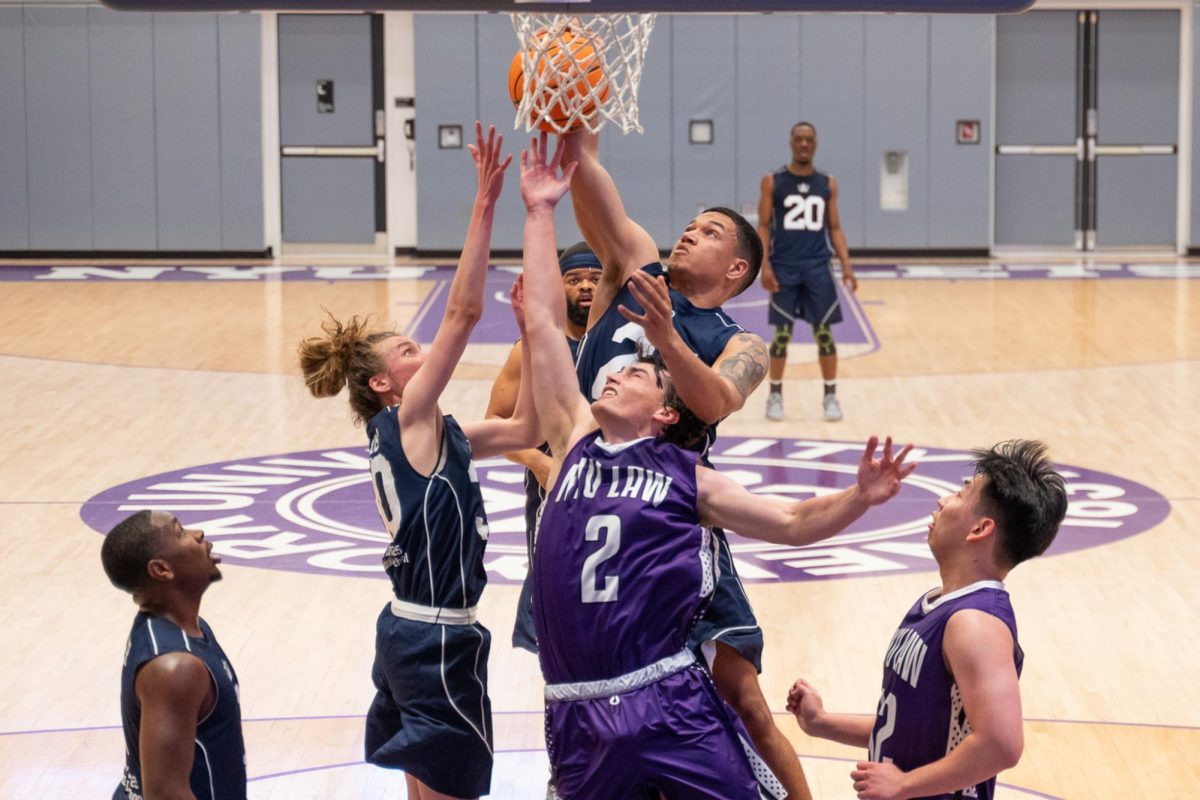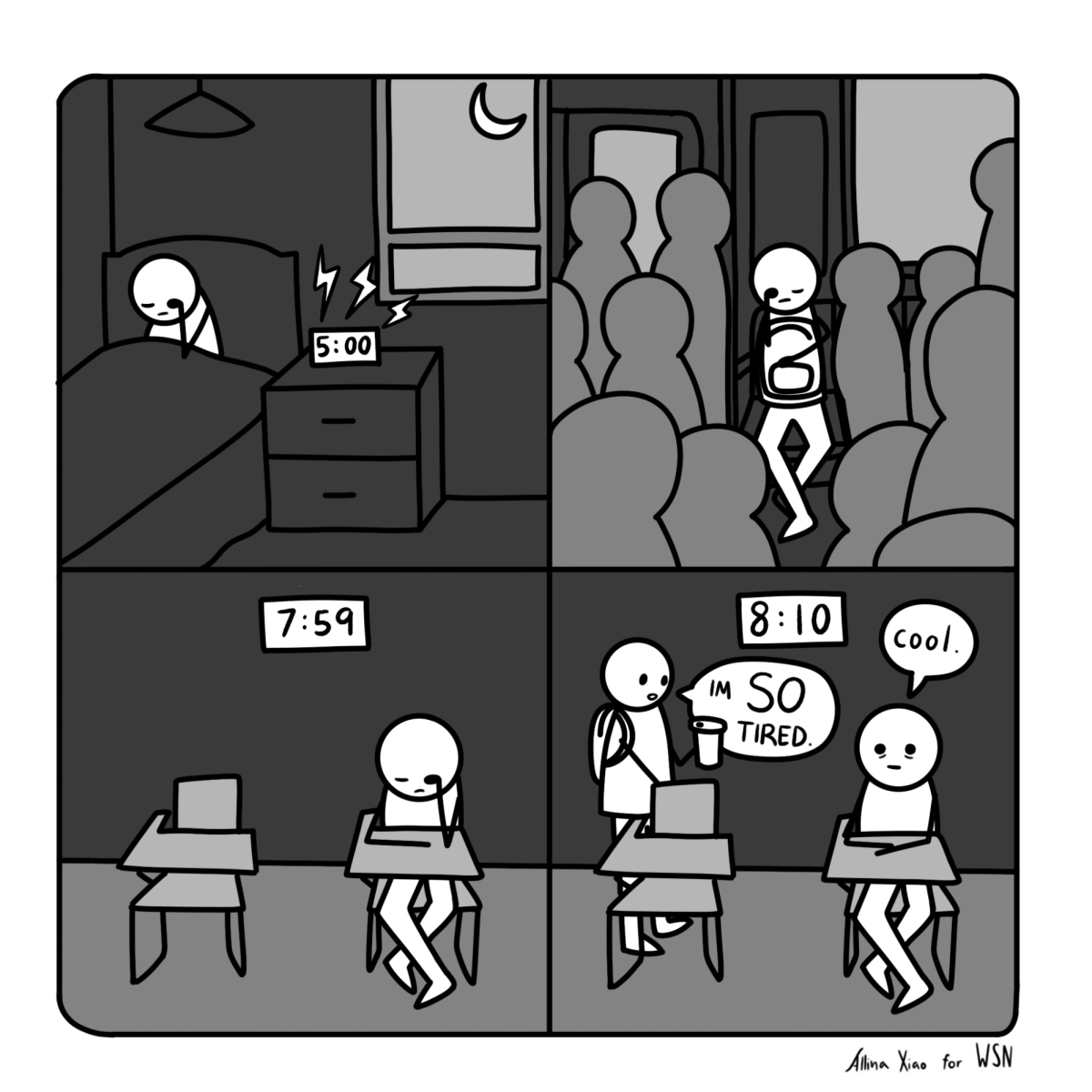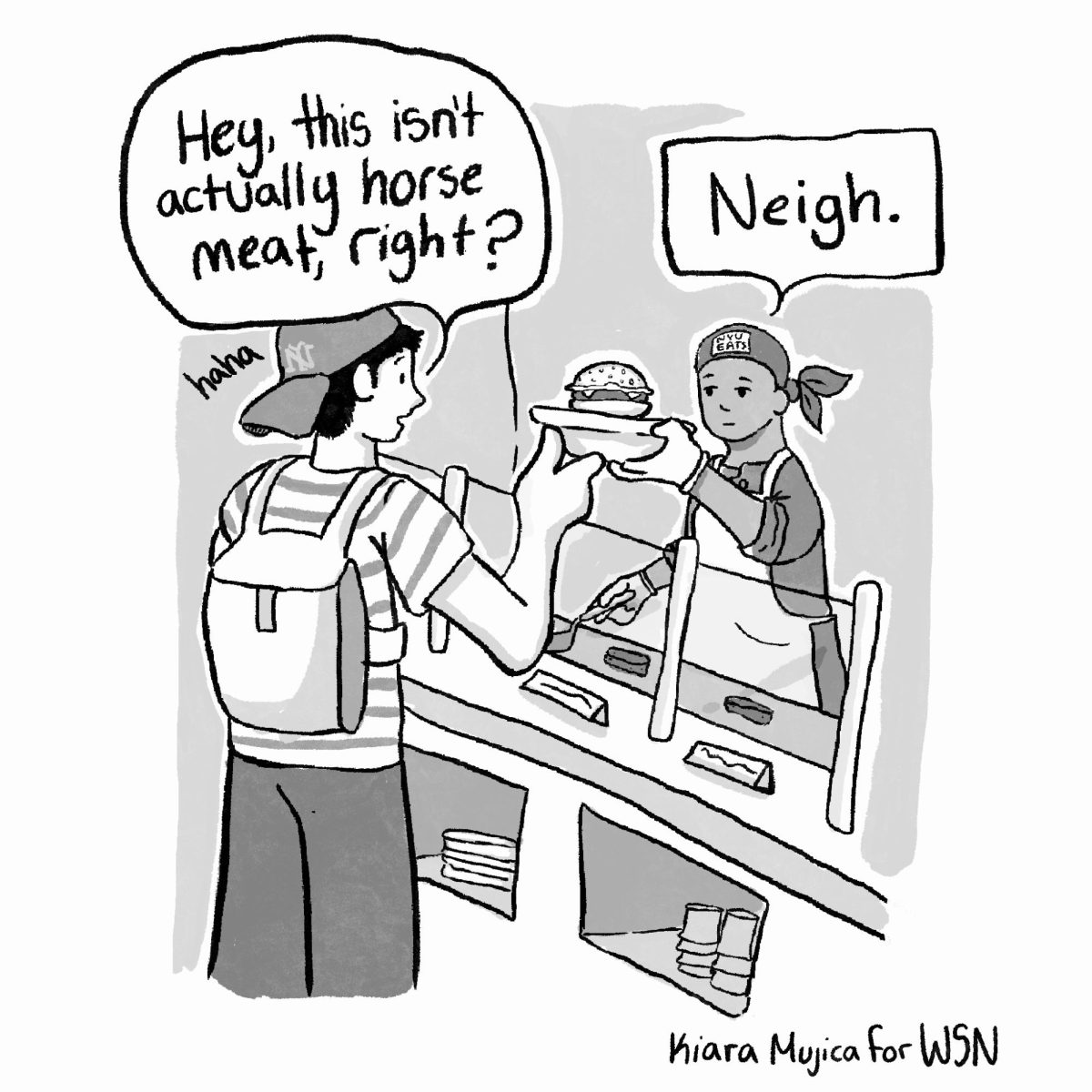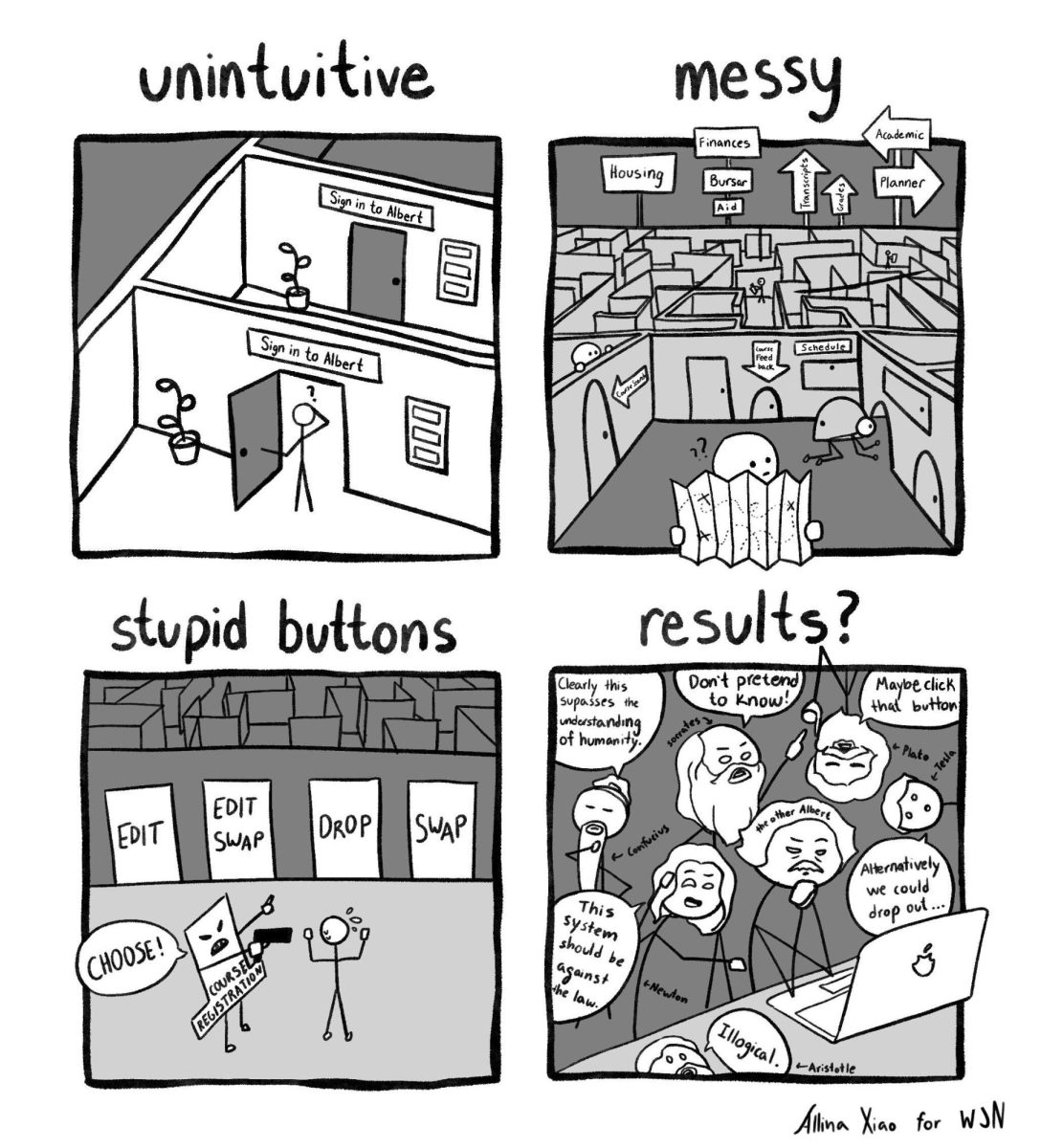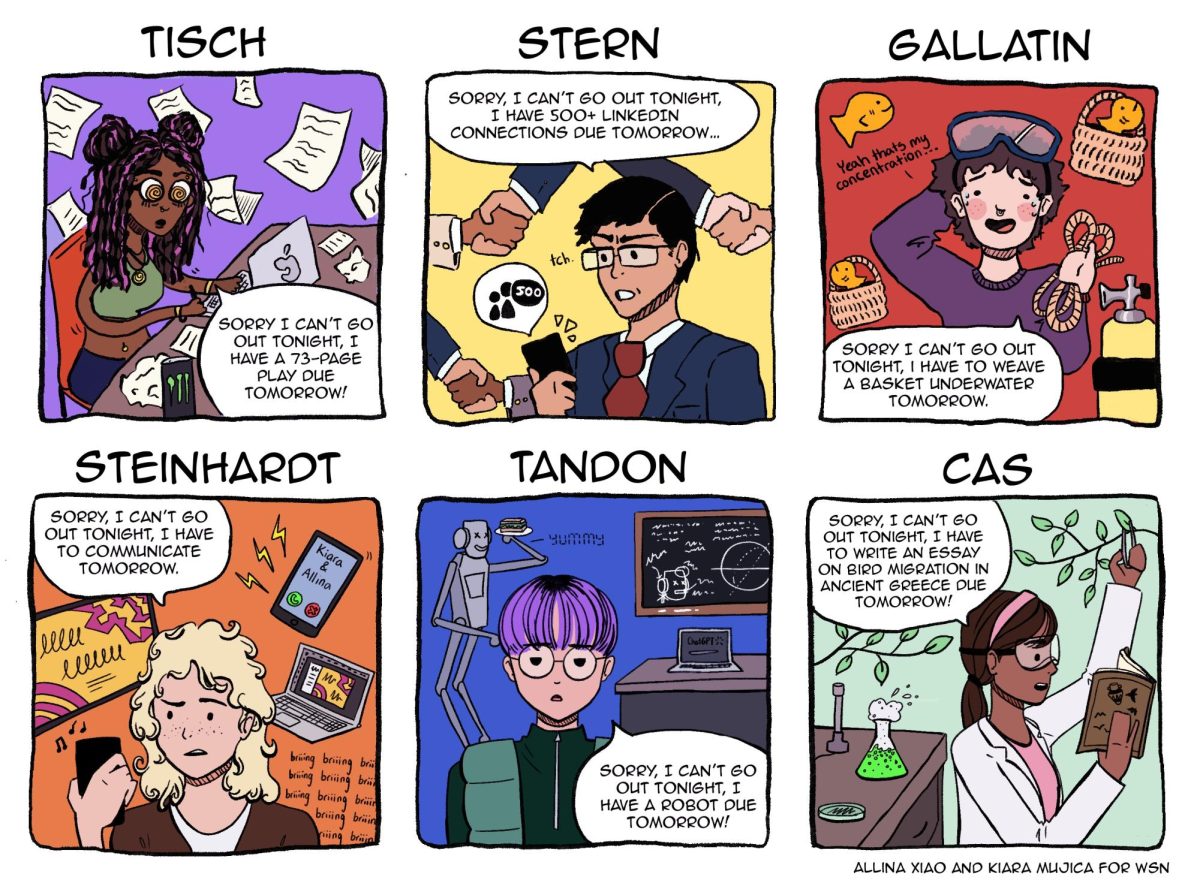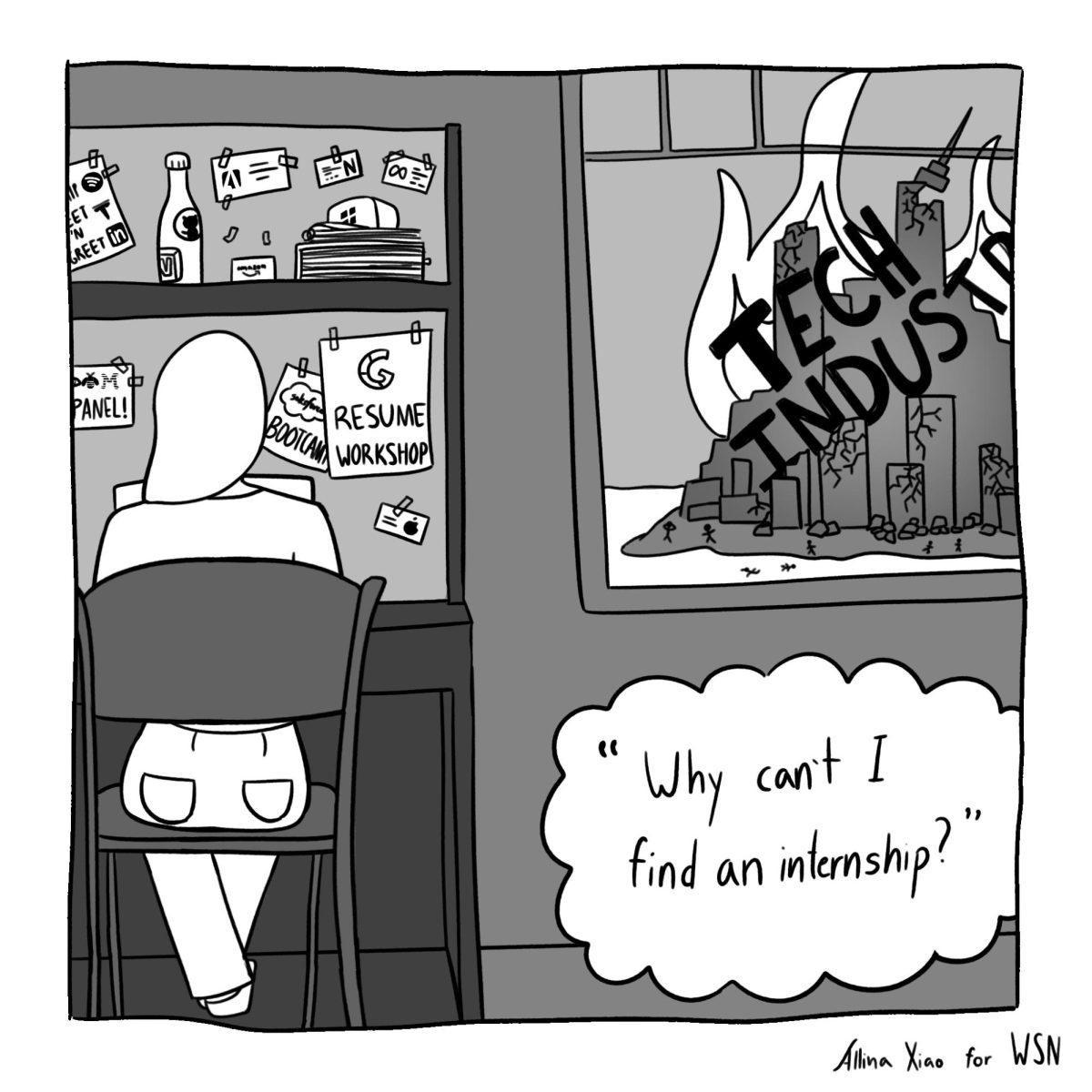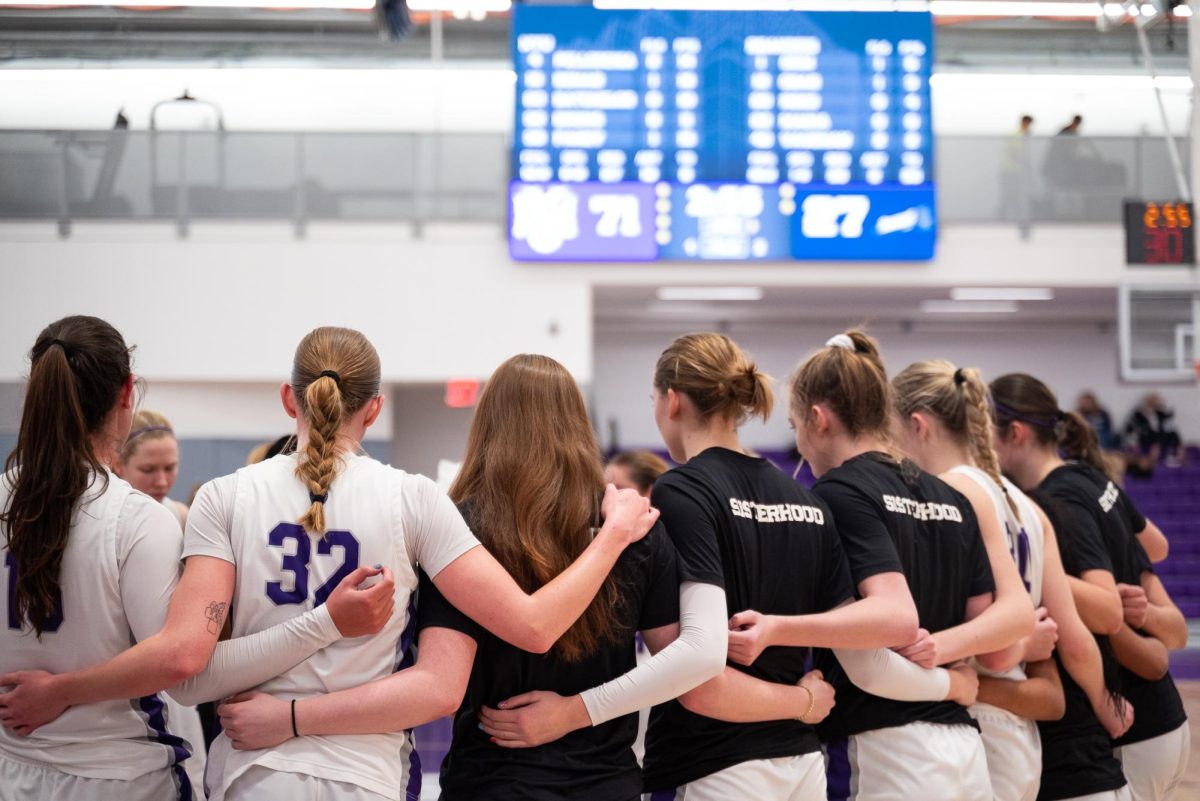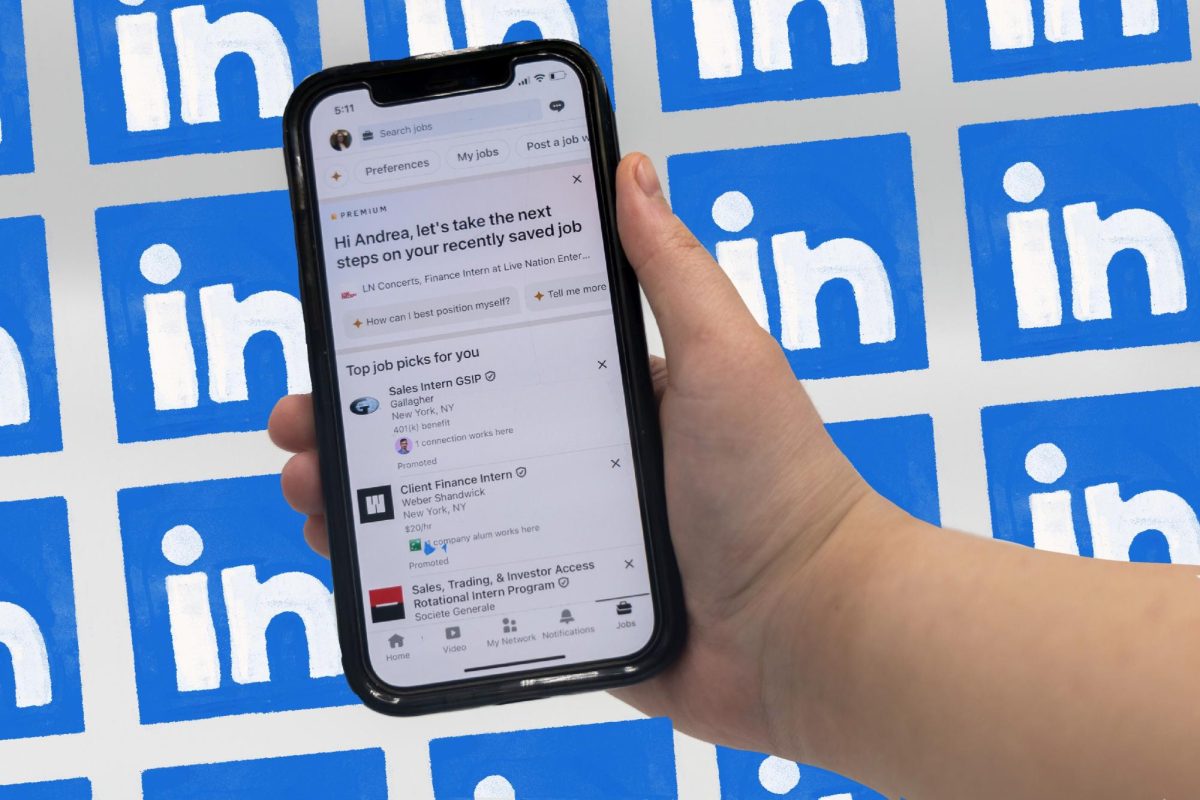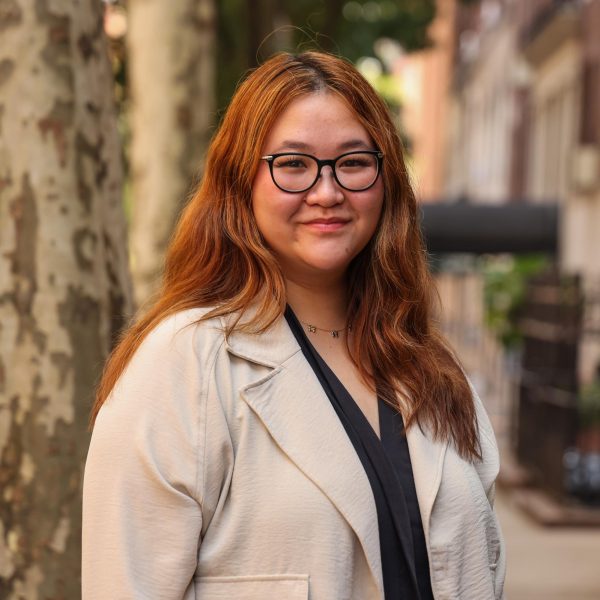As a LinkedIn warrior since the 10th grade, I am no stranger to the all-consuming anxiety of opening up your feed and seeing peers posting about their academic and professional accomplishments. It’s easy to feel like you’re suddenly falling behind when you first join the platform, especially if you’re part of the college-aged demographic where some members of Gen Z have shamelessly become corporate influencers despite barely entering the workforce.
Although some students may argue that LinkedIn has become too oversaturated in its user base to gain any real exposure to employers, Gen Z, ages 18 to 24, surprisingly makes up only 24.5% of all LinkedIn users, with the majority being millennials at 50.6%. Whether it be internships, externships, fellowships, ambassadorships or entry-level jobs that require fresh degrees, college students have the ability to dominate a large segment of the opportunities on LinkedIn which is only available to them — and this even includes a variety of creative gigs, like casting calls for aspiring actors or roles related to media production.
However, it’s still important to recognize that with or without the power of LinkedIn, the U.S. job market has been in an unfortunate slump compared to early and pre-pandemic levels. Despite a low unemployment rate of 4.2% and the creation of 227,000 jobs in November, hiring rates have stooped to a level unprecedented since the U.S. emerged from the 2008 financial crisis according to the Bureau of Labor Statistics.
In a time when jobs are a dime a dozen, remember to give yourself some grace and make the most of what you can control. While LinkedIn won’t get you a job overnight, there are several strategies you can implement to optimize your reach with recruiters, industry professionals and other like-minded individuals. Even if you’re a long-time LinkedIn user, here are some pointers you may not already know that could make all the difference.
Polishing your profile
Let’s get one thing straight — a good profile photo is non-negotiable. Merely having a profile photo makes your page 21 times more likely to be viewed and nine times more likely to receive connection requests. Ditch the old high school graduation headshot if you haven’t already, and take the time to visit the Wasserman Center for Career Development’s headshot photo booth or ask a photographer friend of yours to take a few shots in proper business attire.
Next, be thorough with the basic sections in your profile, such as “About,” “Experience” and “Education.” Try not to burden these sections with walls of text in the descriptions — nobody wants to read your autobiography. Instead, focus on specificity — rather than listing intern at some company as one of your experiences, state the exact name of the team you worked with as well. Instead of saying “I’m open to new opportunities” in your summary, state the exact industries you’re interested in and leave an email address as a primary point of contact.
Other sections like “Licenses & certifications,” “Volunteering,” “Skills” and “Honors & awards” are also helpful in differentiating yourself from other users. But of all the features to makeover, pay attention to the headline beneath your name. Your headline is heavily indexed in LinkedIn’s search engine and external ones like Google, so don’t be afraid to include keywords most relevant to your industry. Personally, I chose to describe myself as a “Finance + Computing & Data Science @ NYU Stern School of Business” instead of just “Student.”
Connecting and networking
Believe it or not, 500+ connections isn’t the end all be all. The quality of connections matters more than the quantity, including the diversity of industries and seniority in companies. Both factors are crucial for engagement with your profile so that you can become noticed by employers outside your usual professional circle and by employees whose referrals carry more weight in the hiring process. A small, well-curated network where each connection truly knows you or can add real value to your goals is better than a network of a thousand strangers.
“Be mindful that LinkedIn is a public place,” Stern professor Anika Sharma said in an interview with WSN. “It is out there. Whether you like it or not, people will judge you, so be your authentic self. Don’t worry about how many people like your posts or how many followers you have. Stay true to making your profile the way you would like to come across to the world.”
As you build your network, it’s also important to be ambitious and reach out through email. While 87% of recruiters regularly use LinkedIn to source and vet job candidates, this doesn’t mean employers are quick to reply to your LinkedIn messages — that is if they check at all. Especially in fields related to business and technology, professionals virtually live in their inboxes and don’t always have time to open LinkedIn.
Posting
If you don’t have these two things on your LinkedIn post, it’s not a perfect post: images and hashtags. No matter how many connections you have, posts with images attached receive 98% more comments than those without, which is essential for more users to discover your profile. Likes, hearts, comments, reposts –– whatever they may be, interactions on your posts are key to attracting the kinds of people you want to meet, which can open more doors for you.
While consistent posting positively correlates with profile growth, students should still be precise with the content they’re putting out there. Want to post about your promotion to president of your school club? Great! The article you published with a renowned magazine? Great! The internship of your dreams you just landed? Great! Don’t hold back when letting others know about your newfound knowledge and milestones, but don’t spam everyone’s feed as it might flatten your performance algorithm post by post.
“Think of LinkedIn as your digital home, as your living resume that is constantly updated and informed by what you share, what you write and the updates you keep making to your profile,” Sharma said.
Contact Andrea Lui at [email protected].






